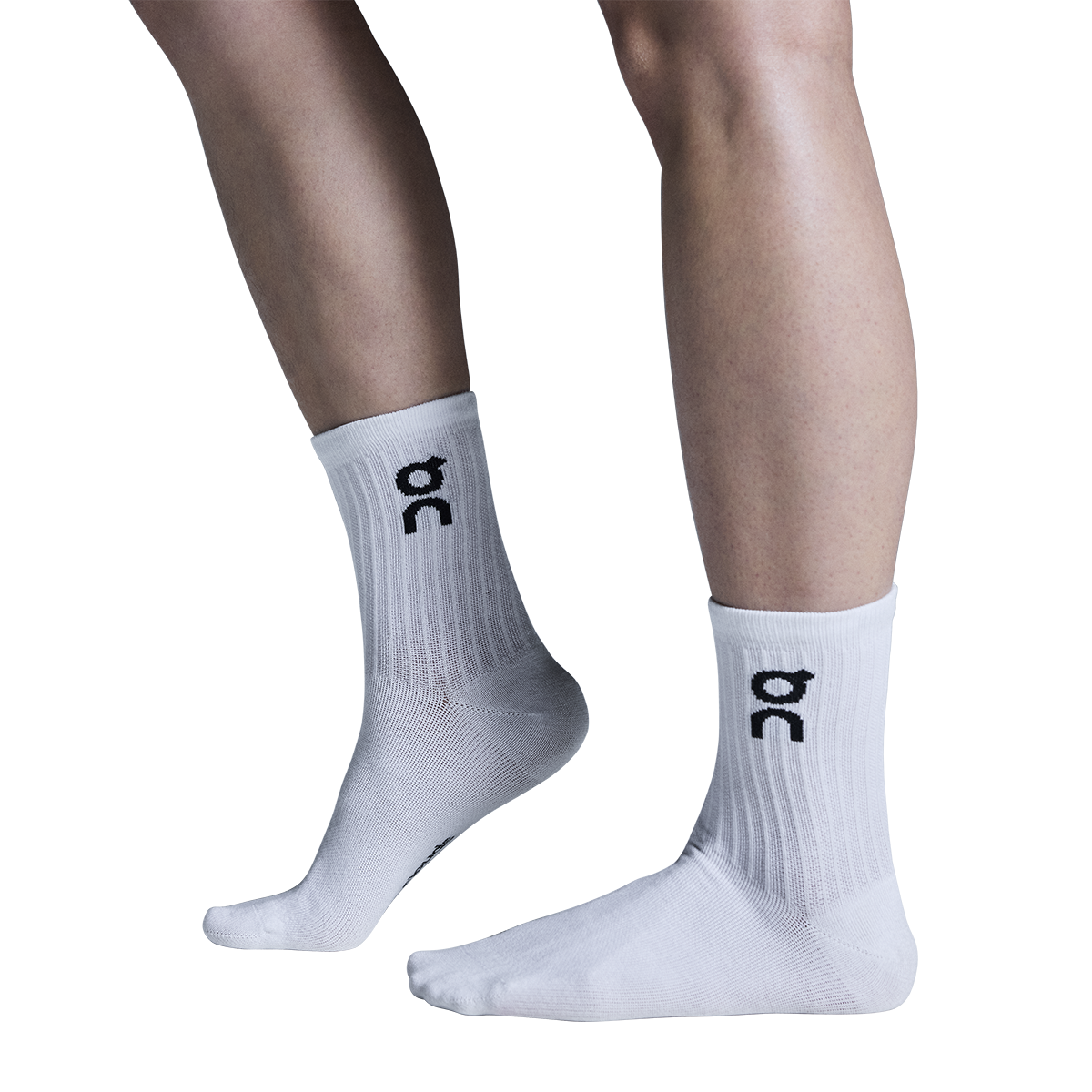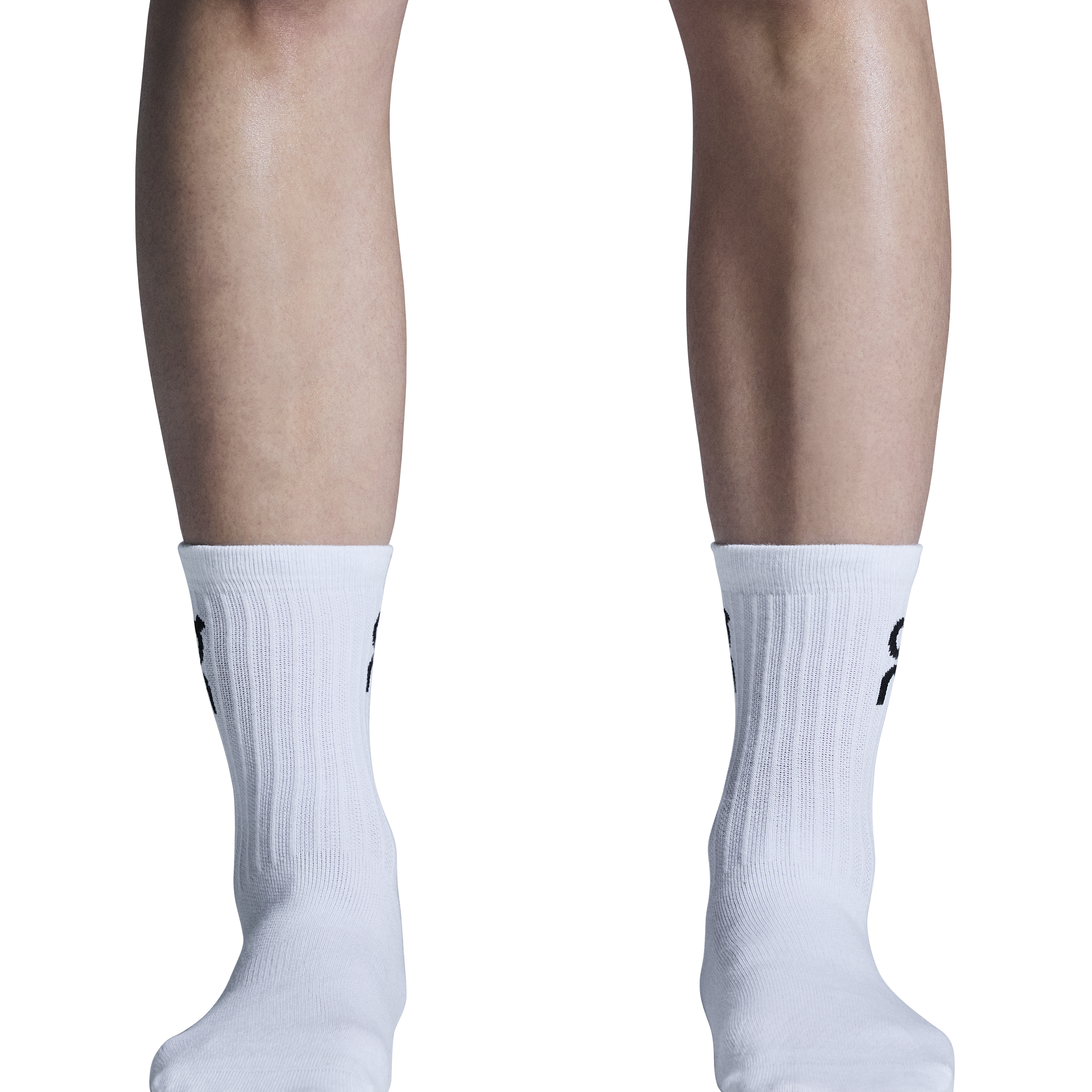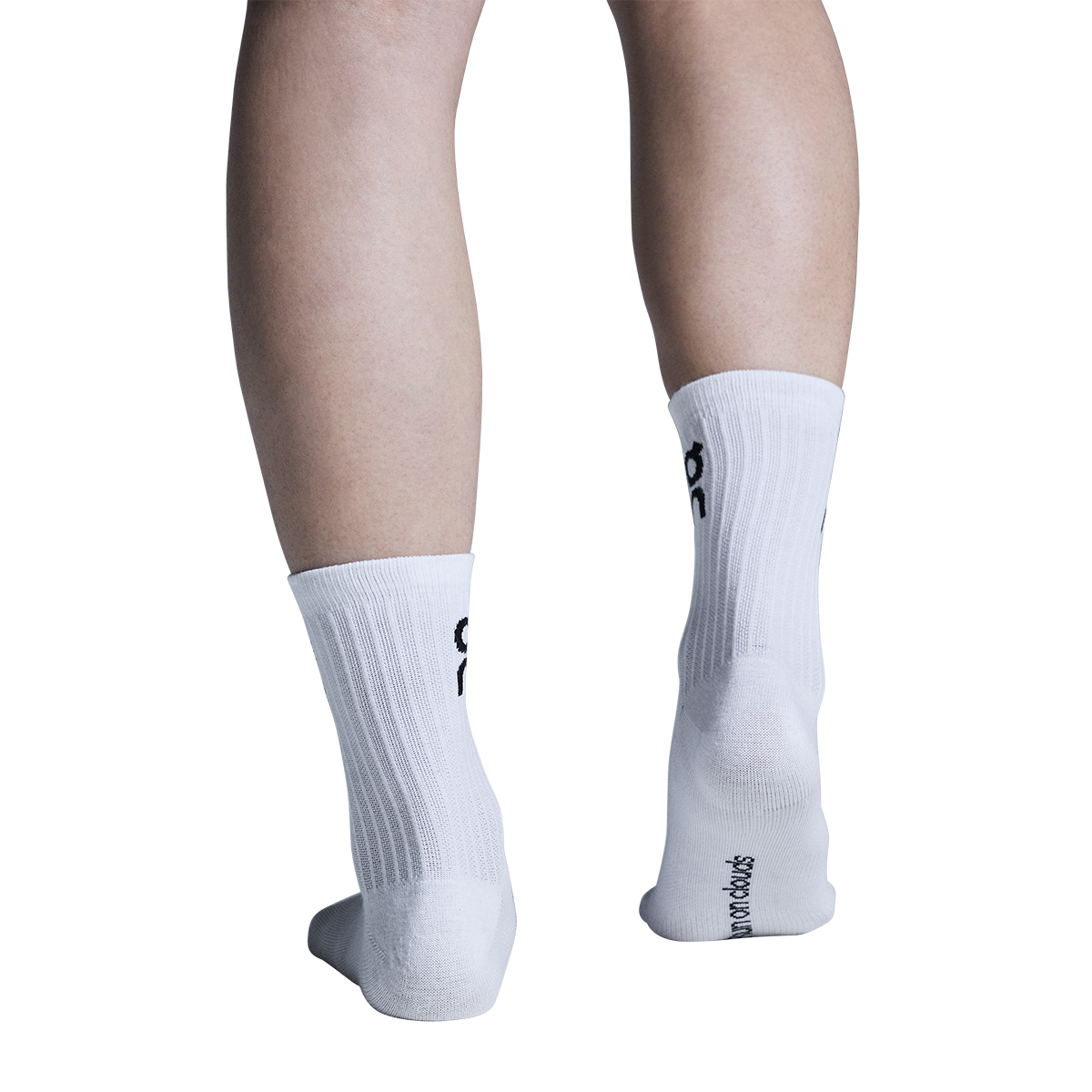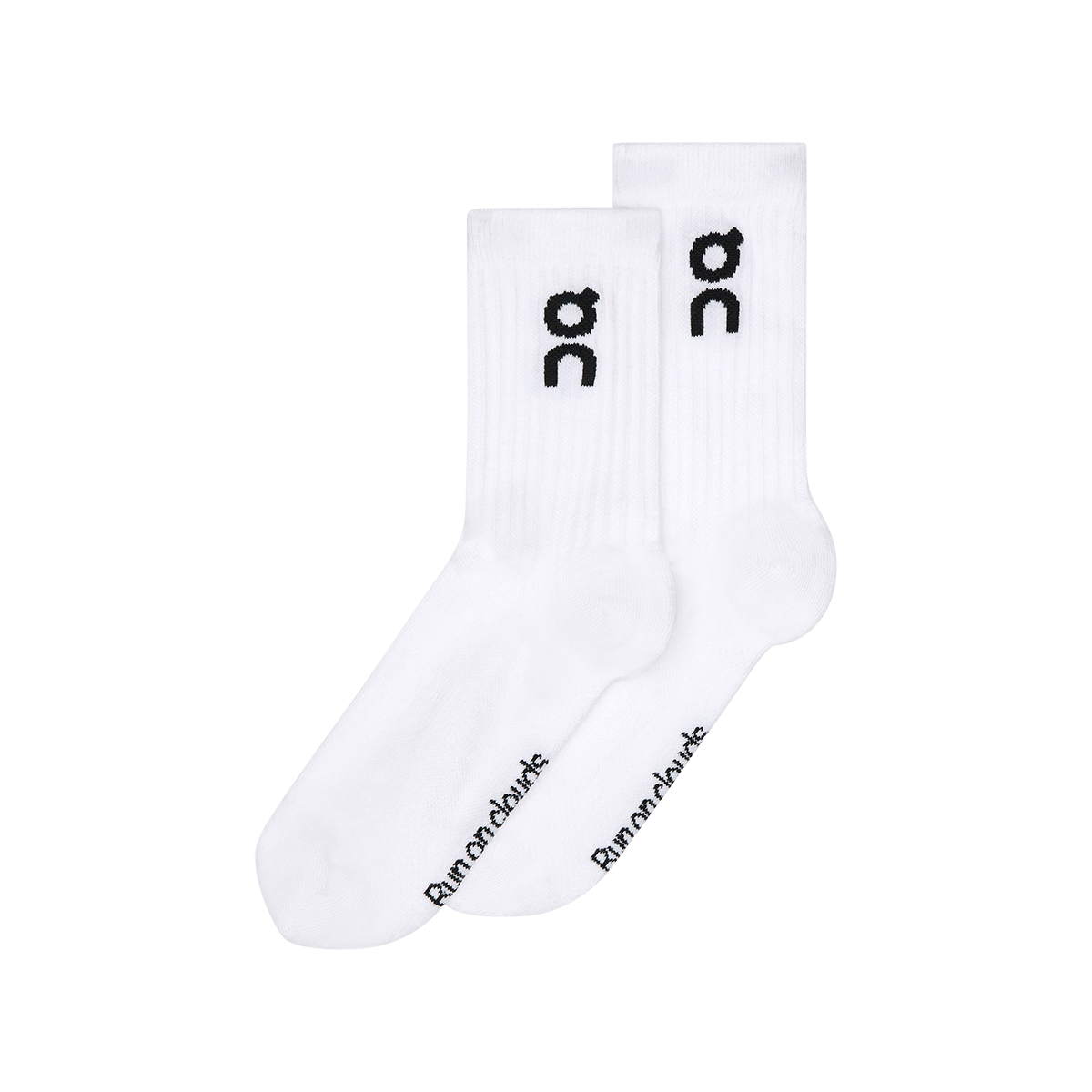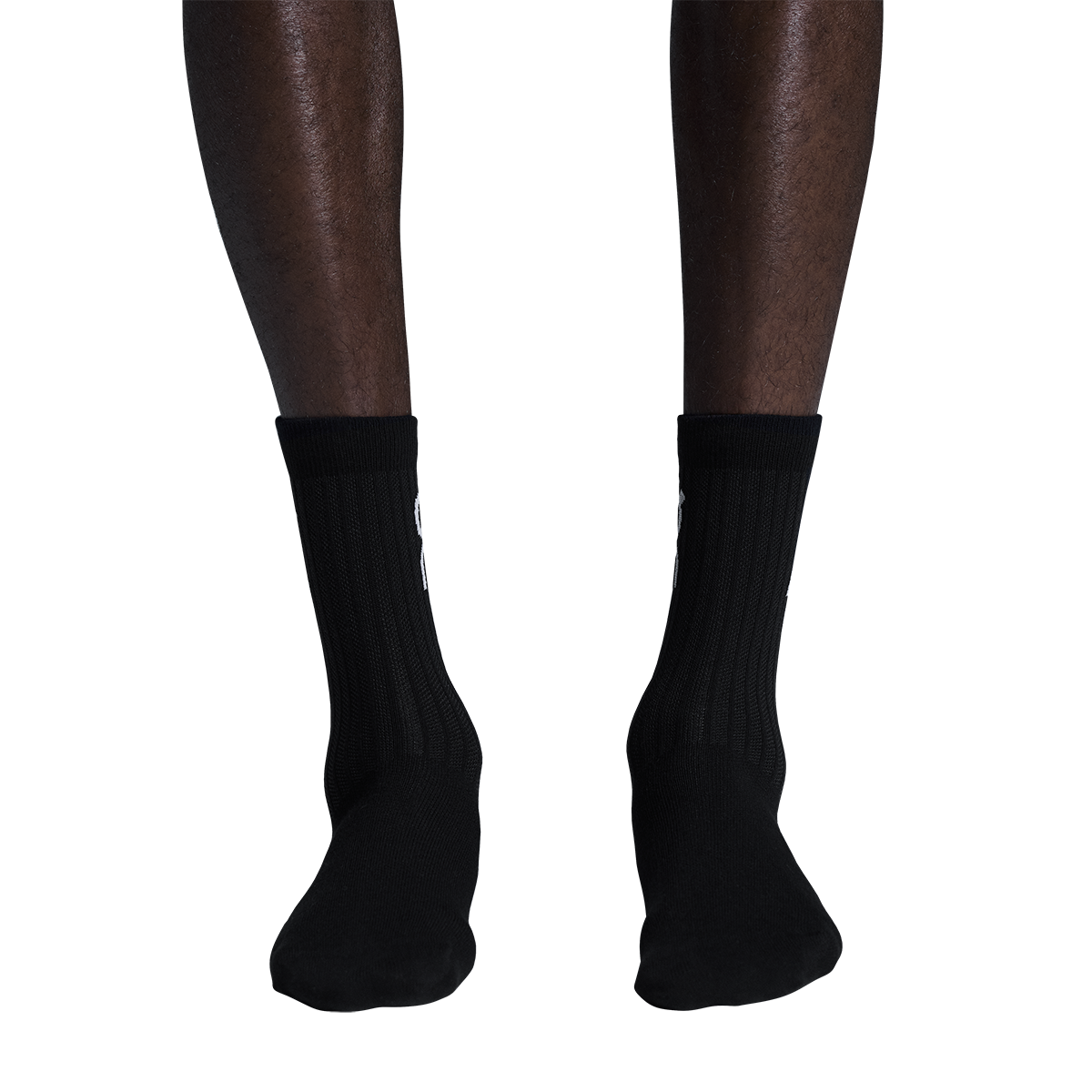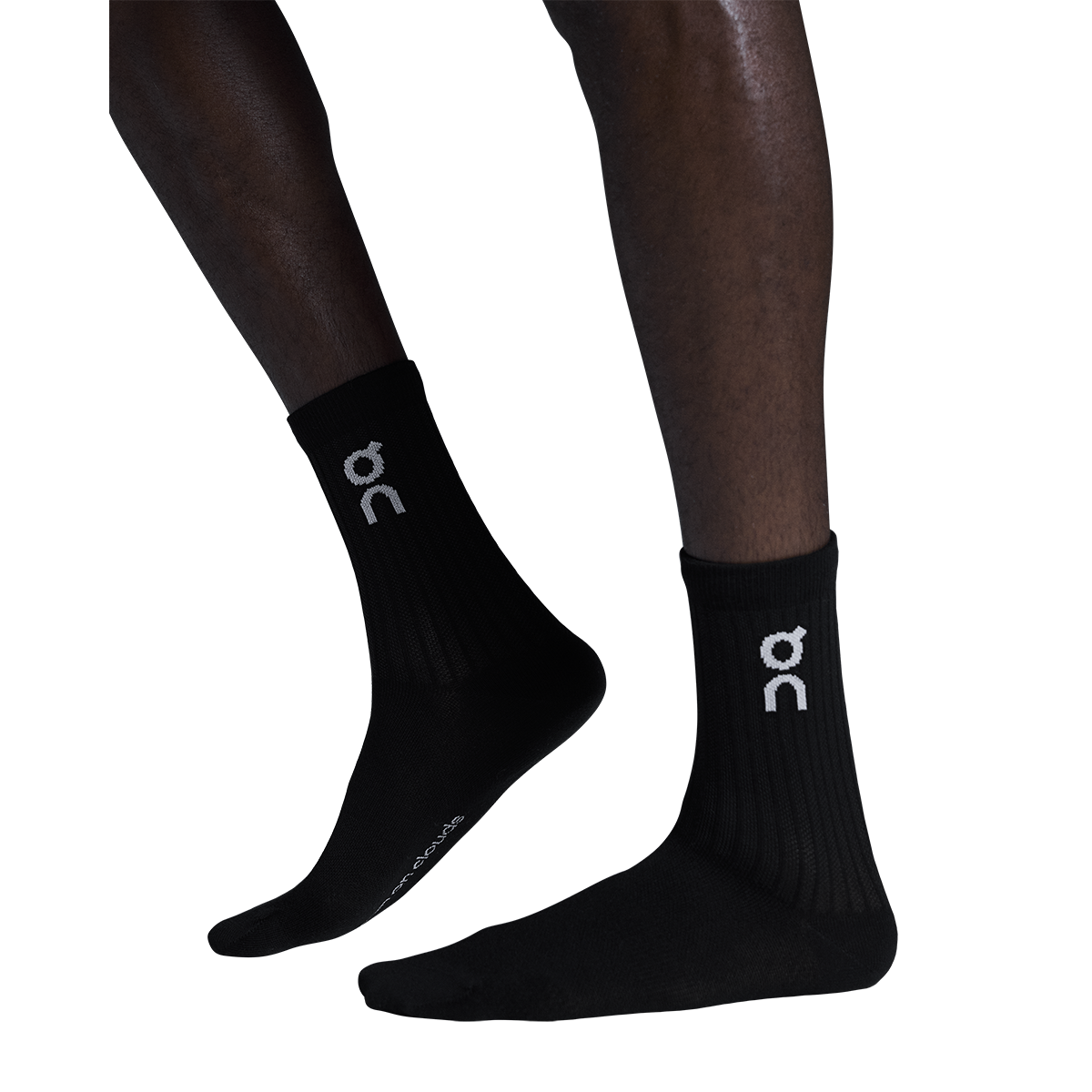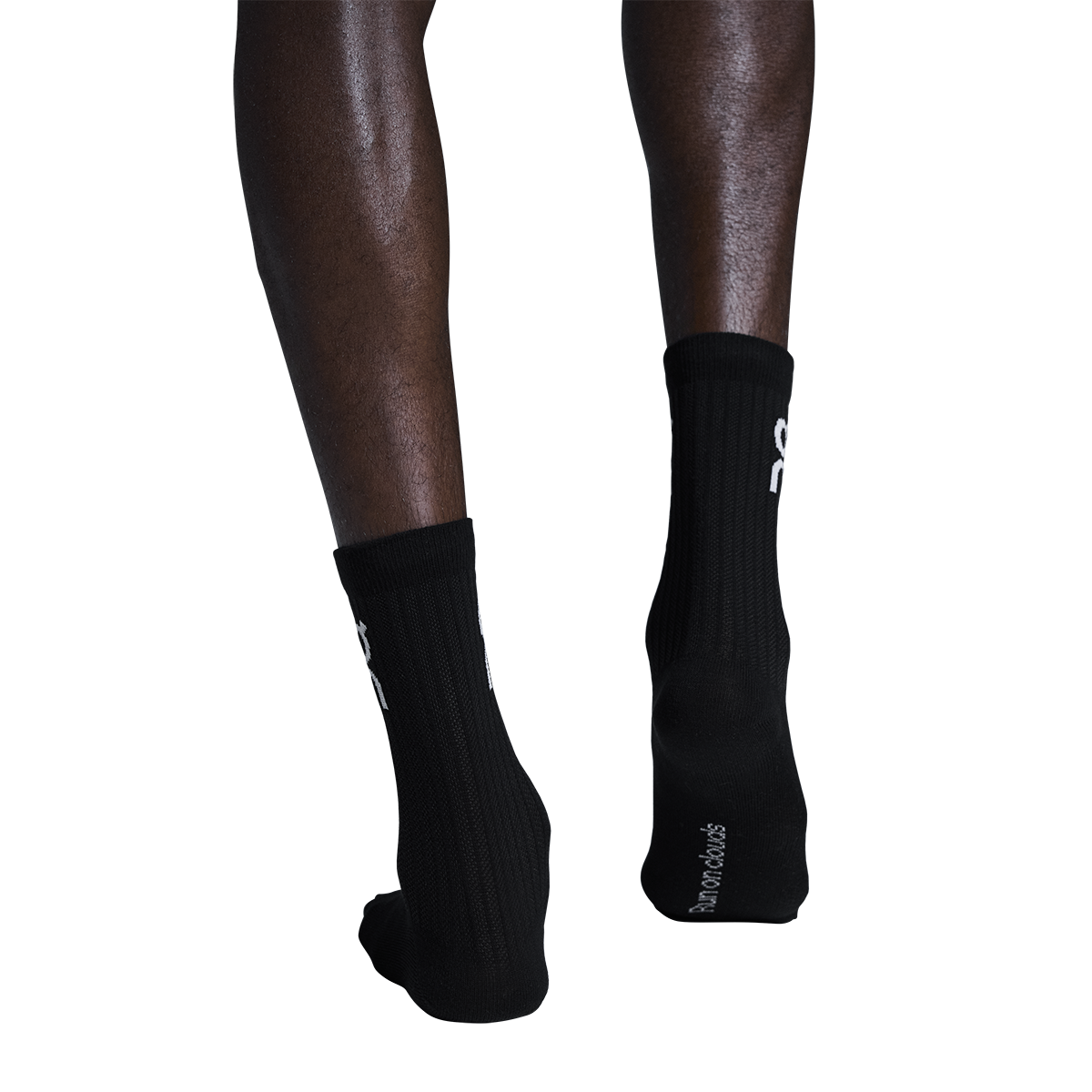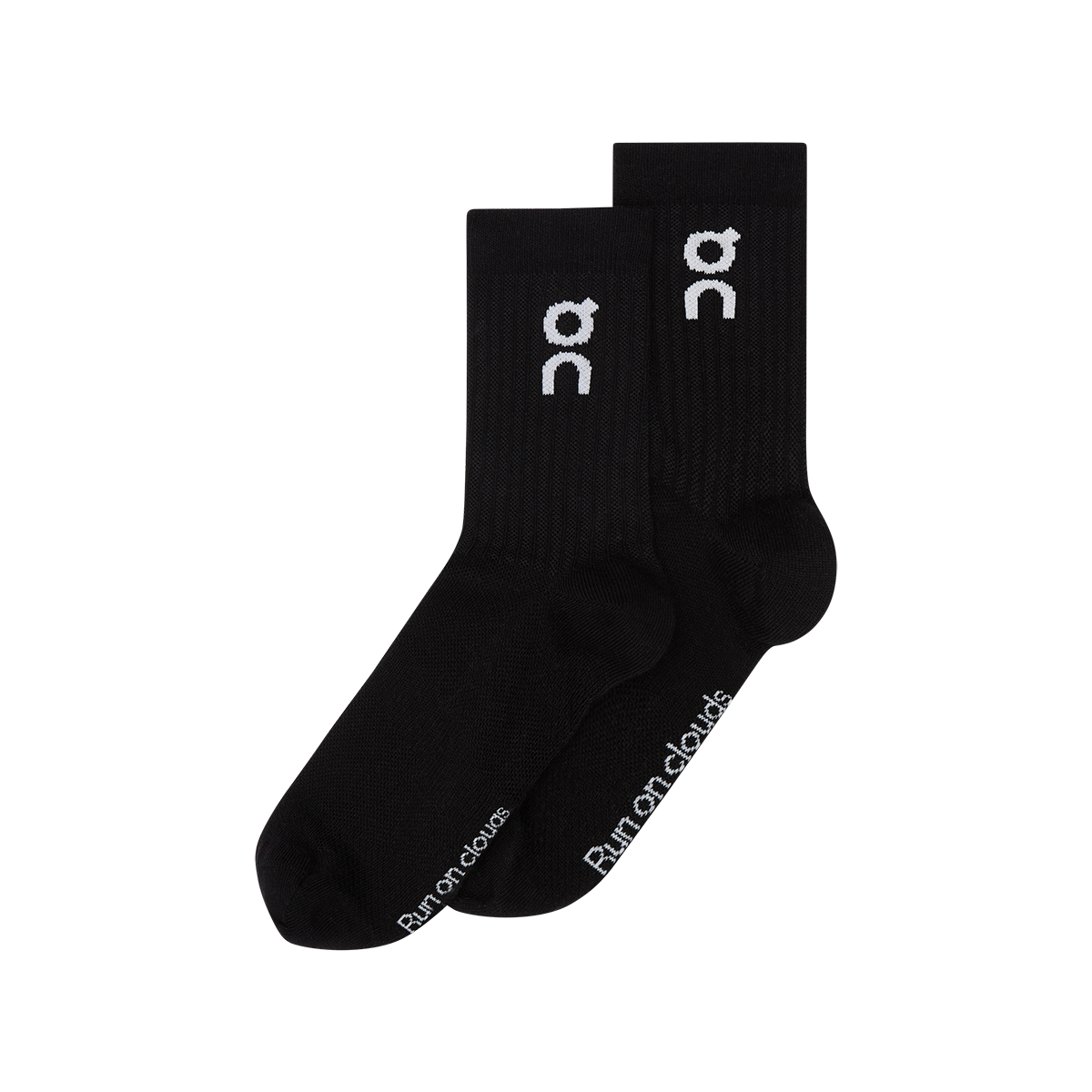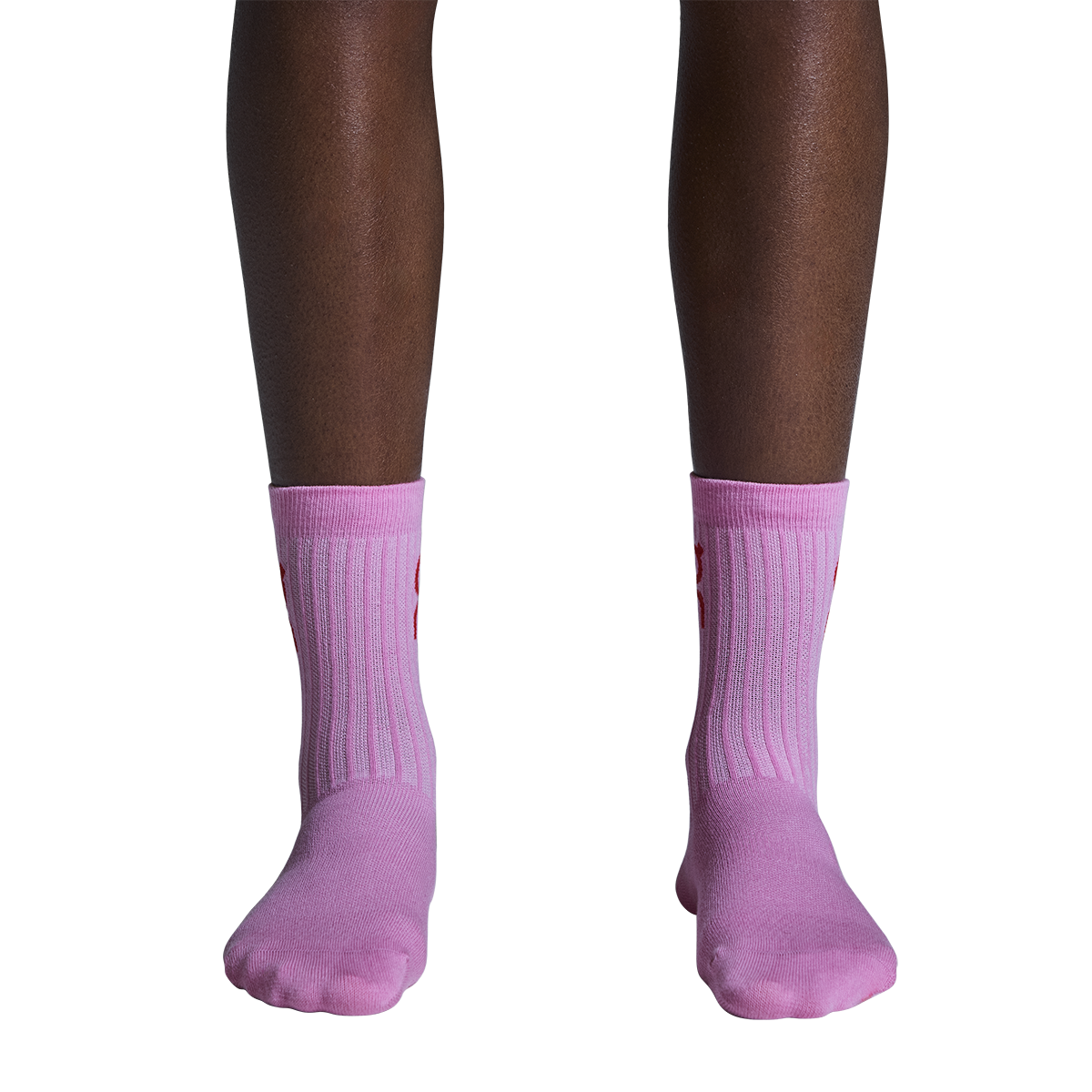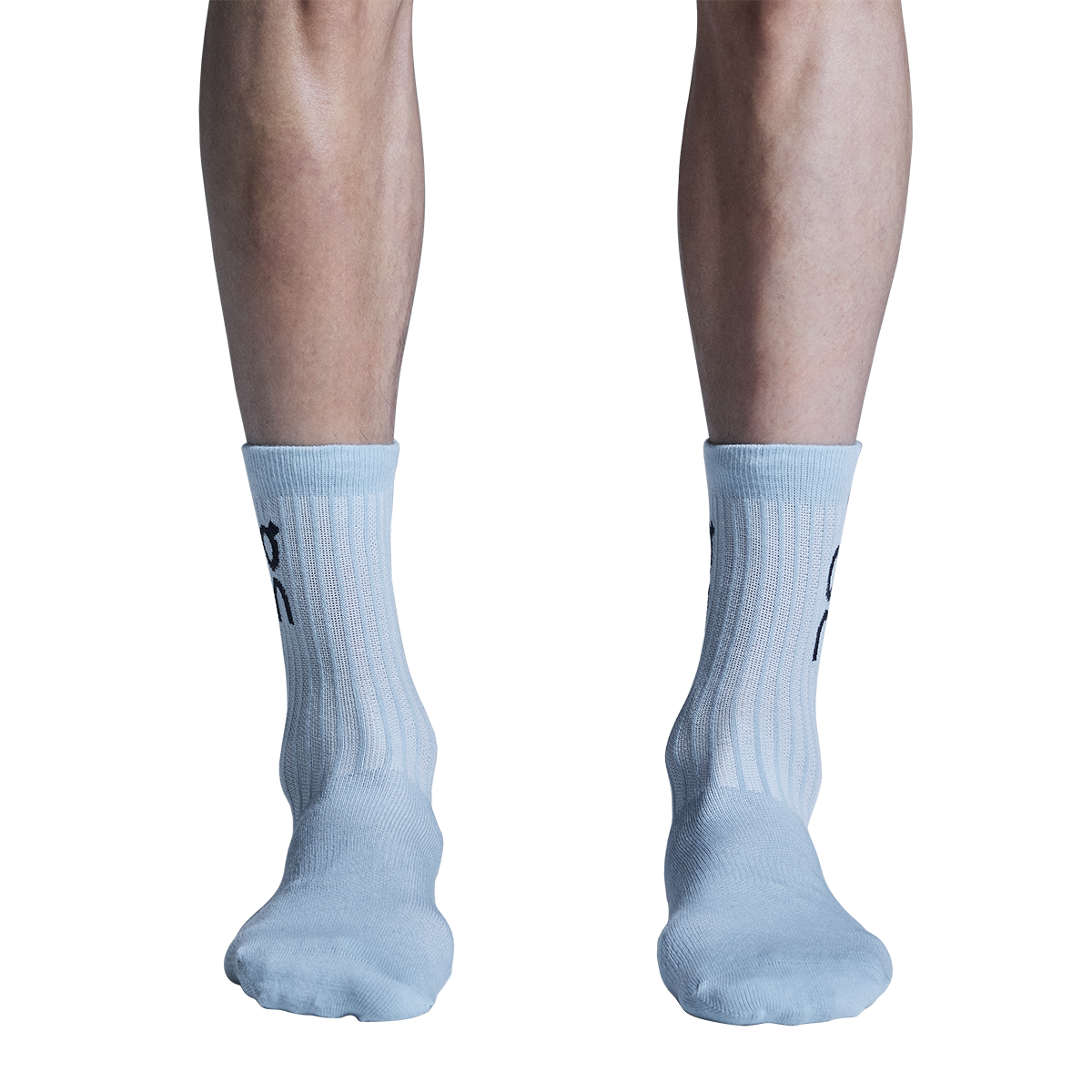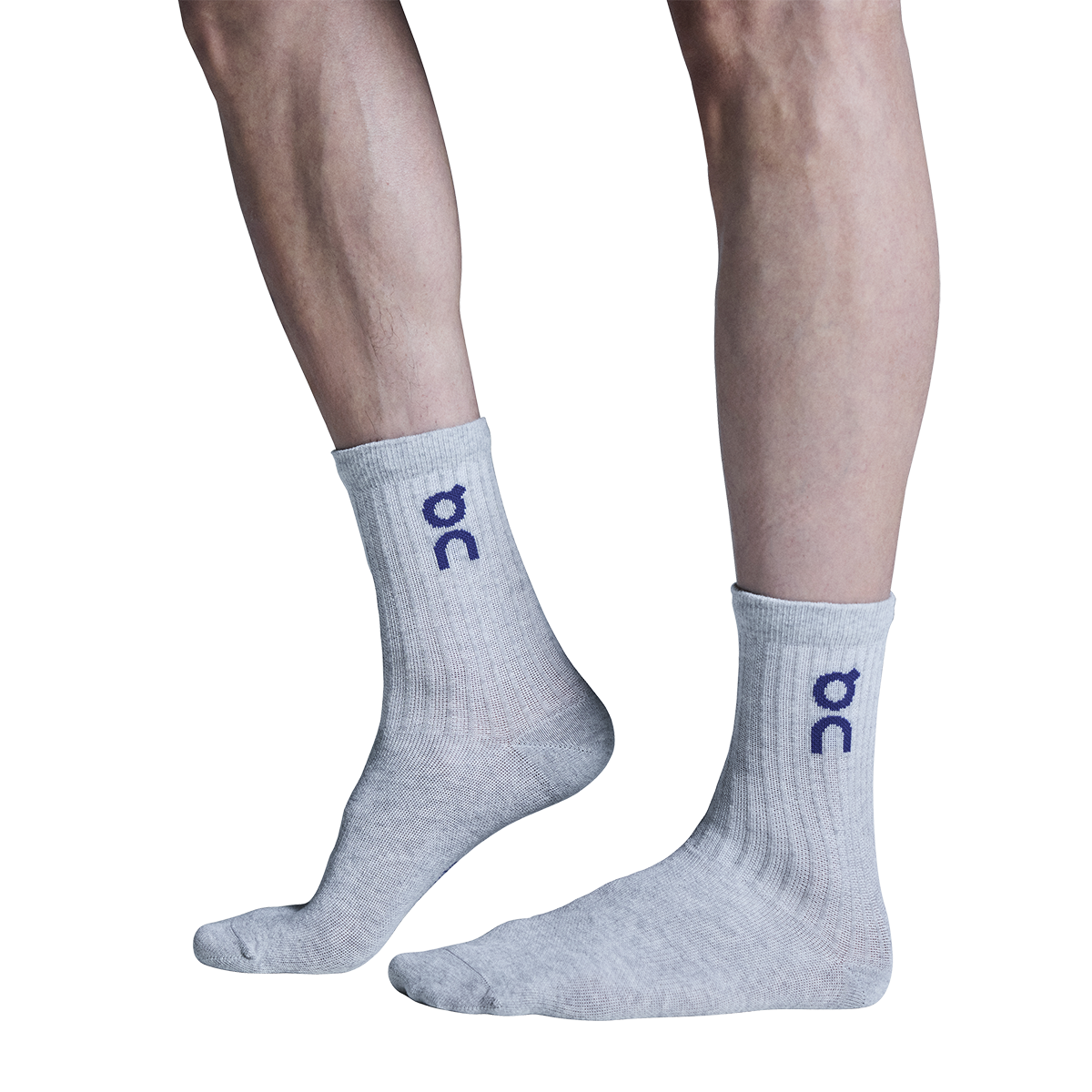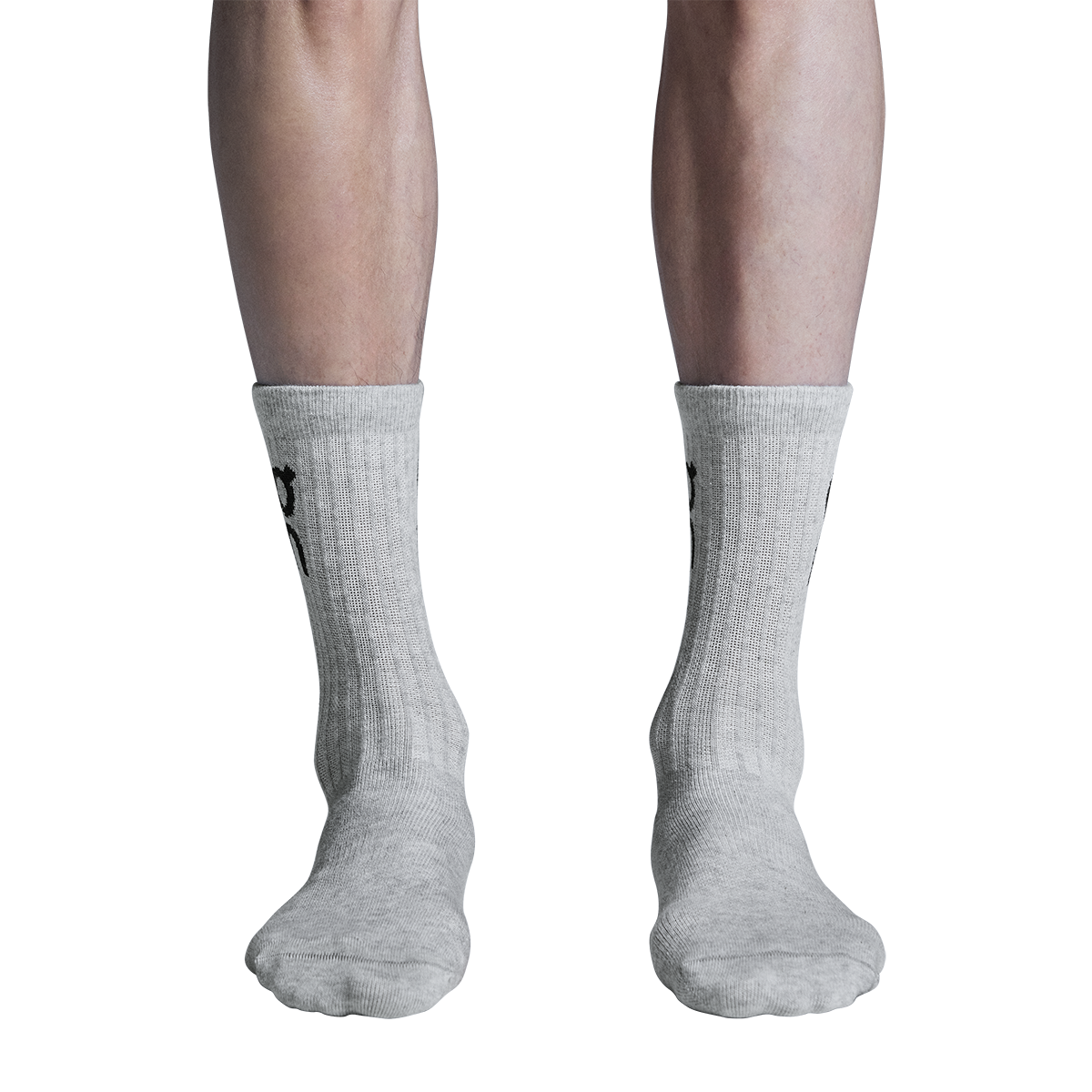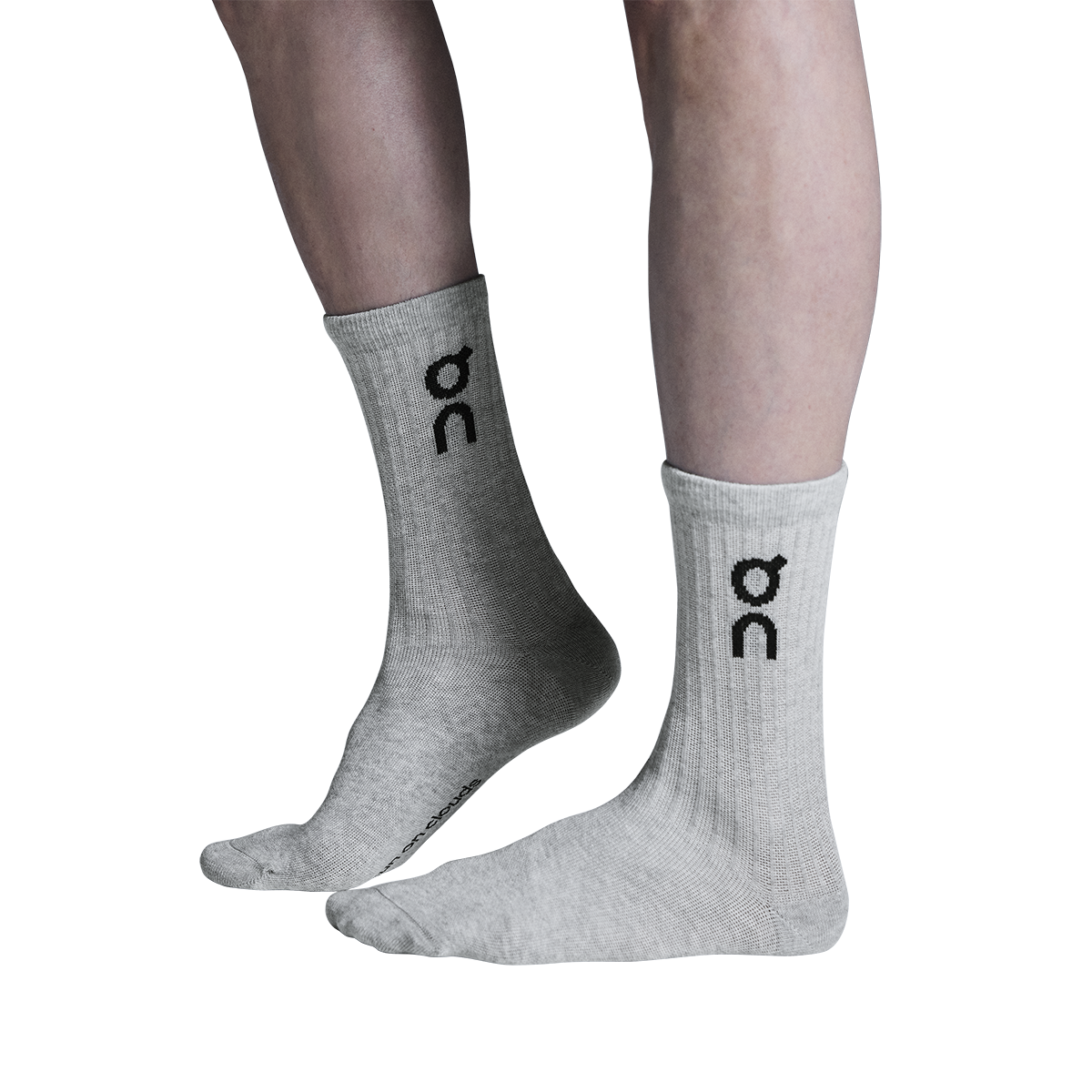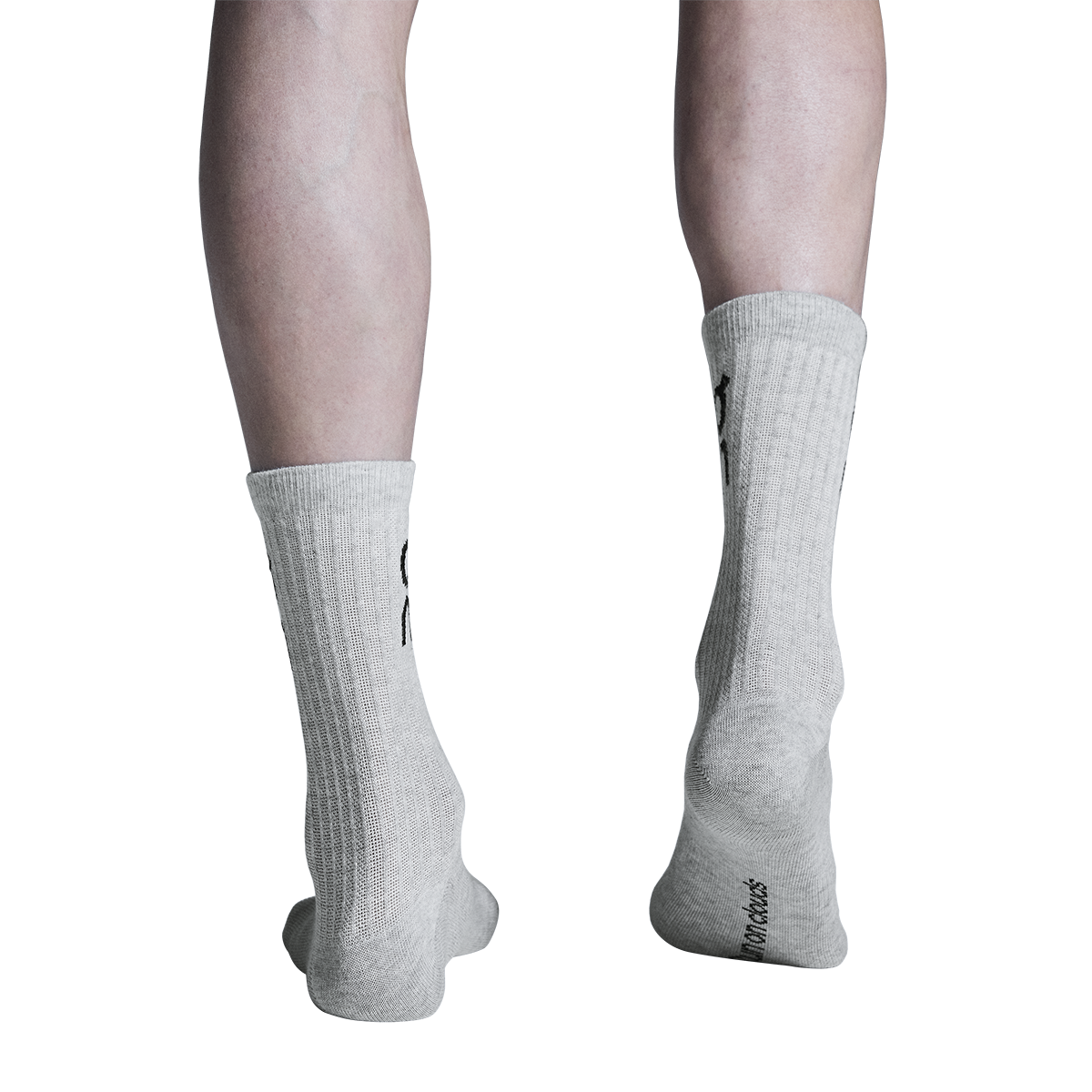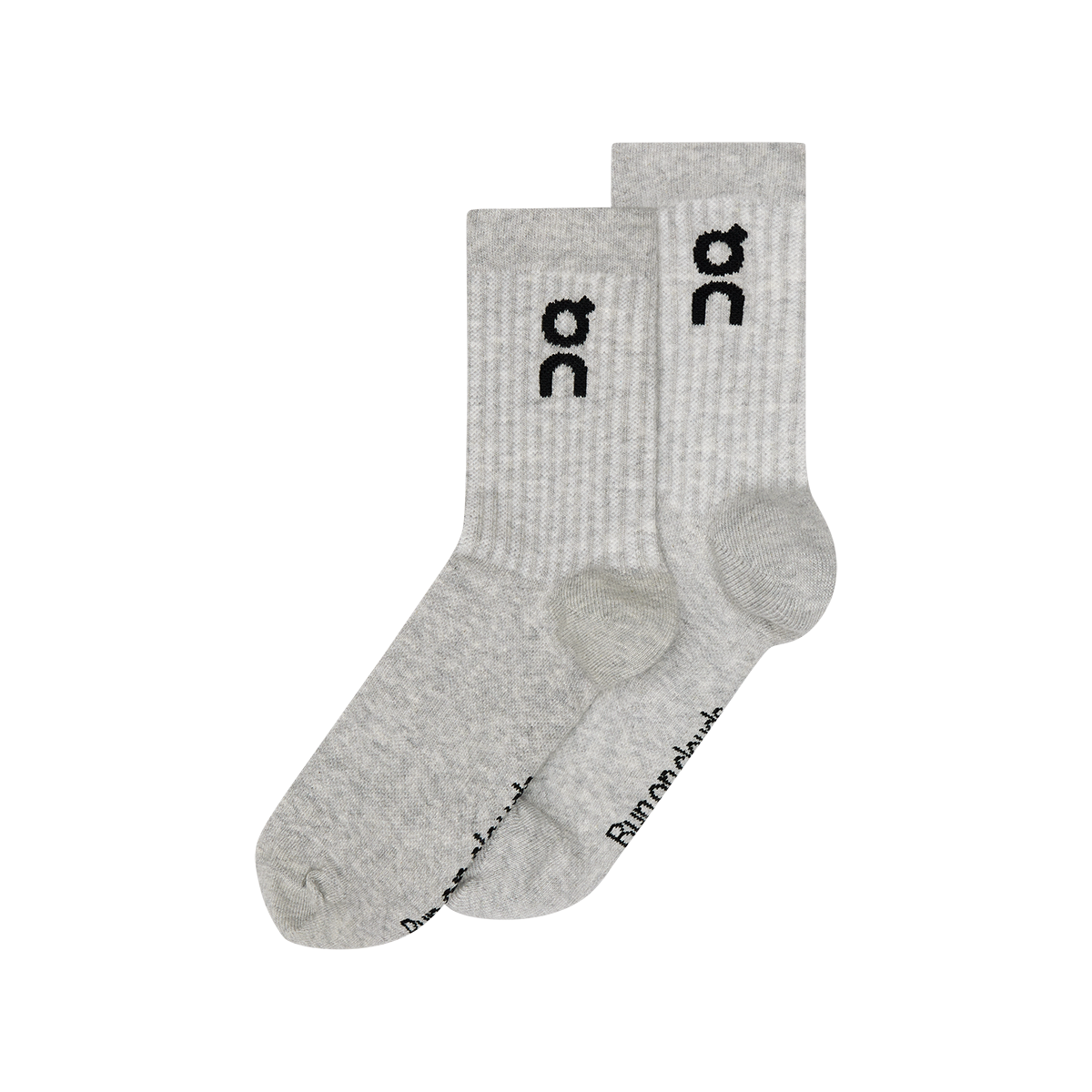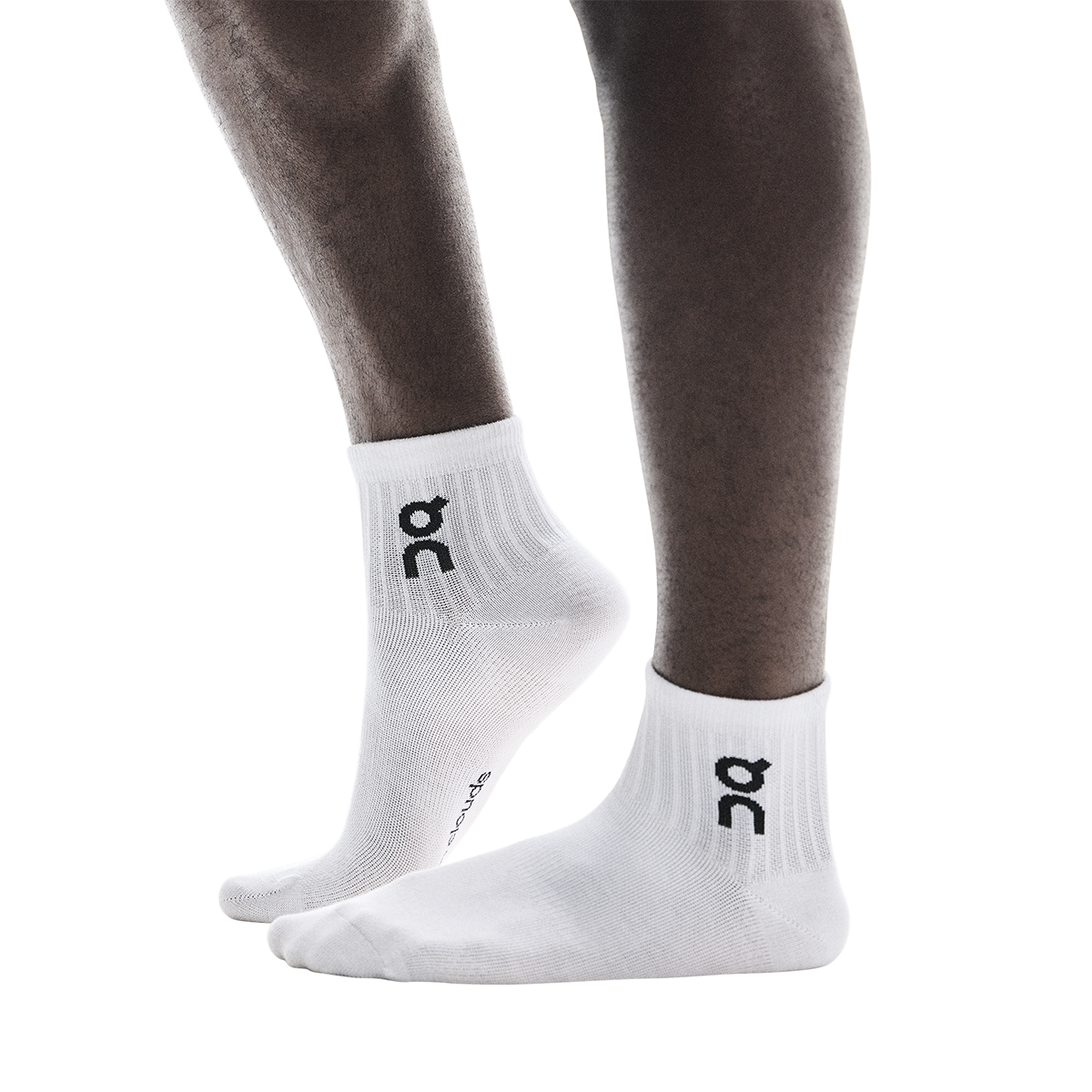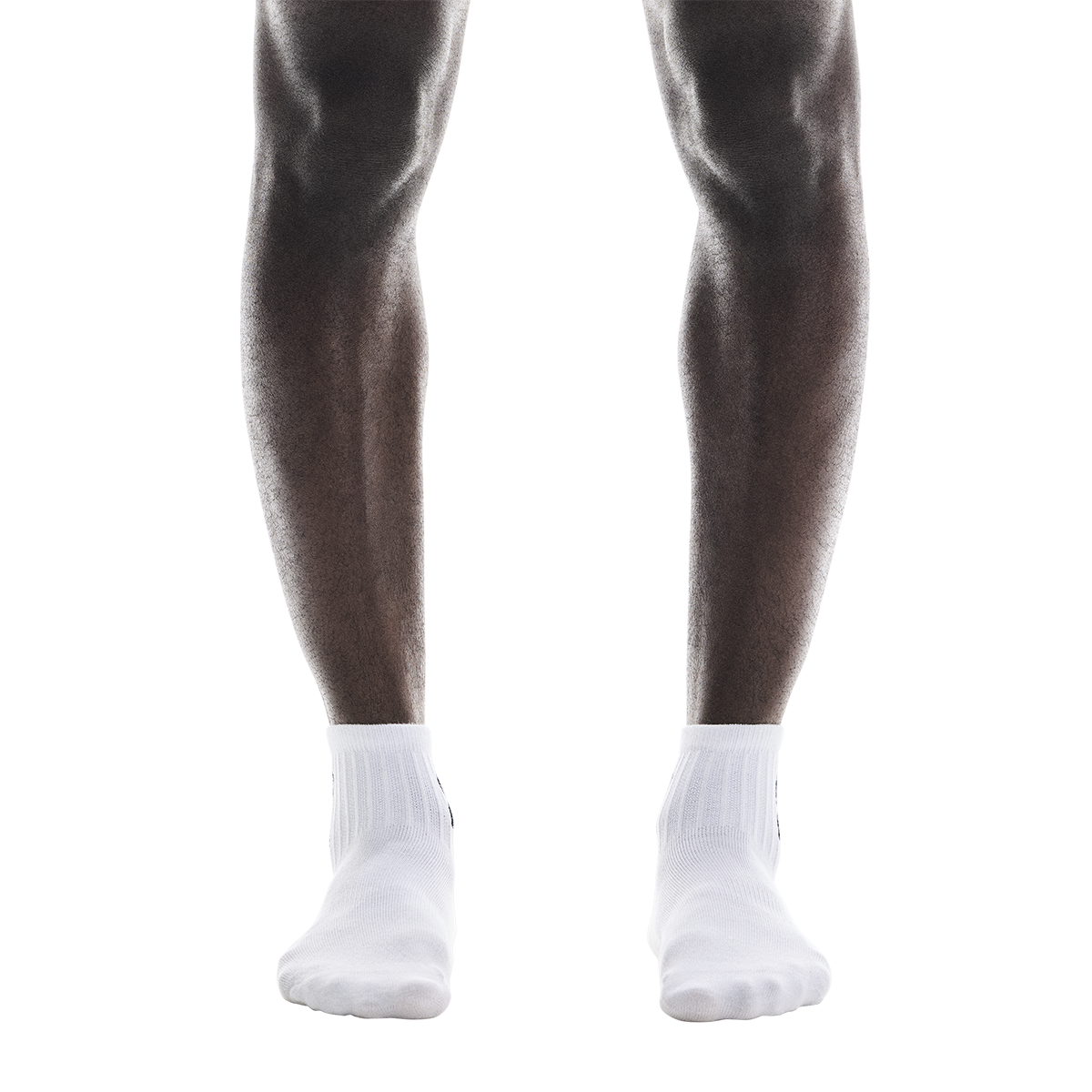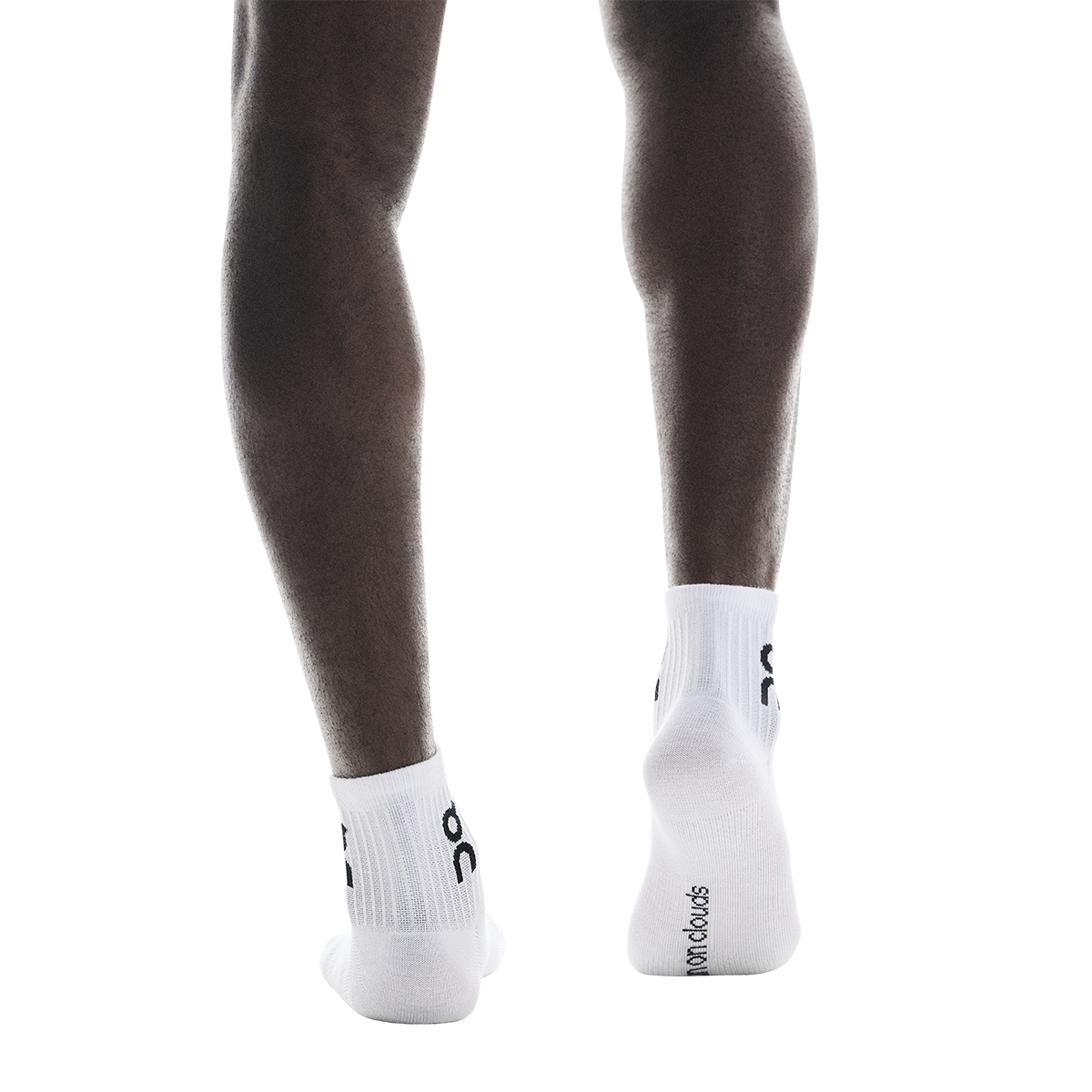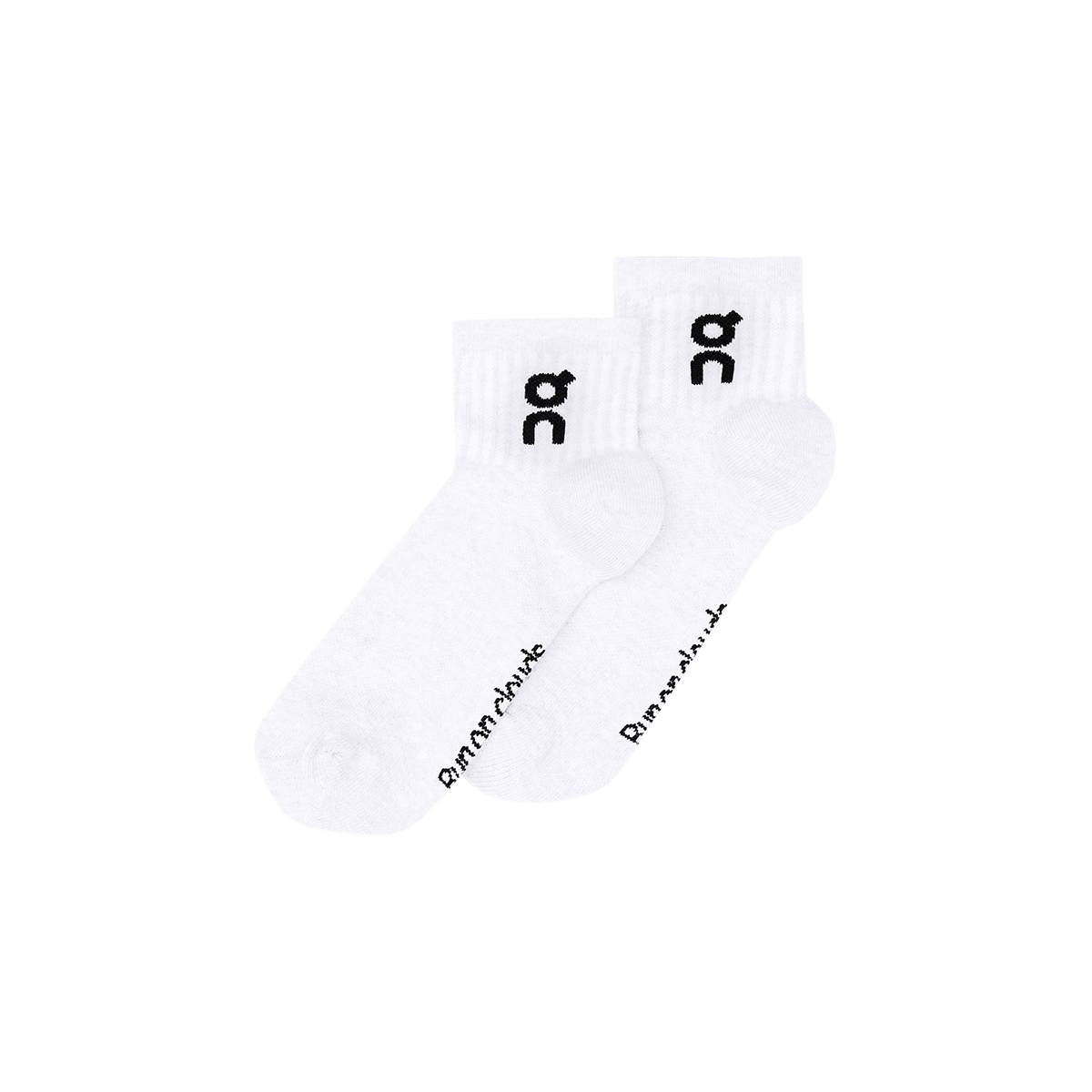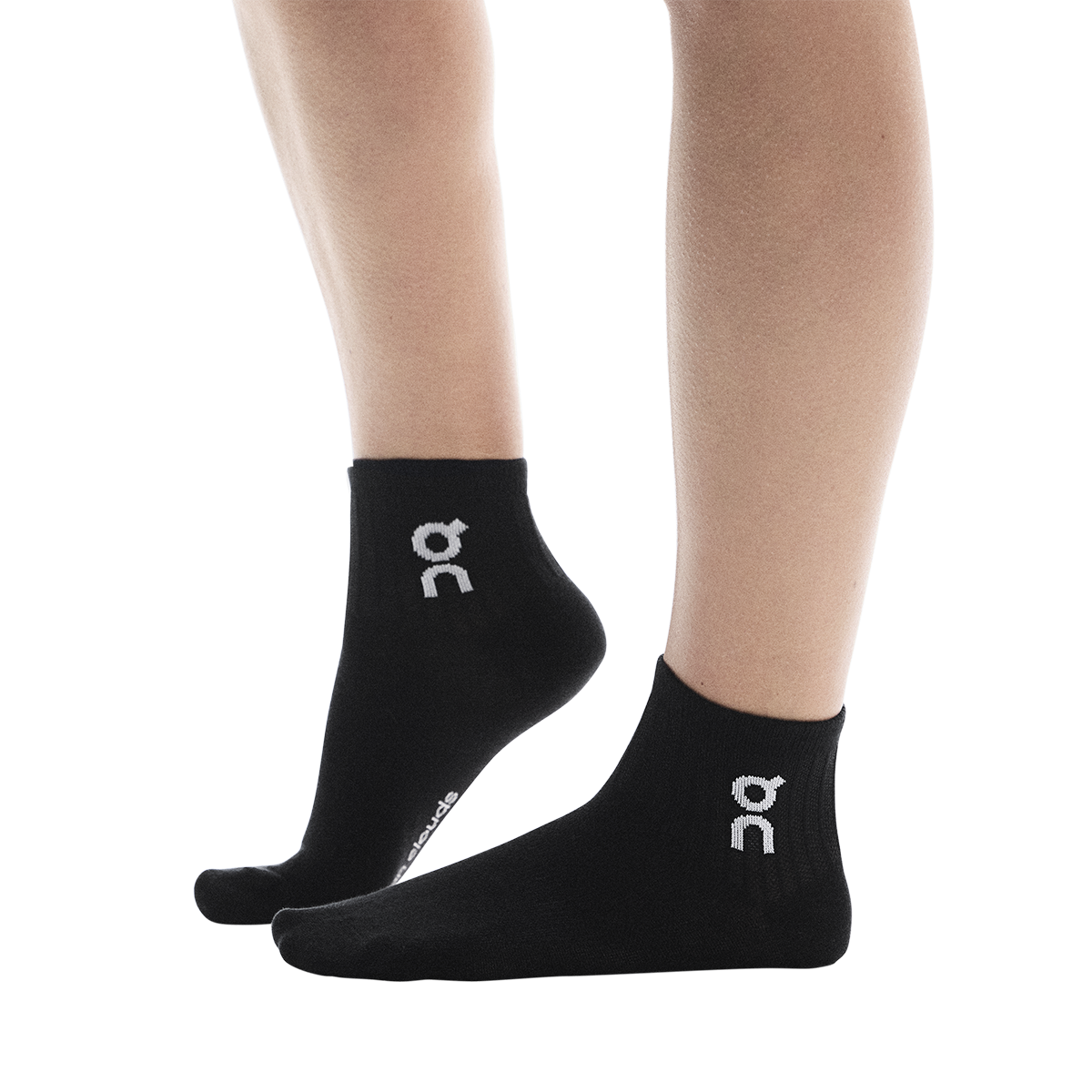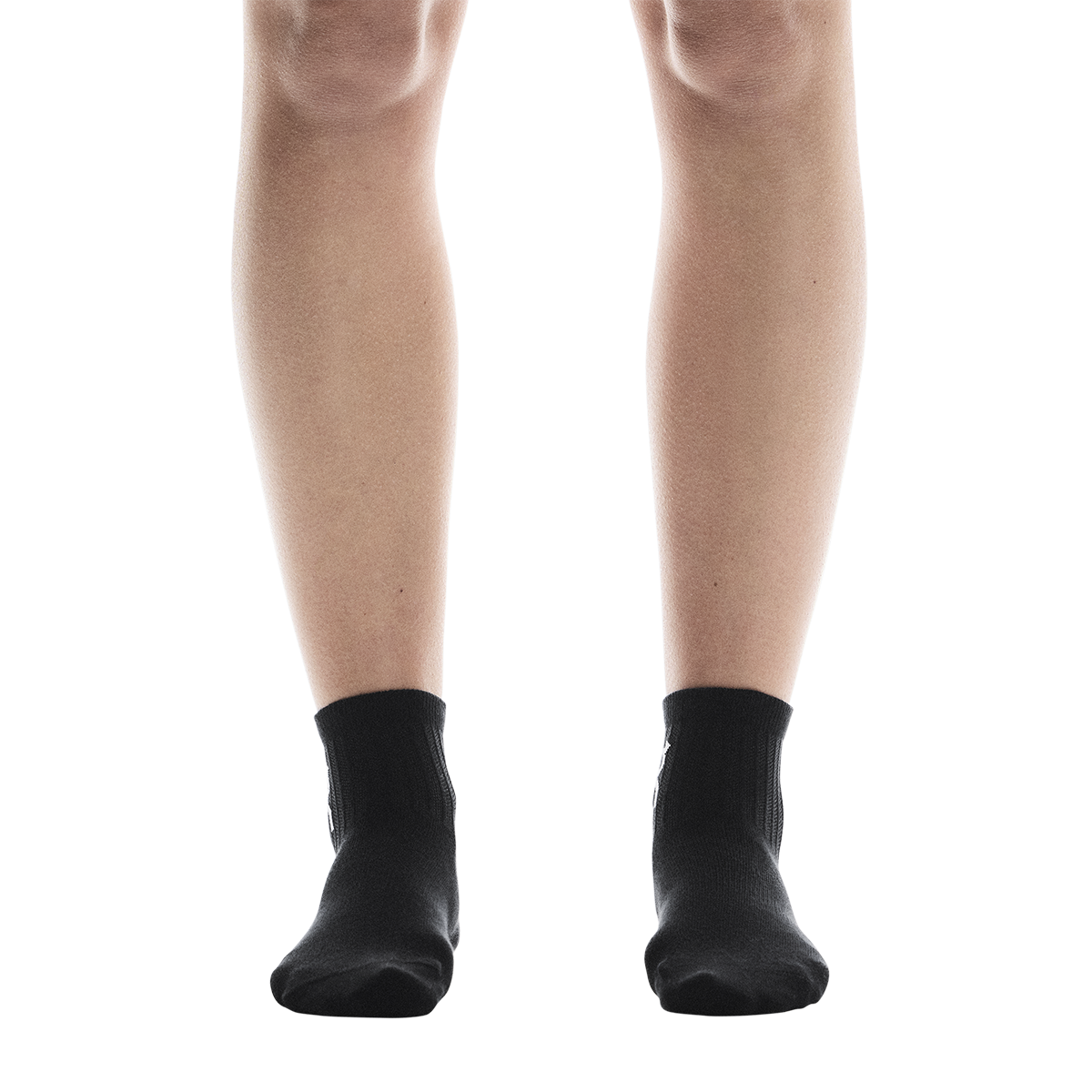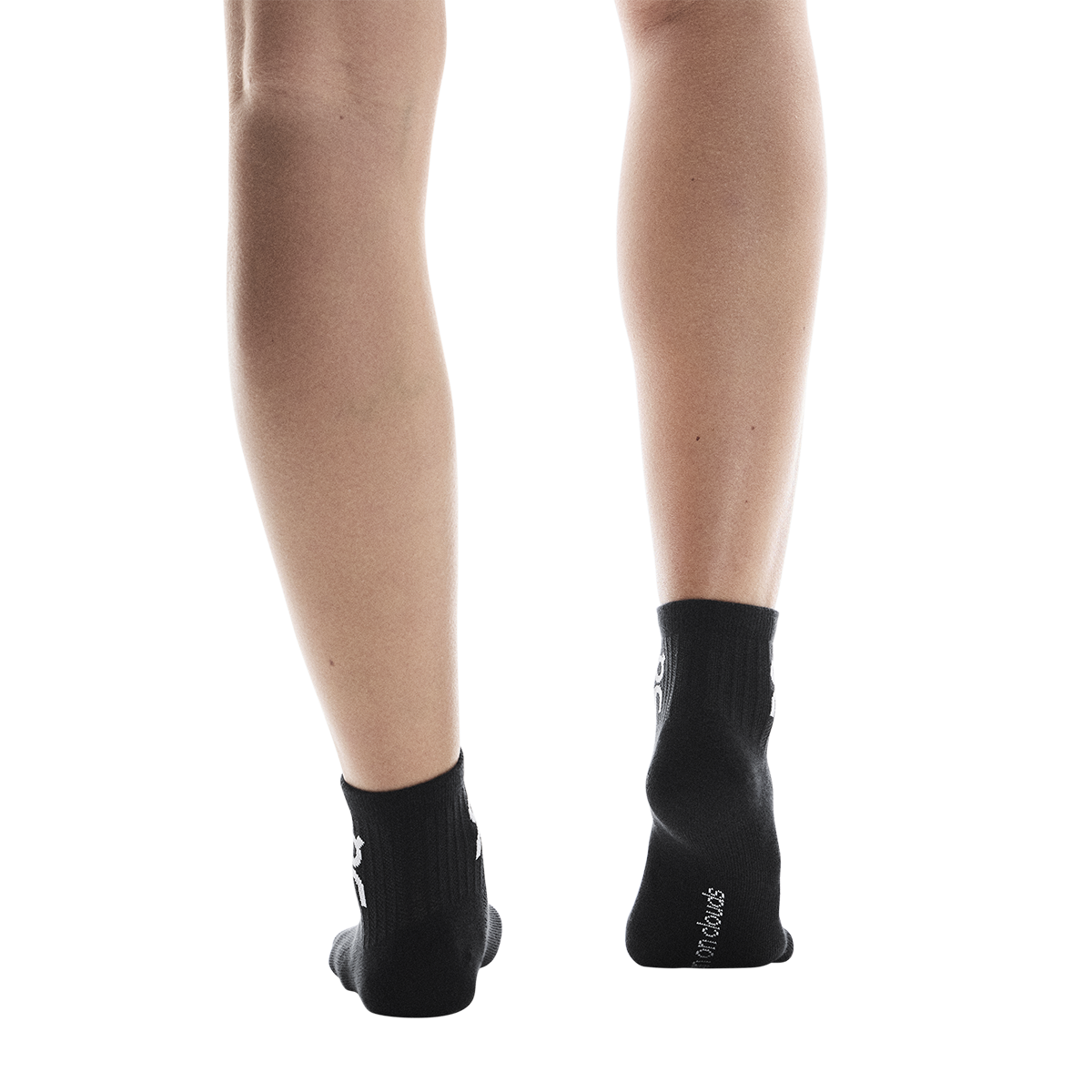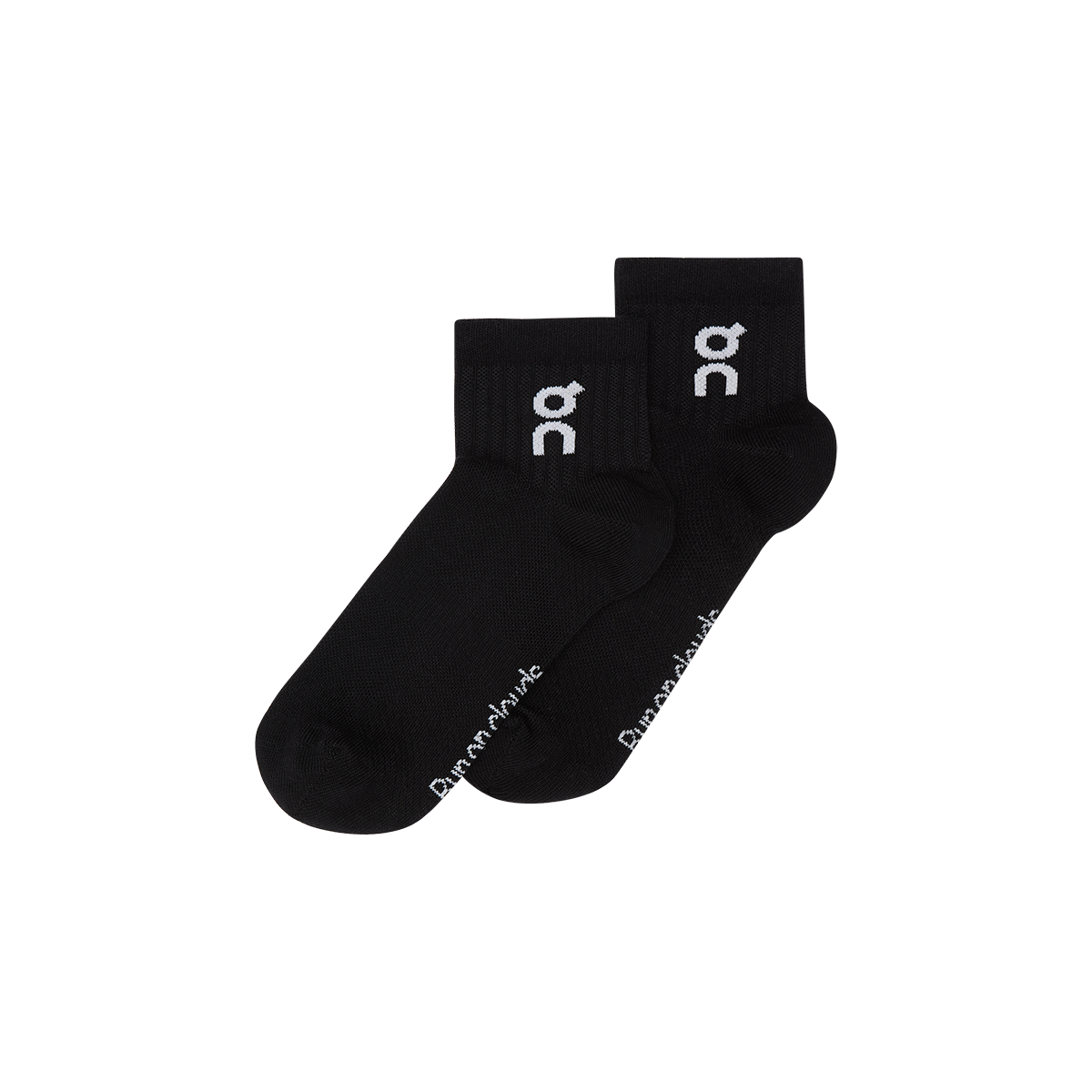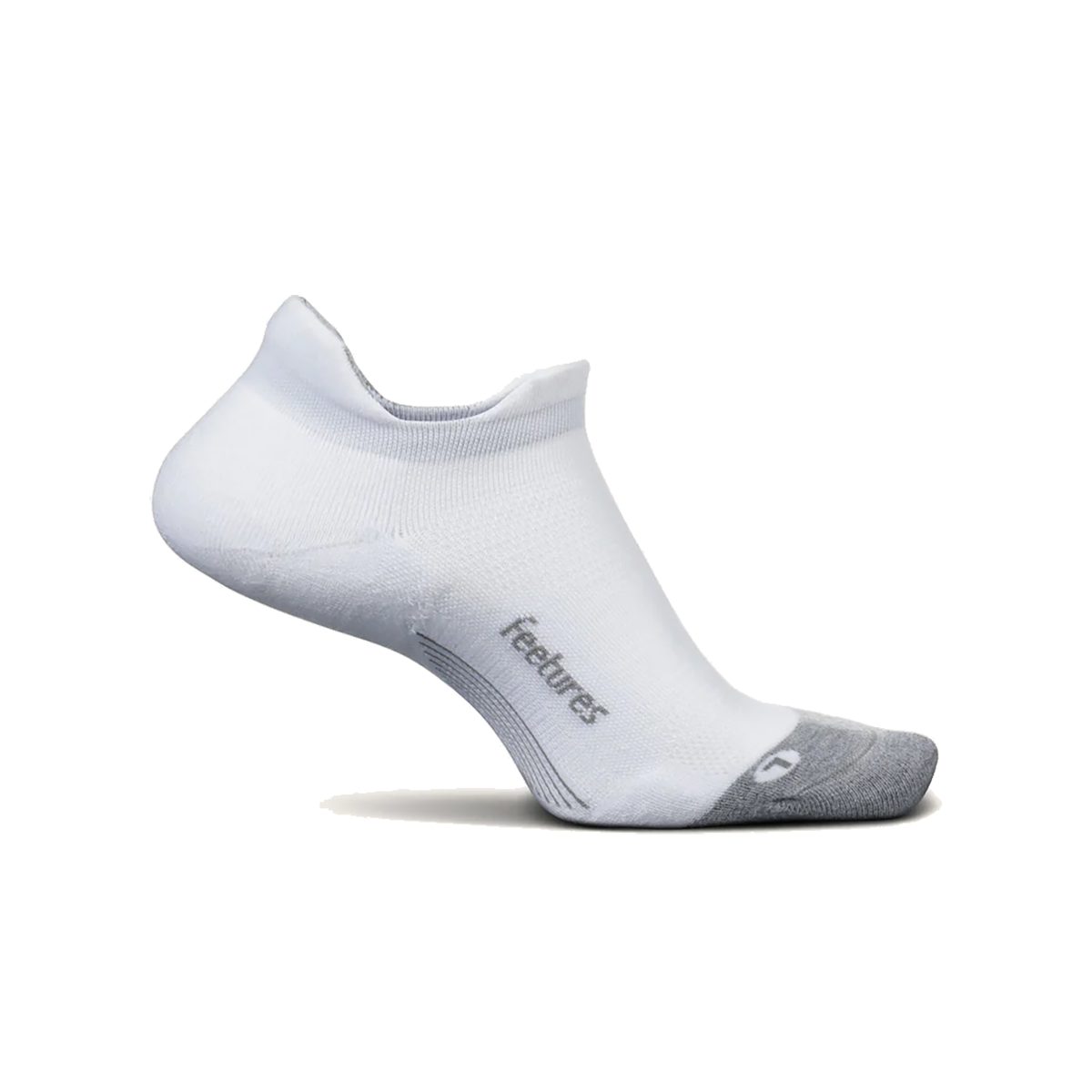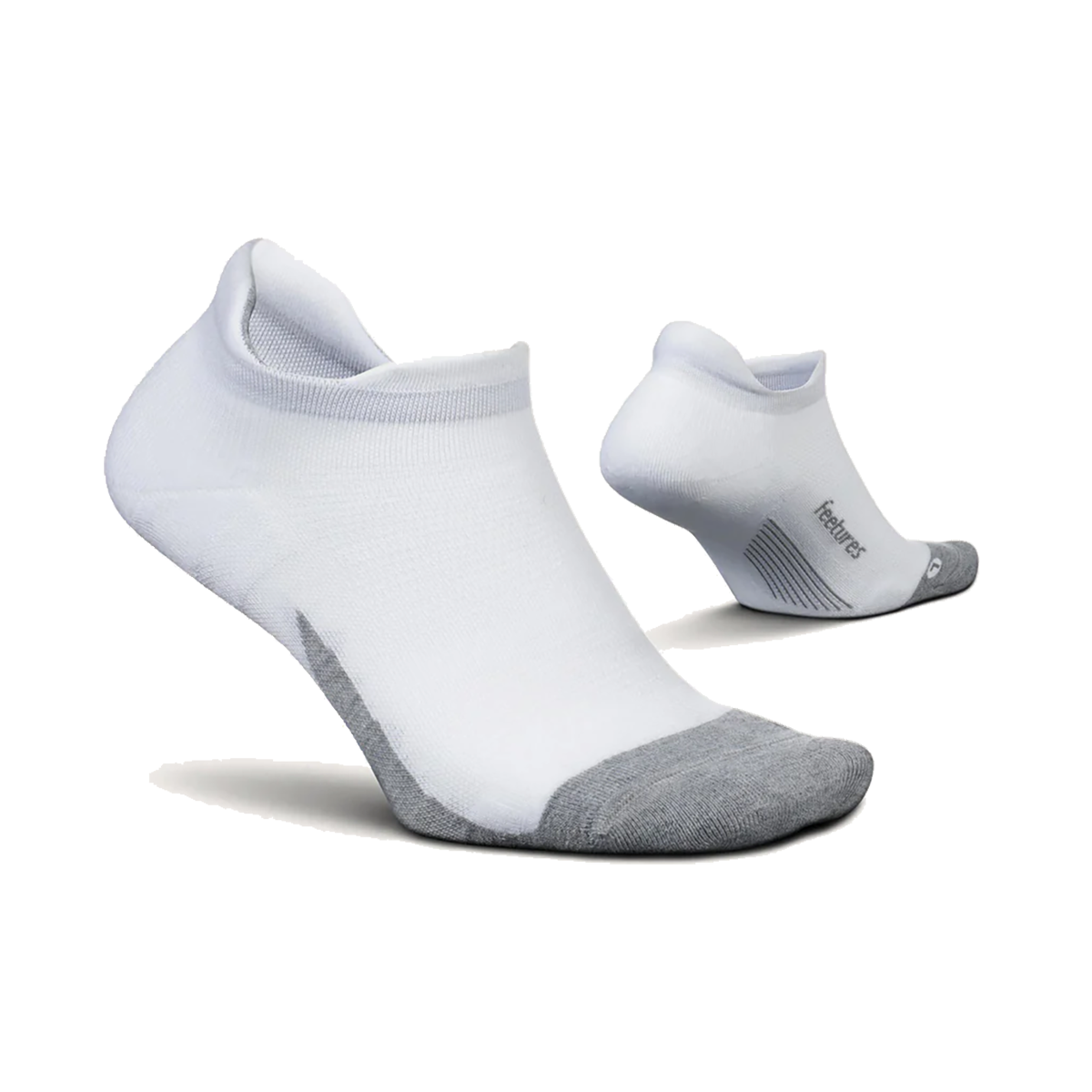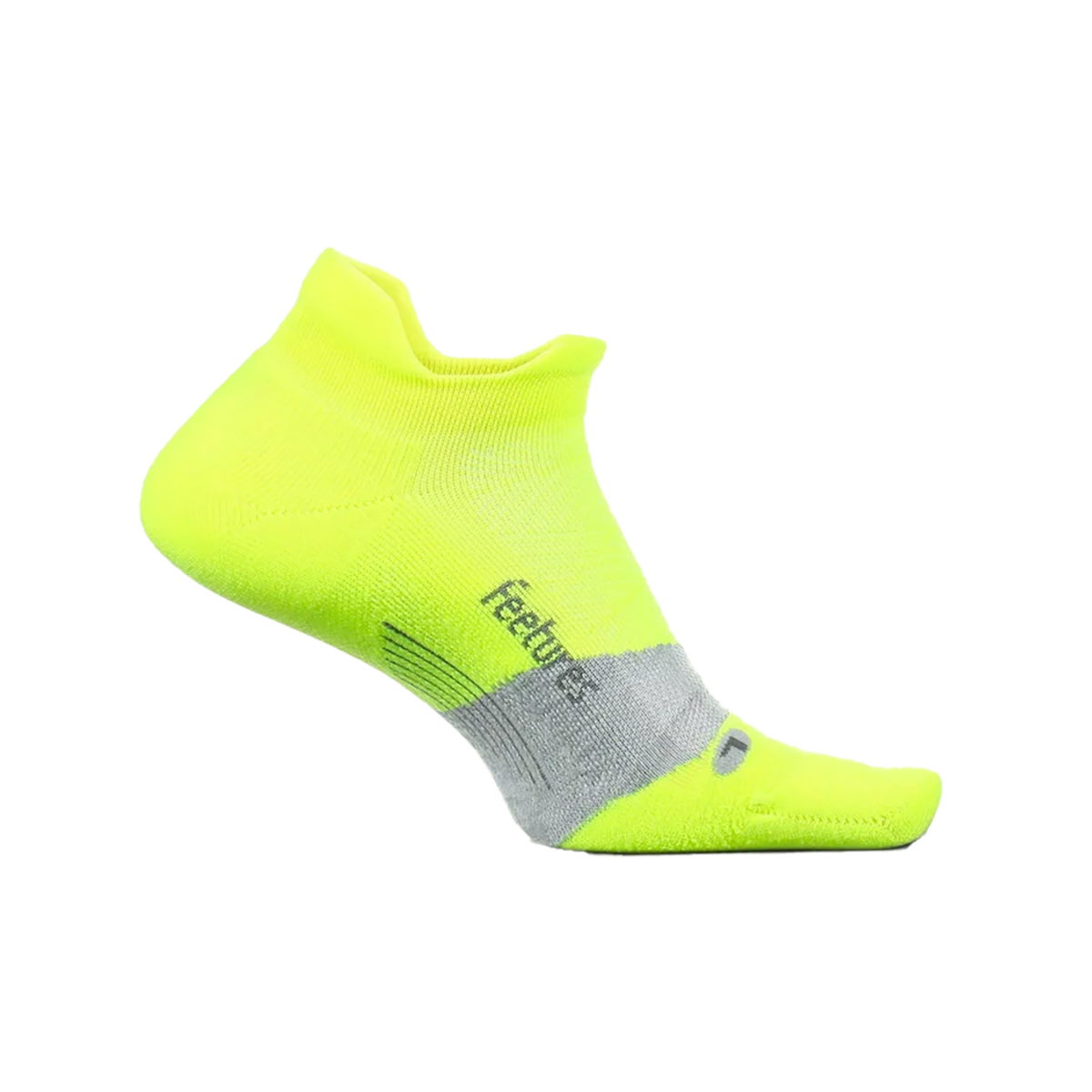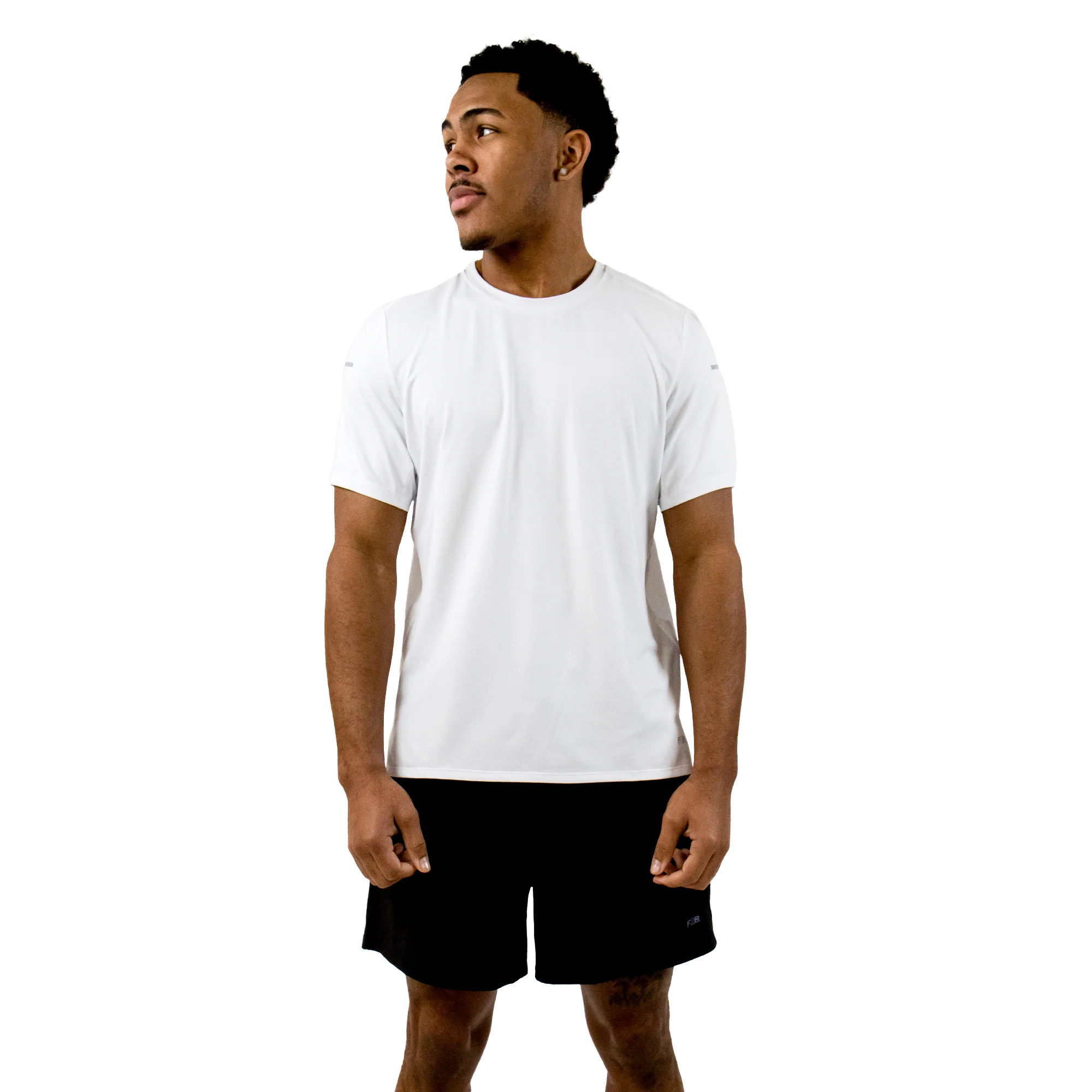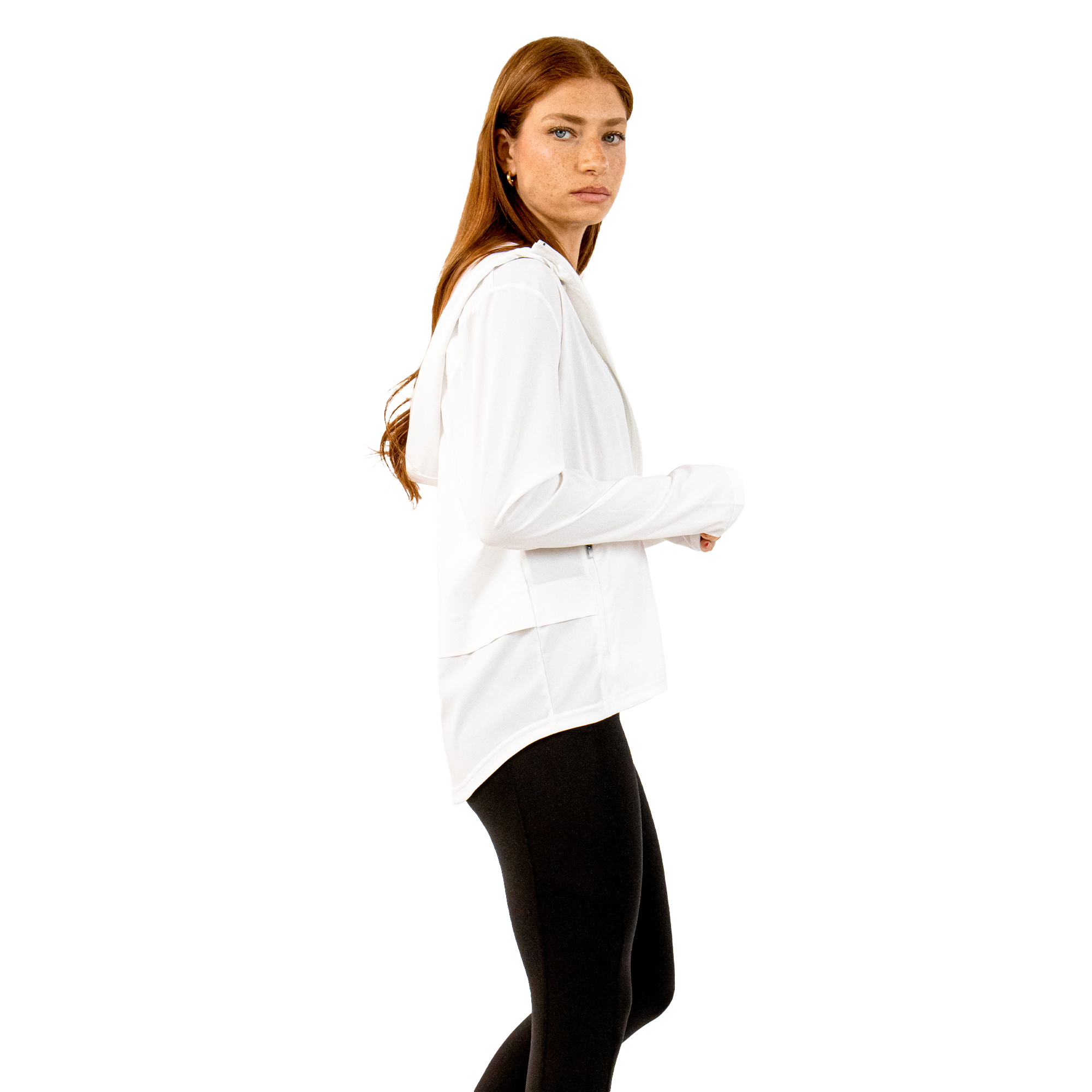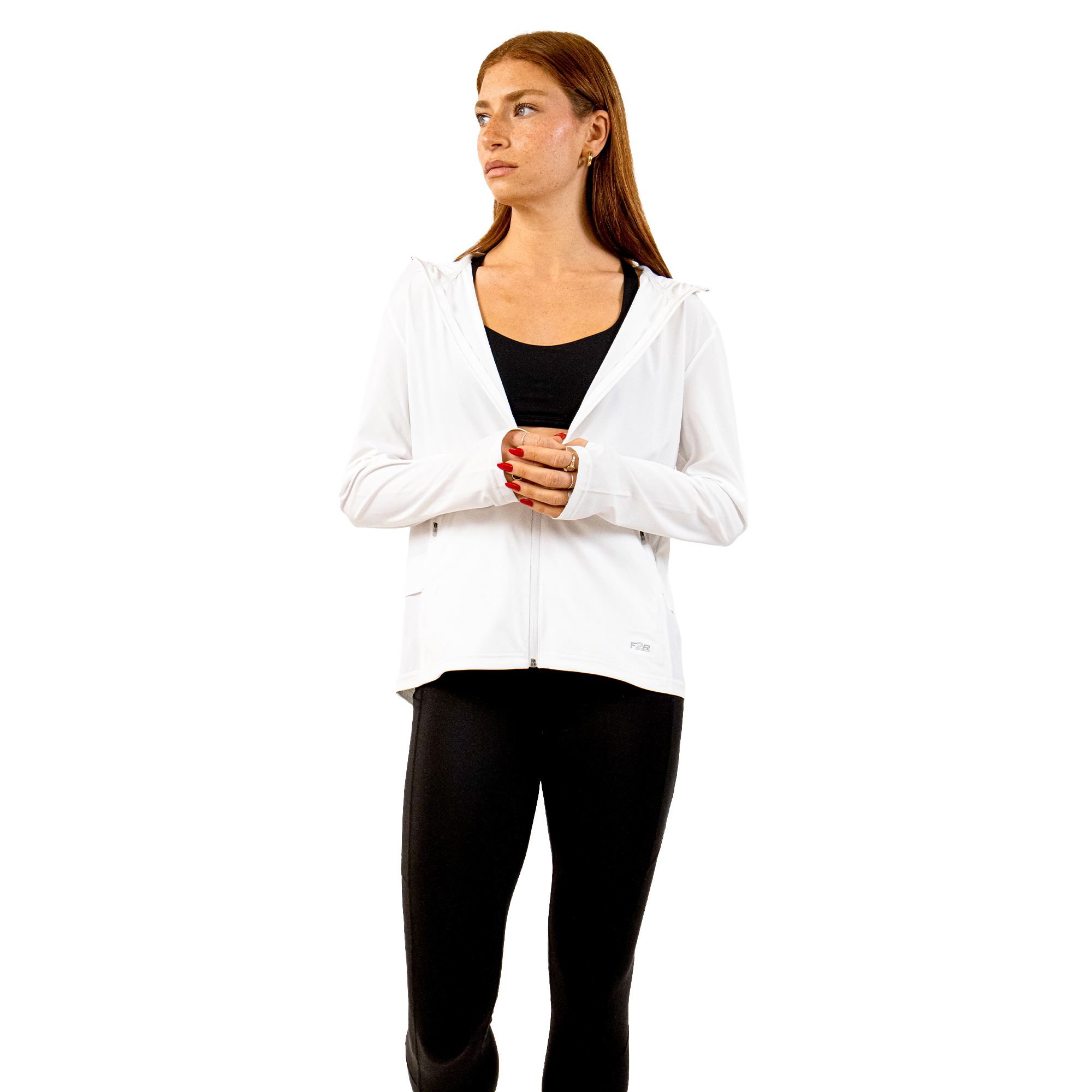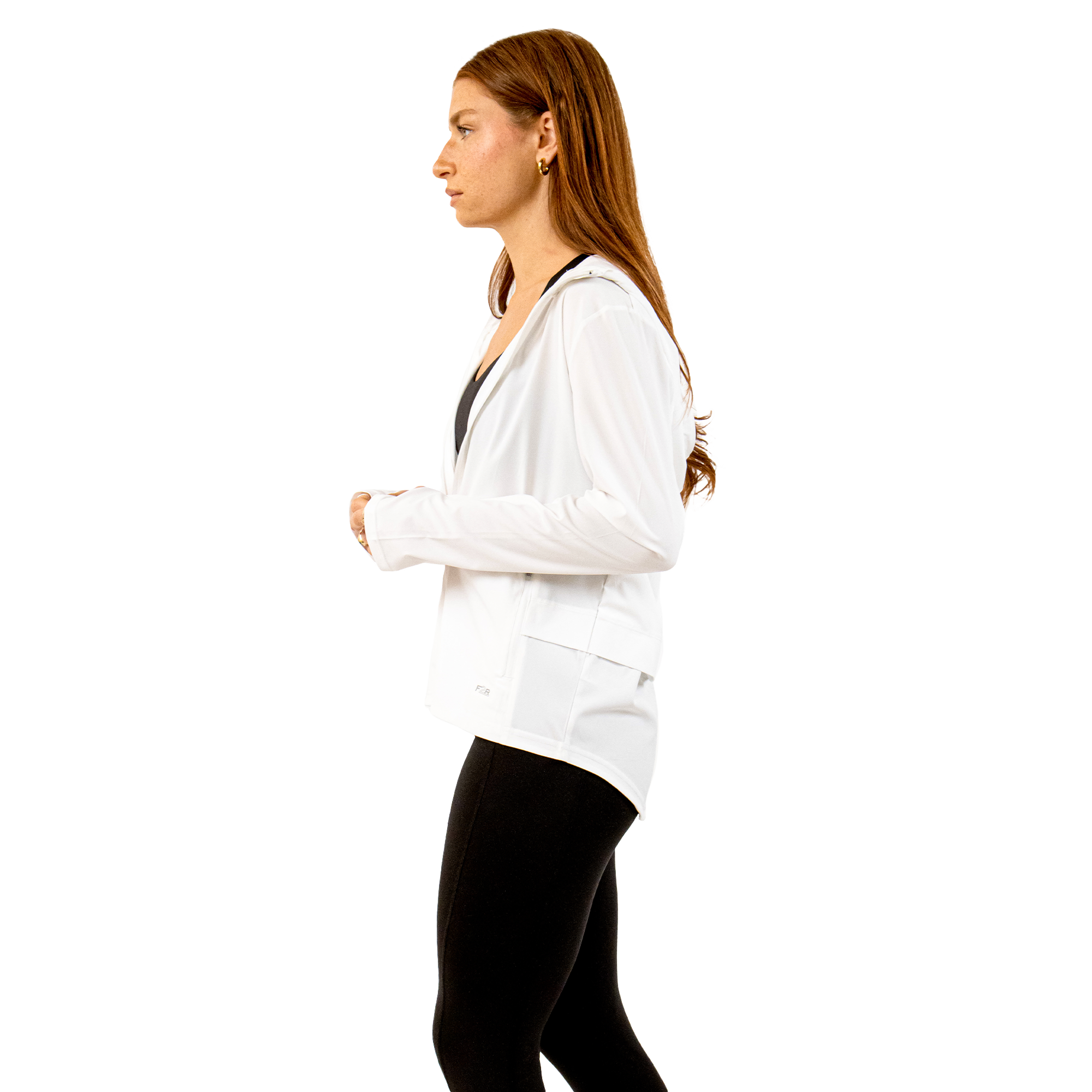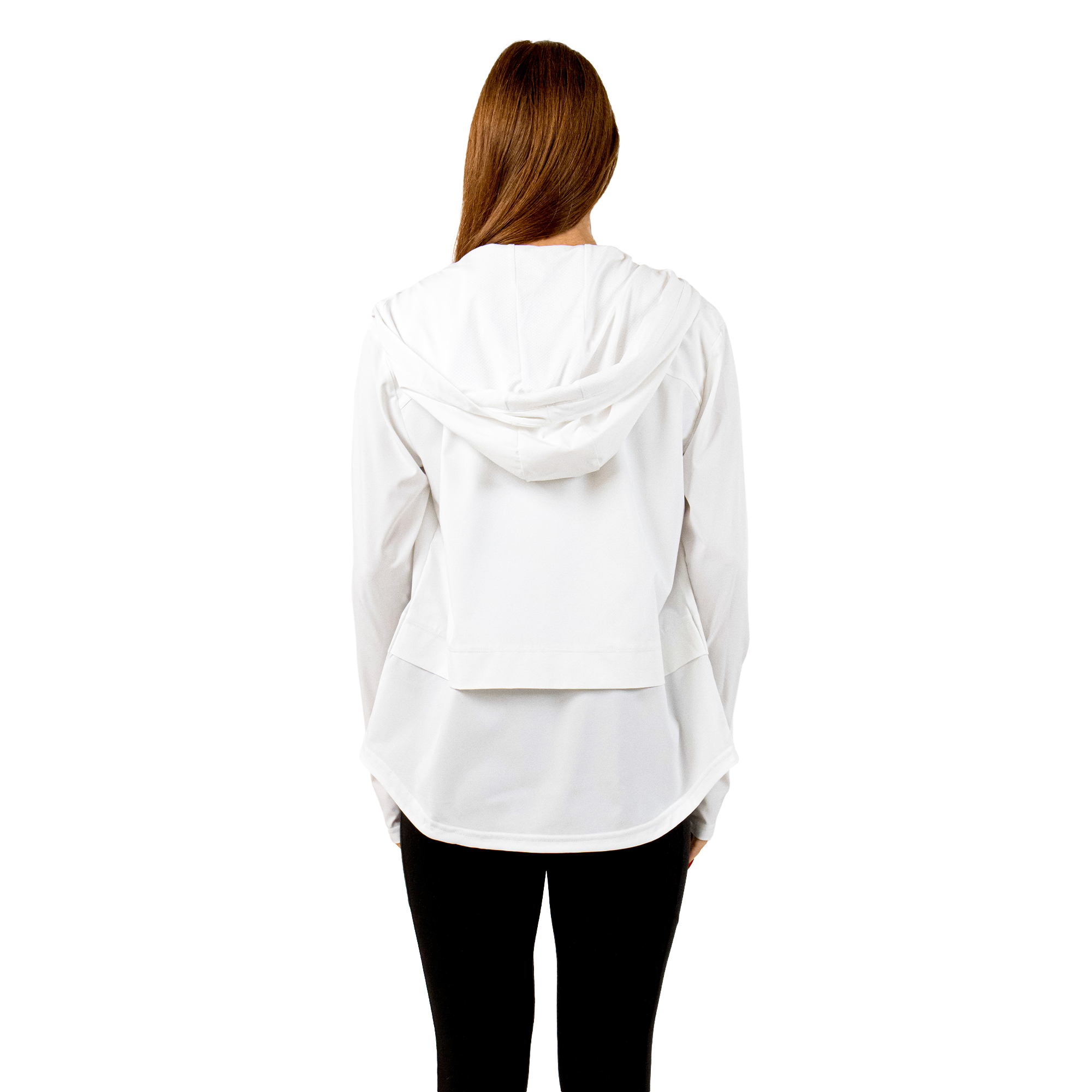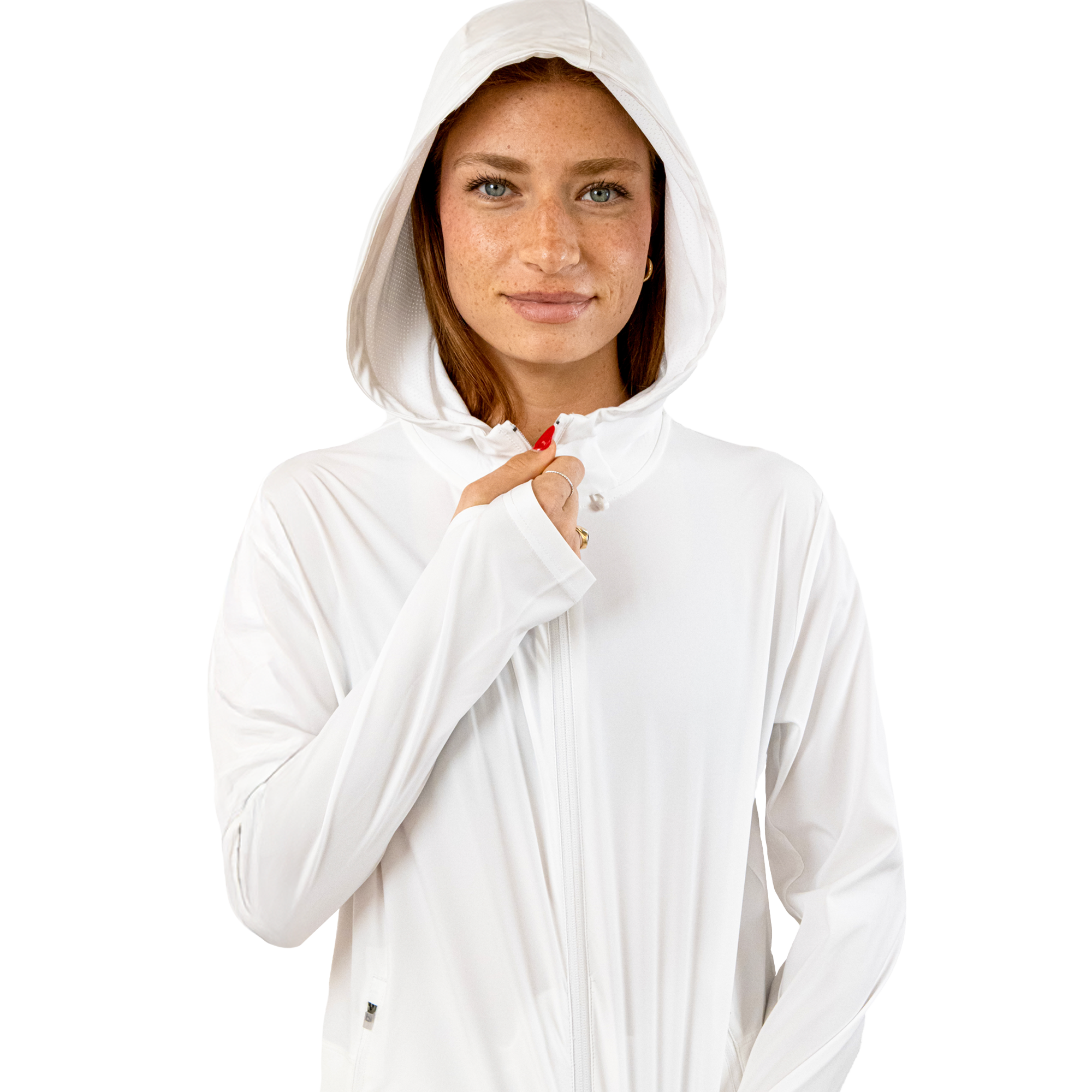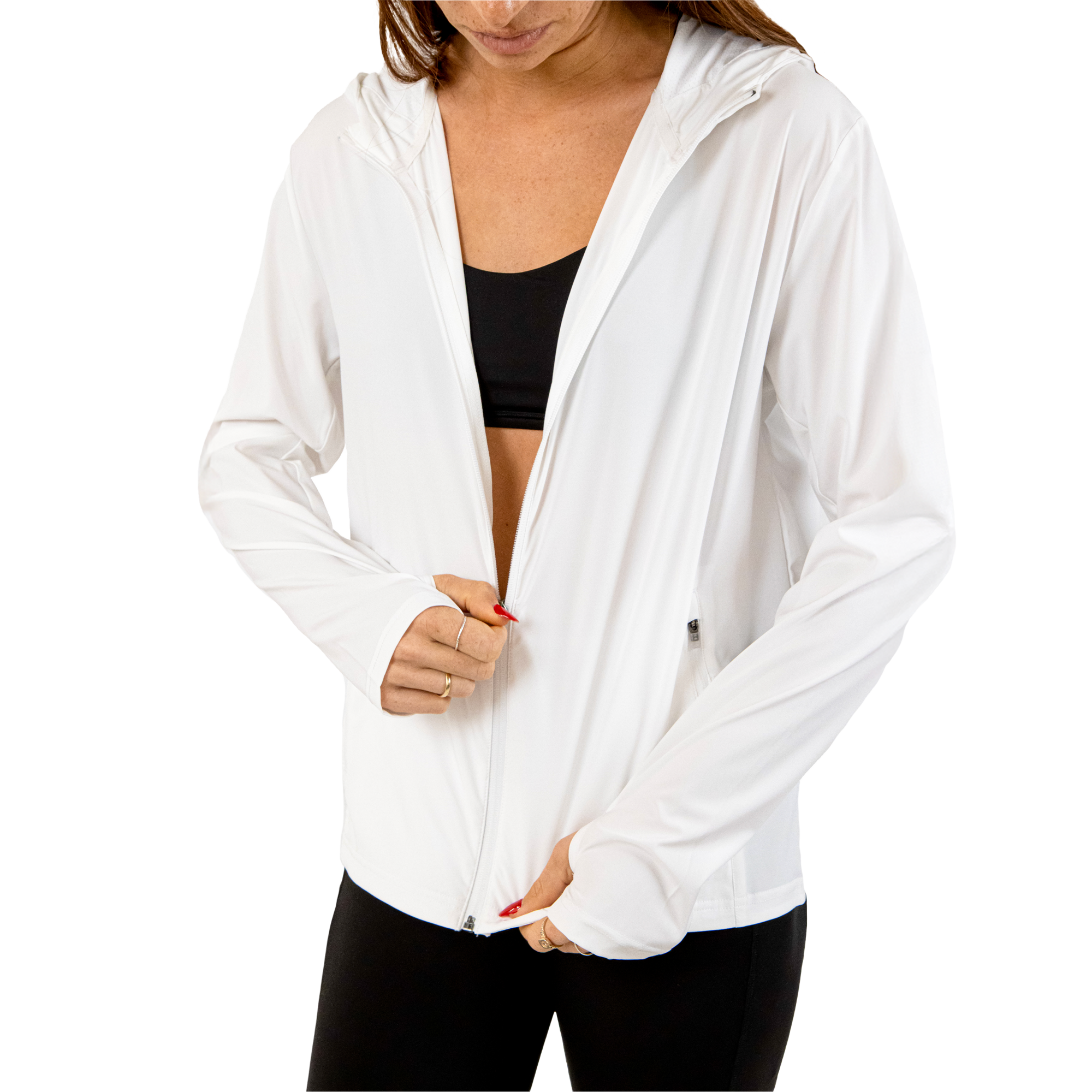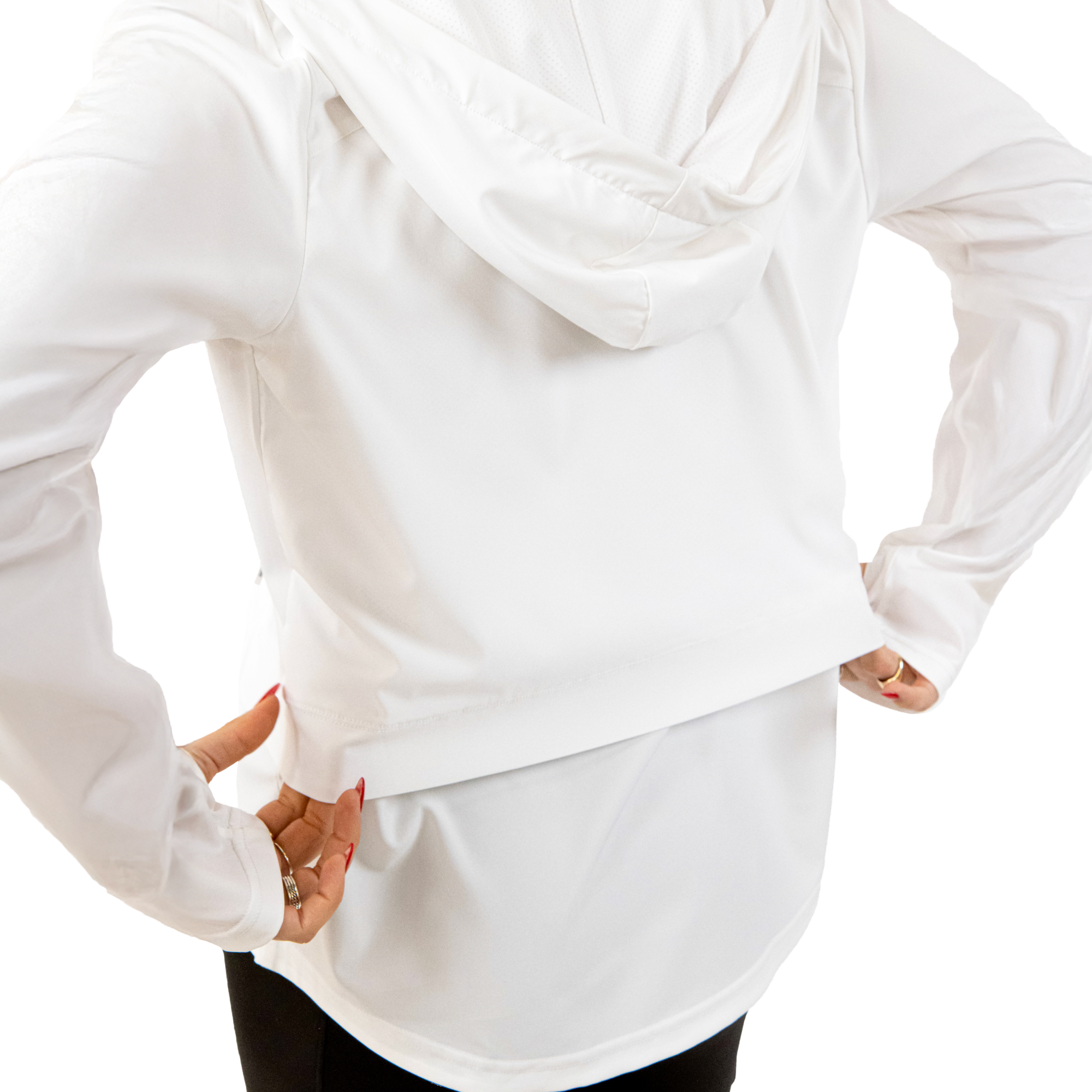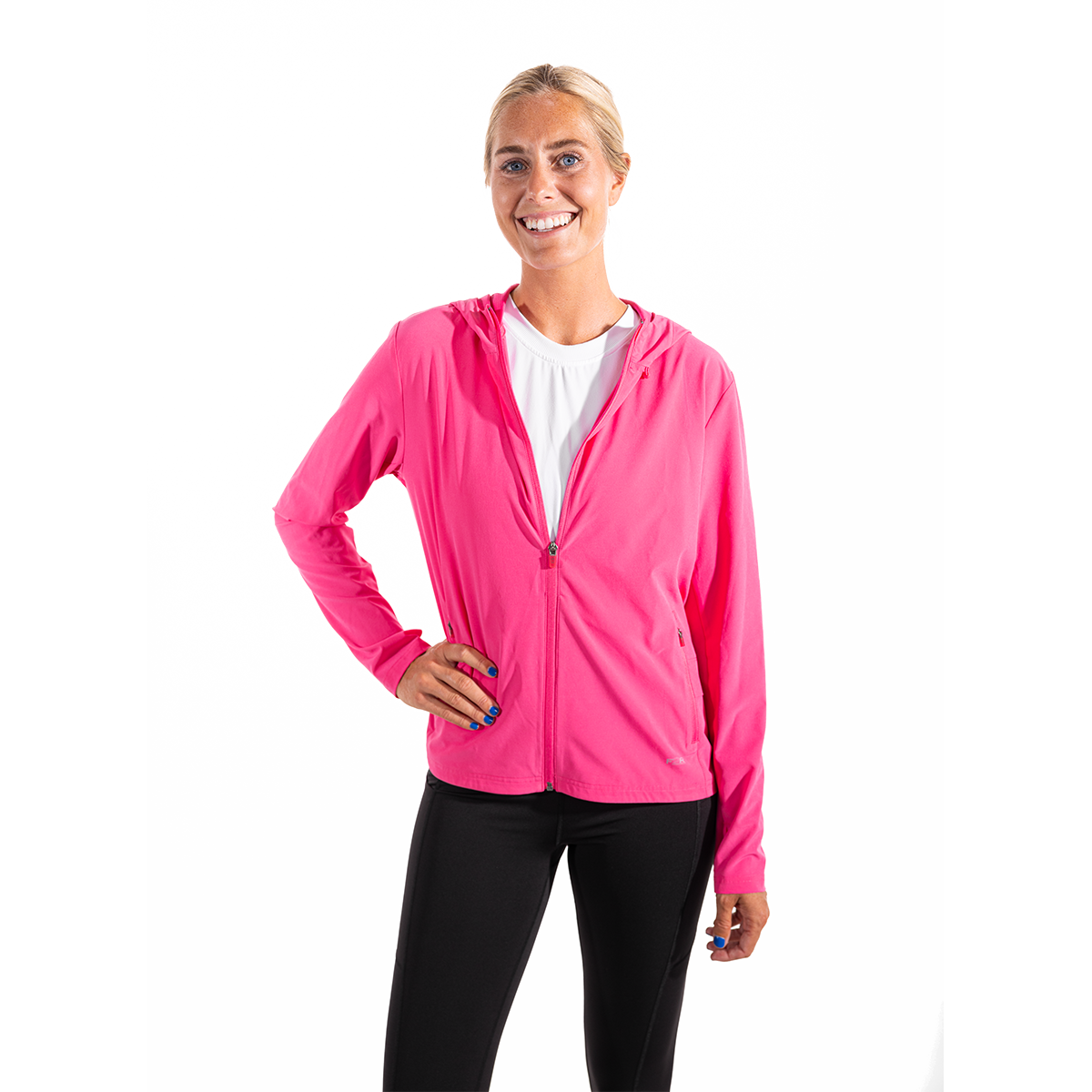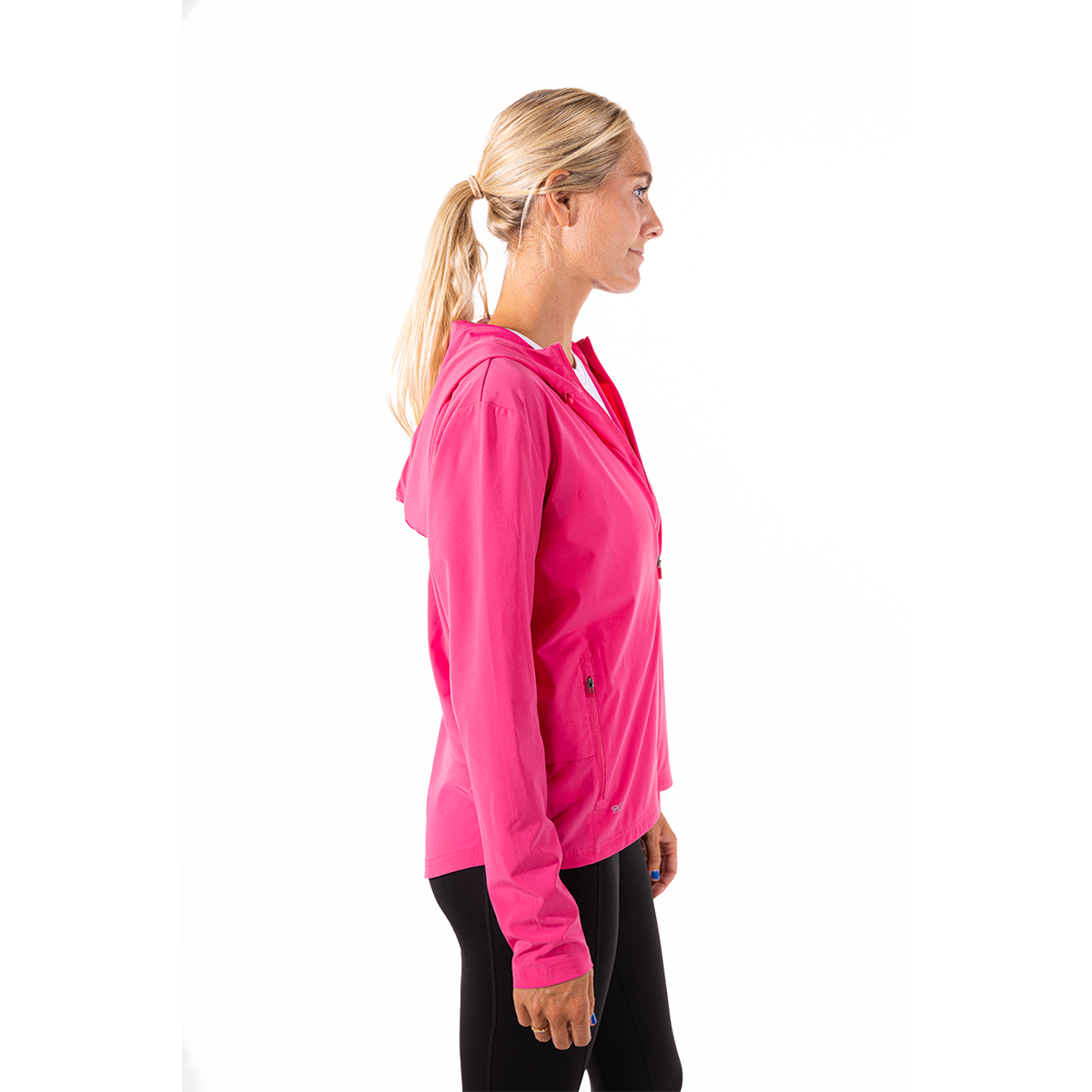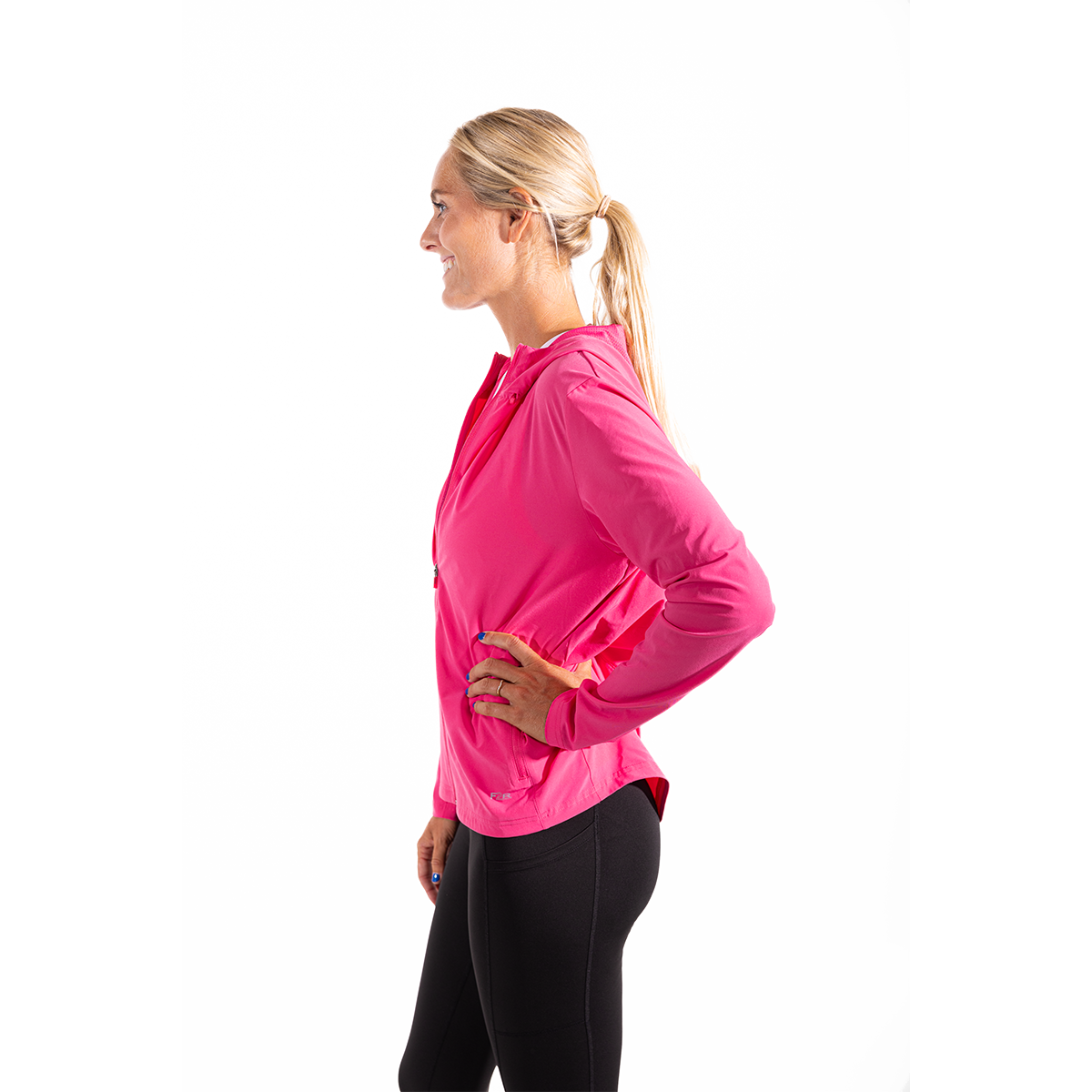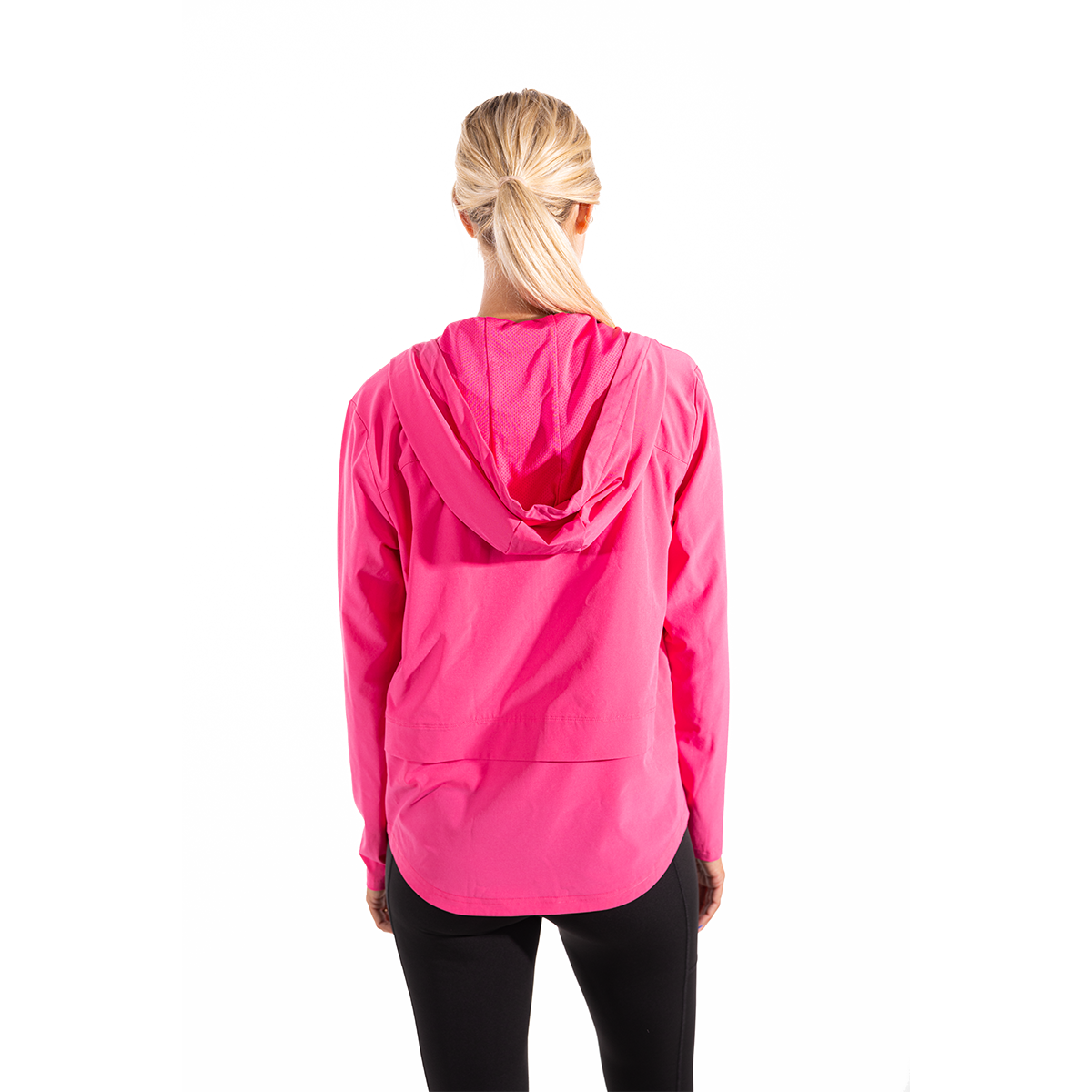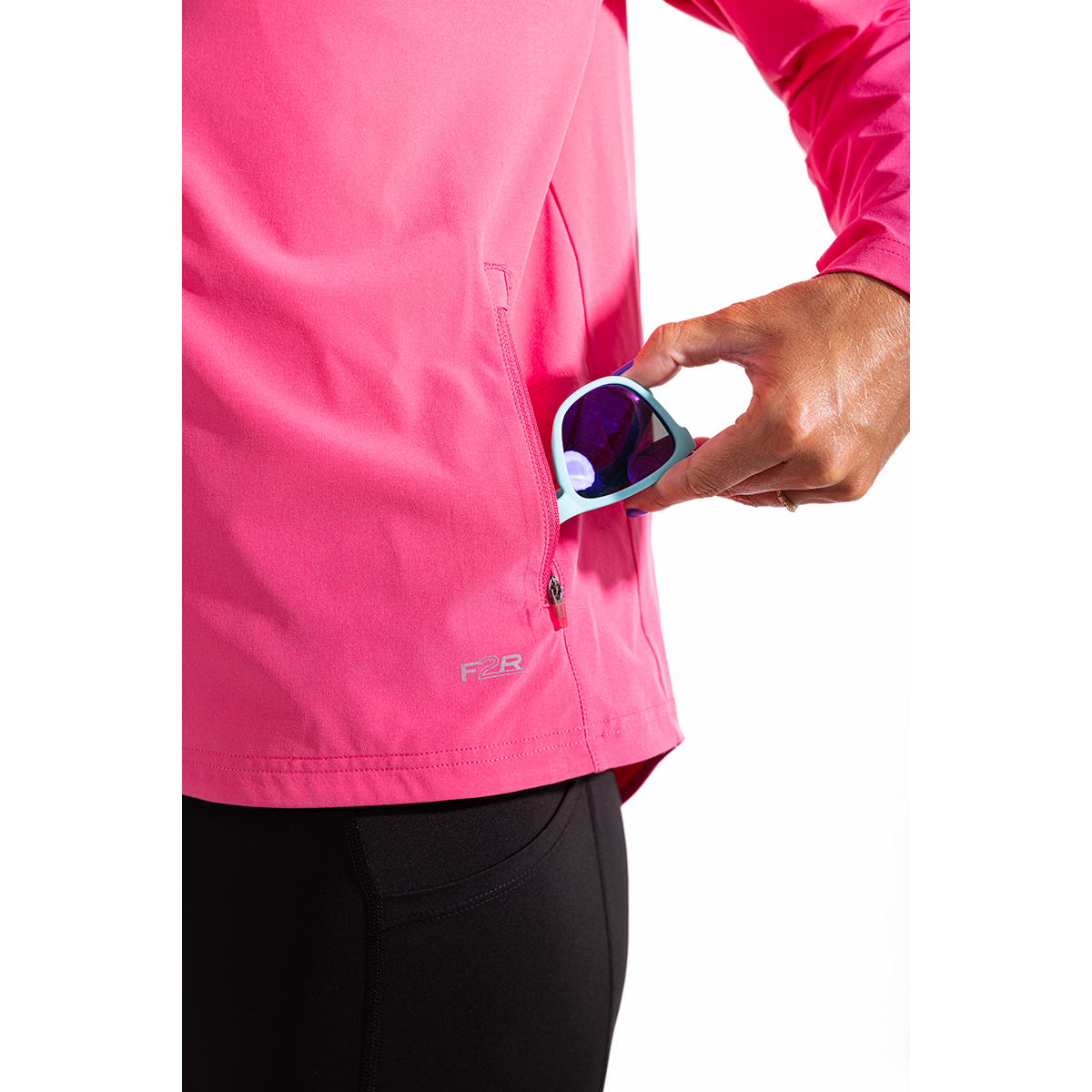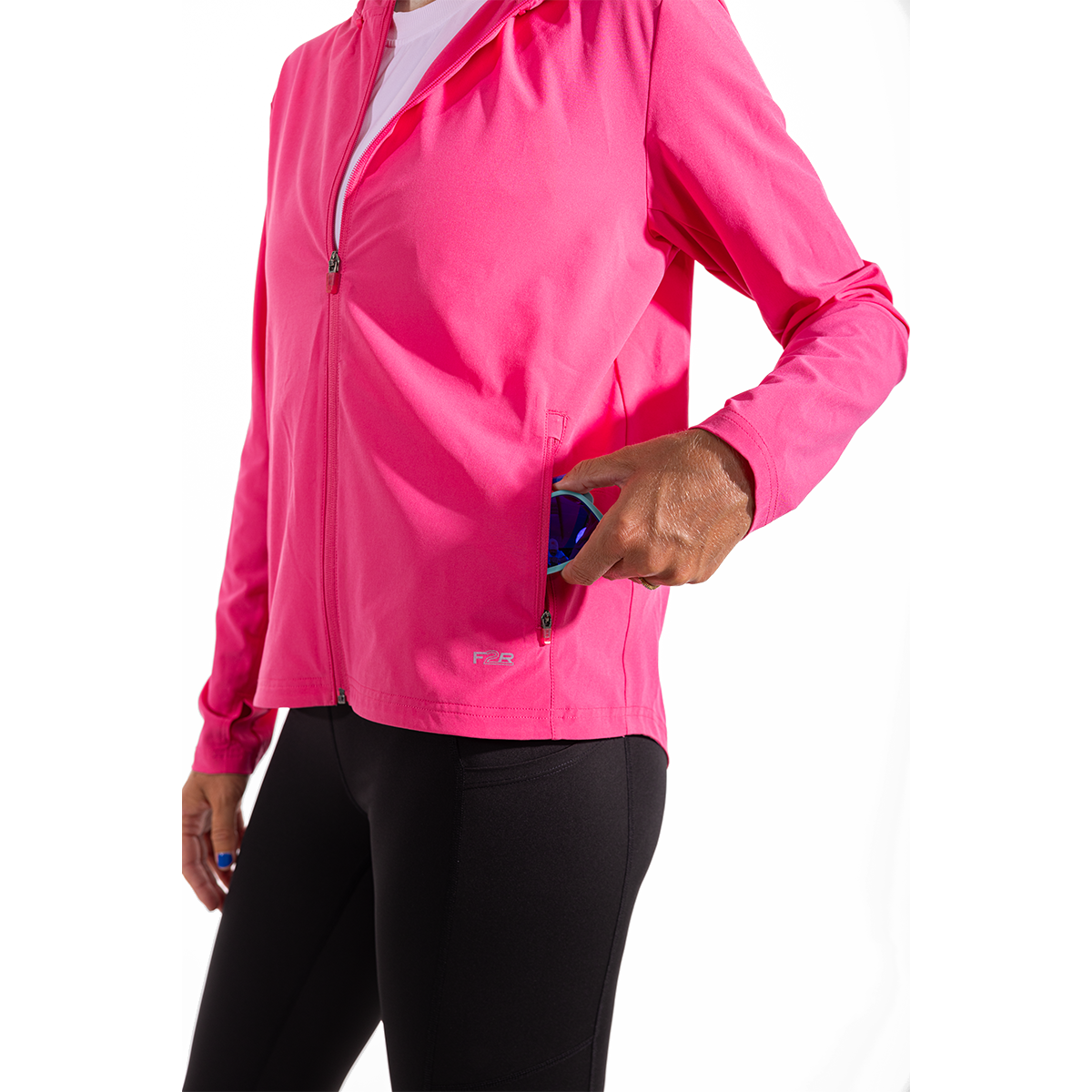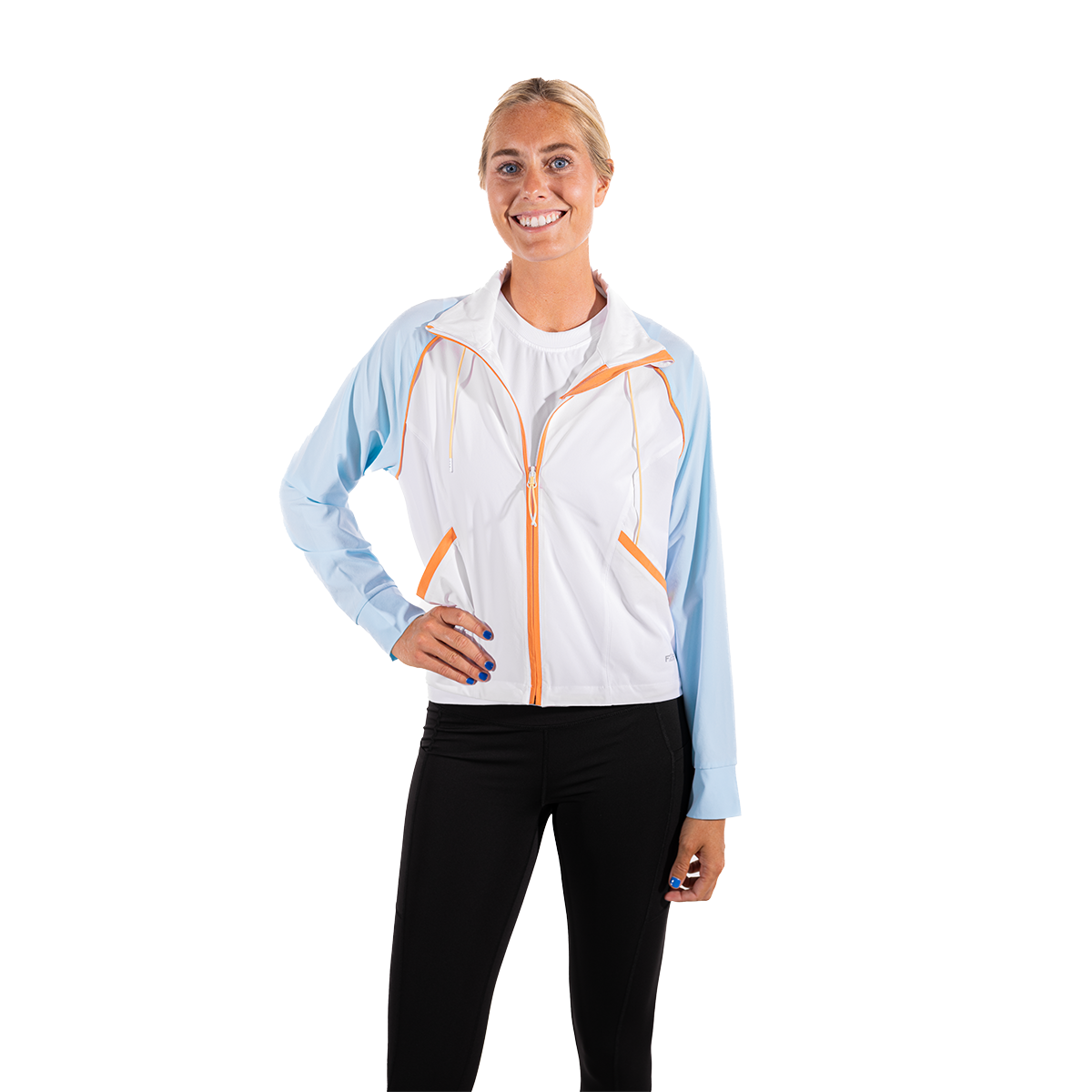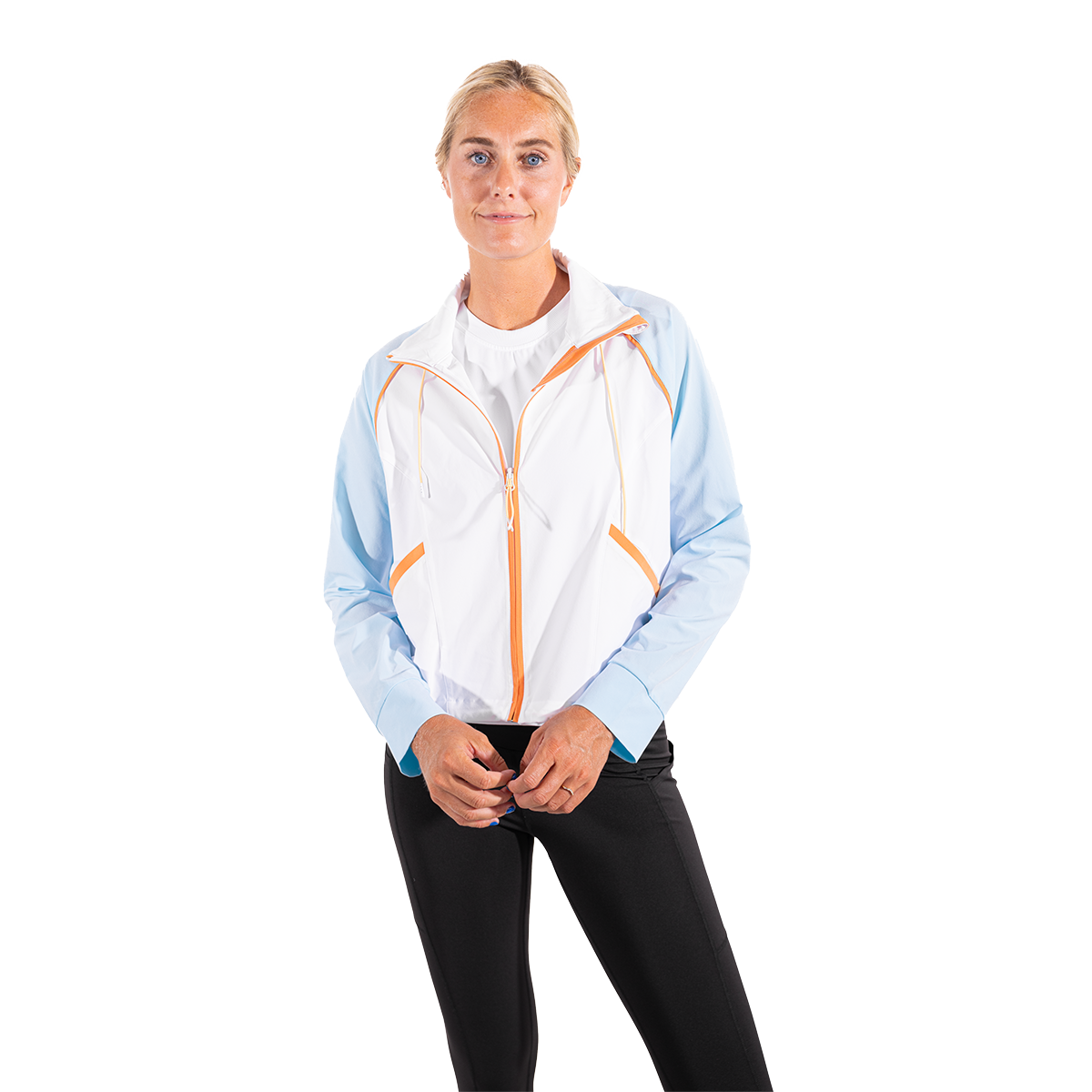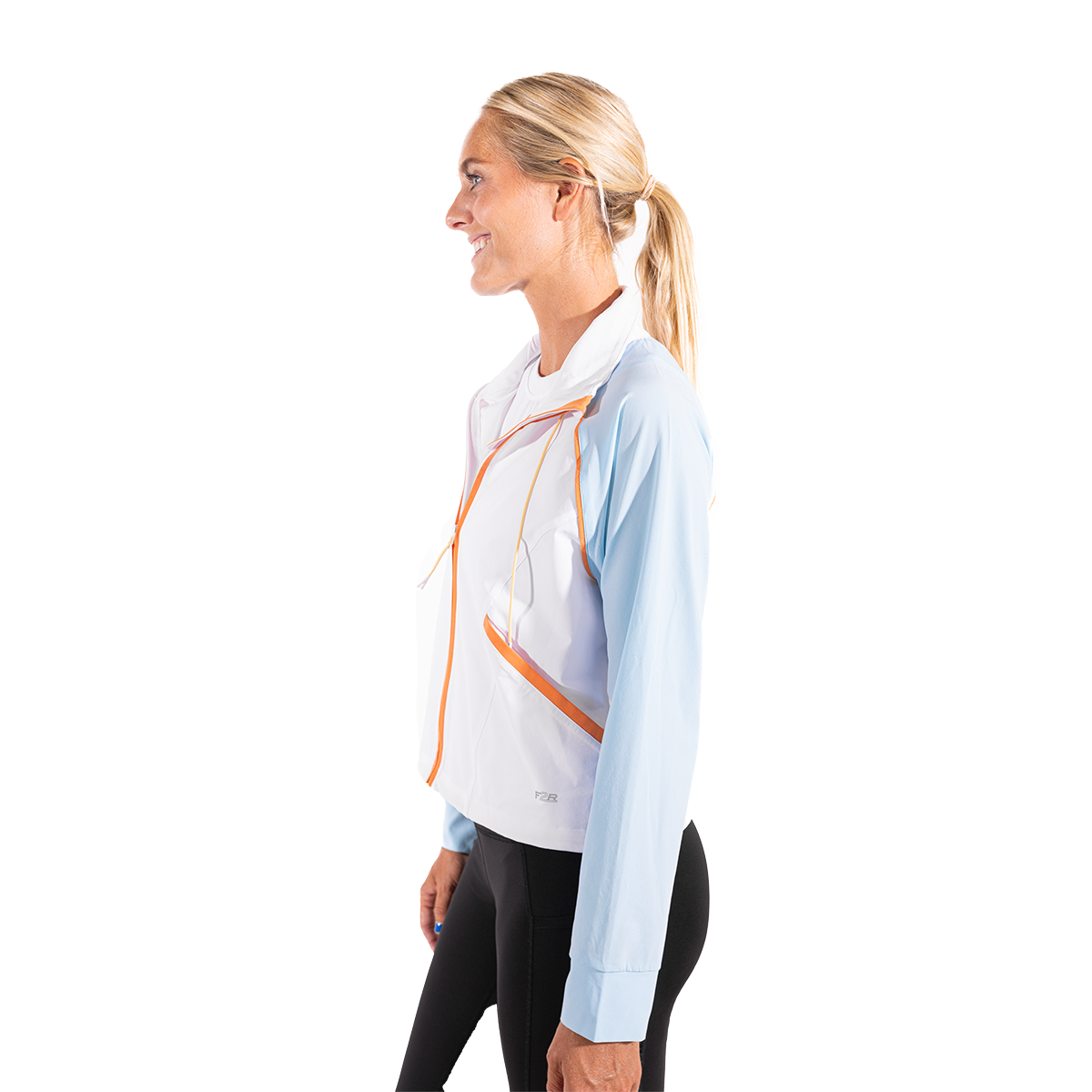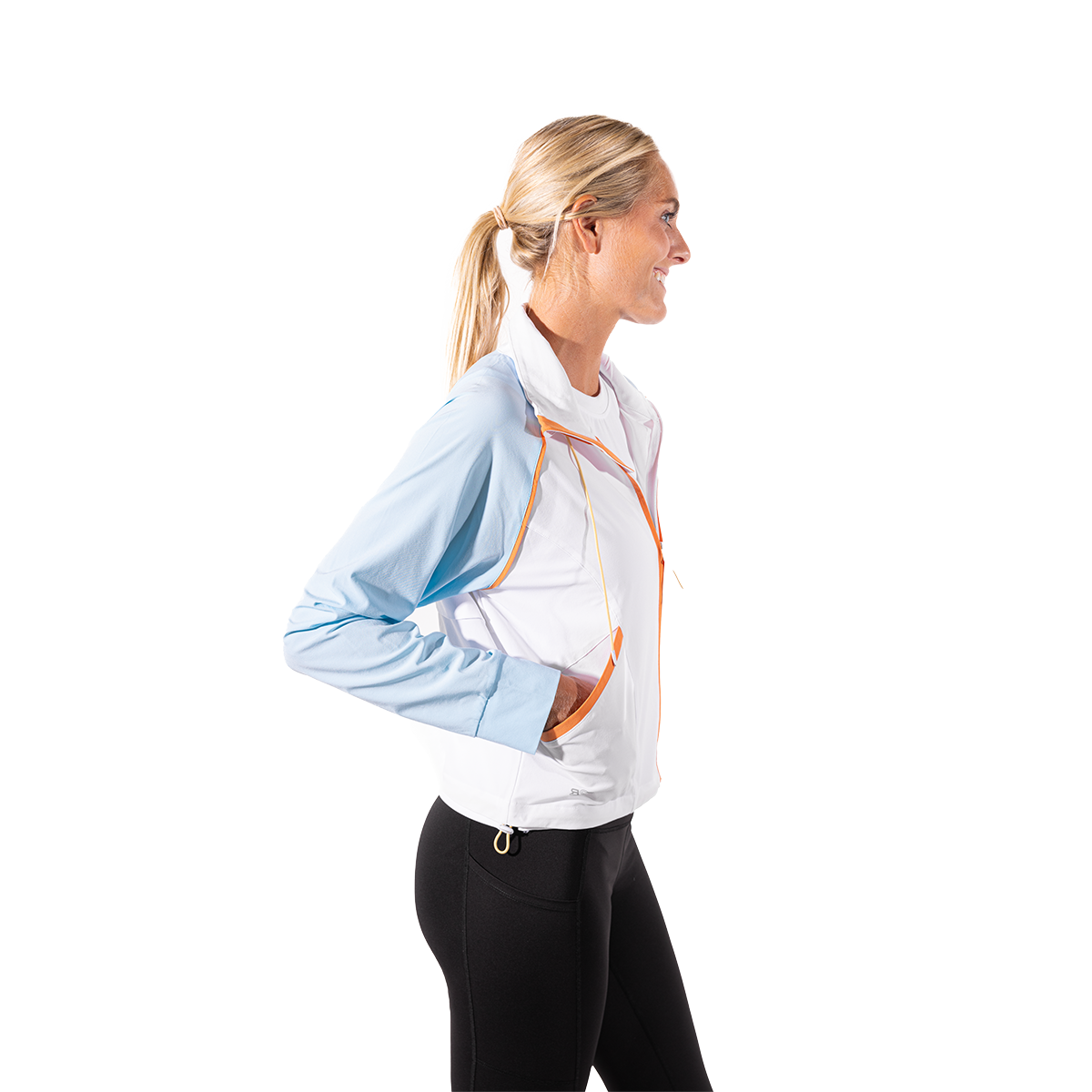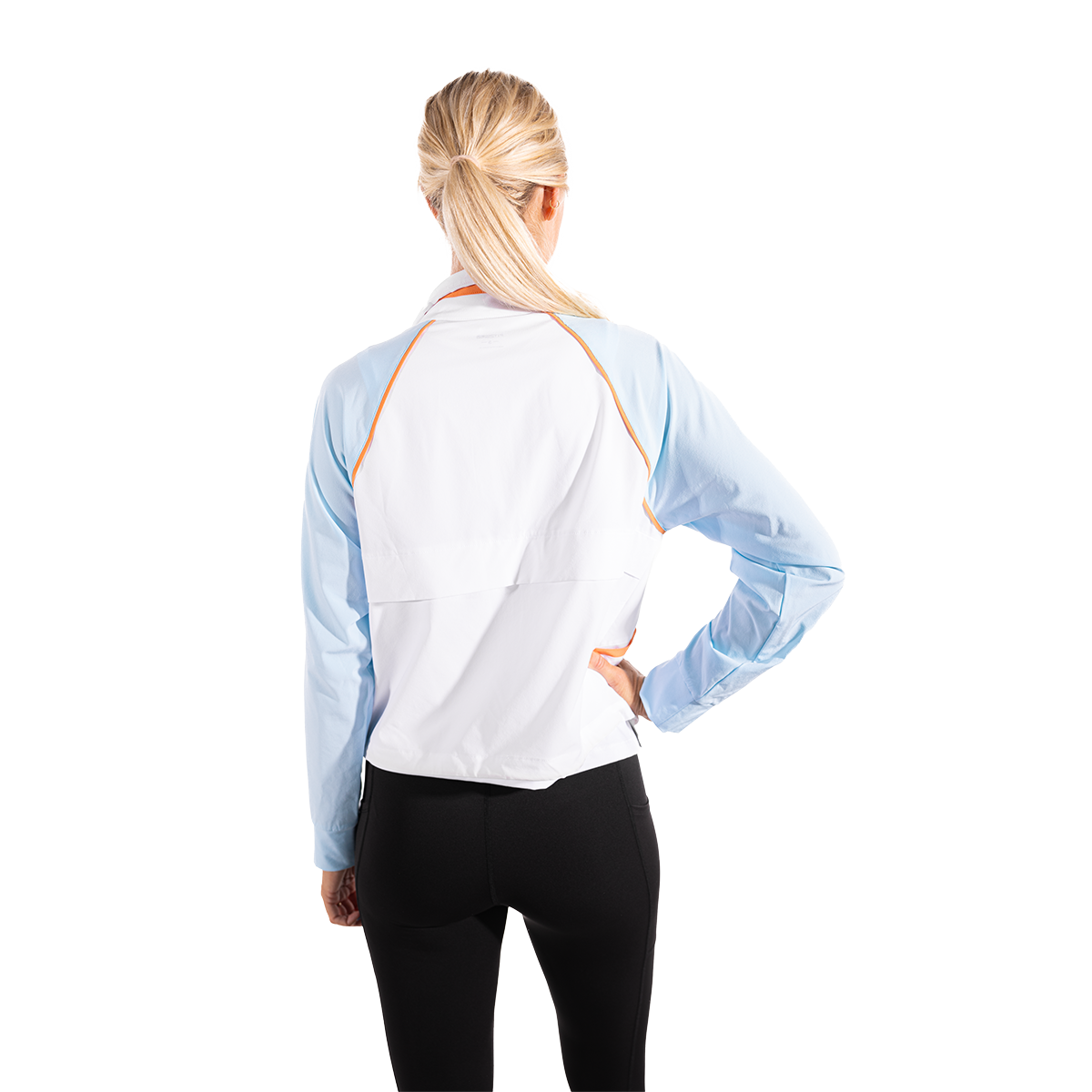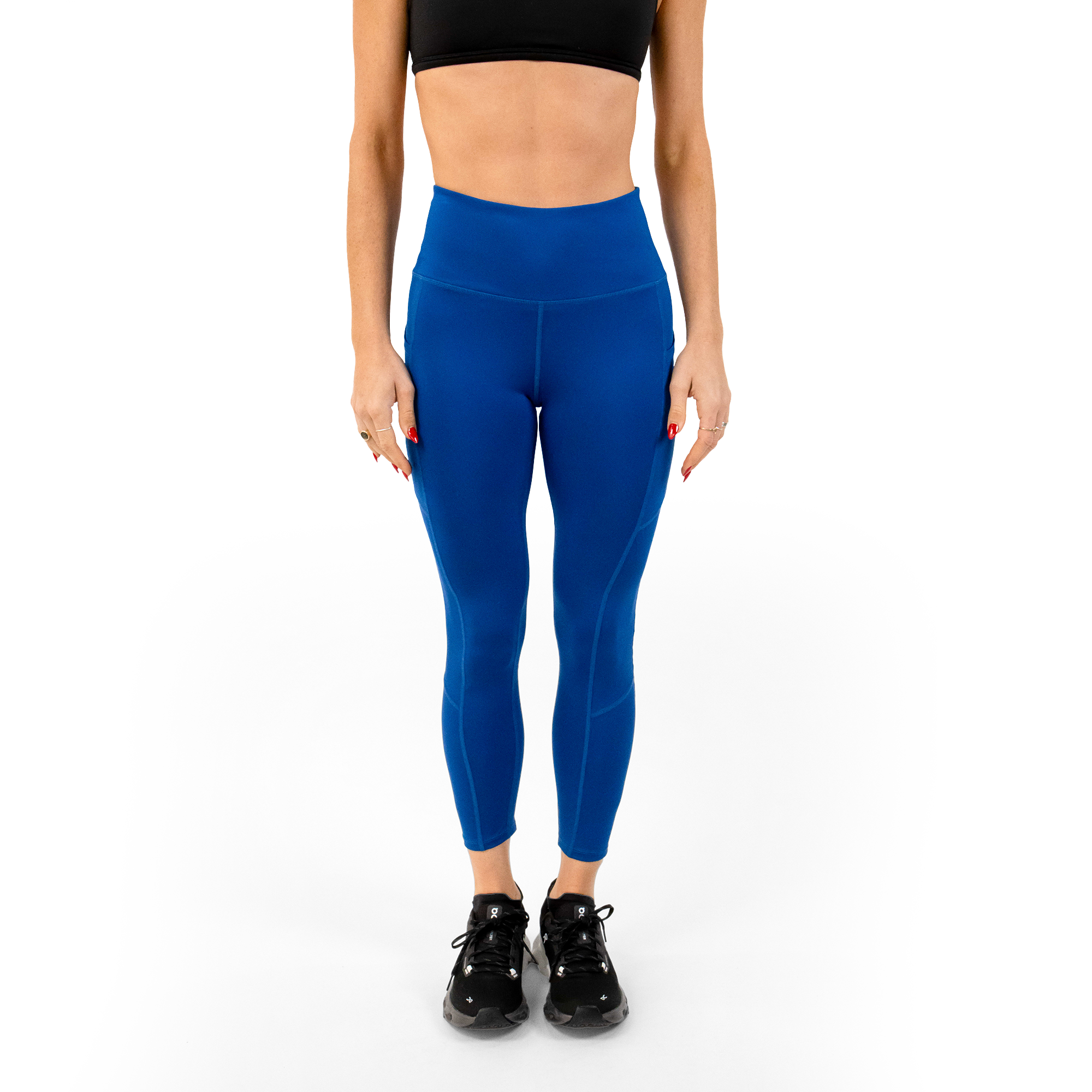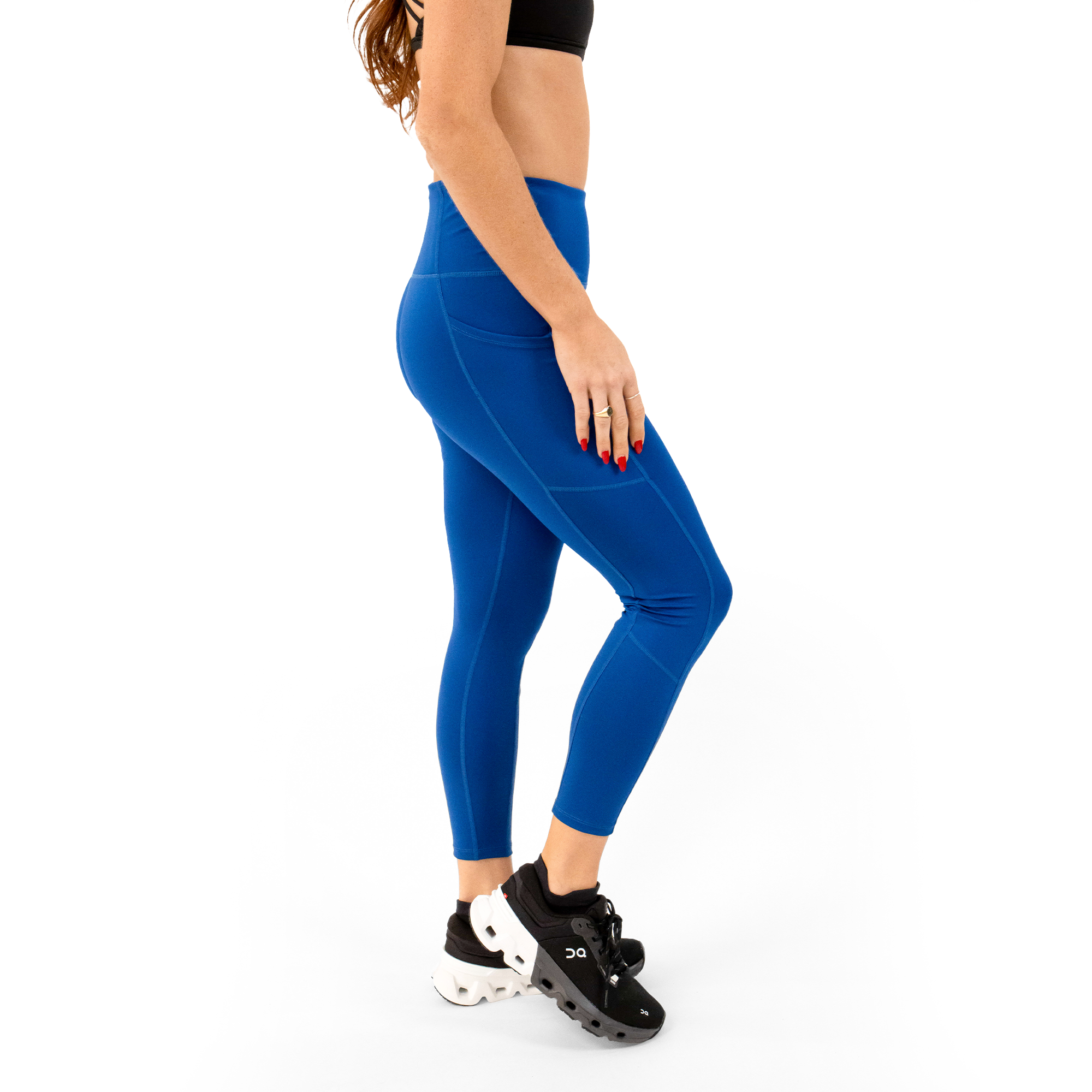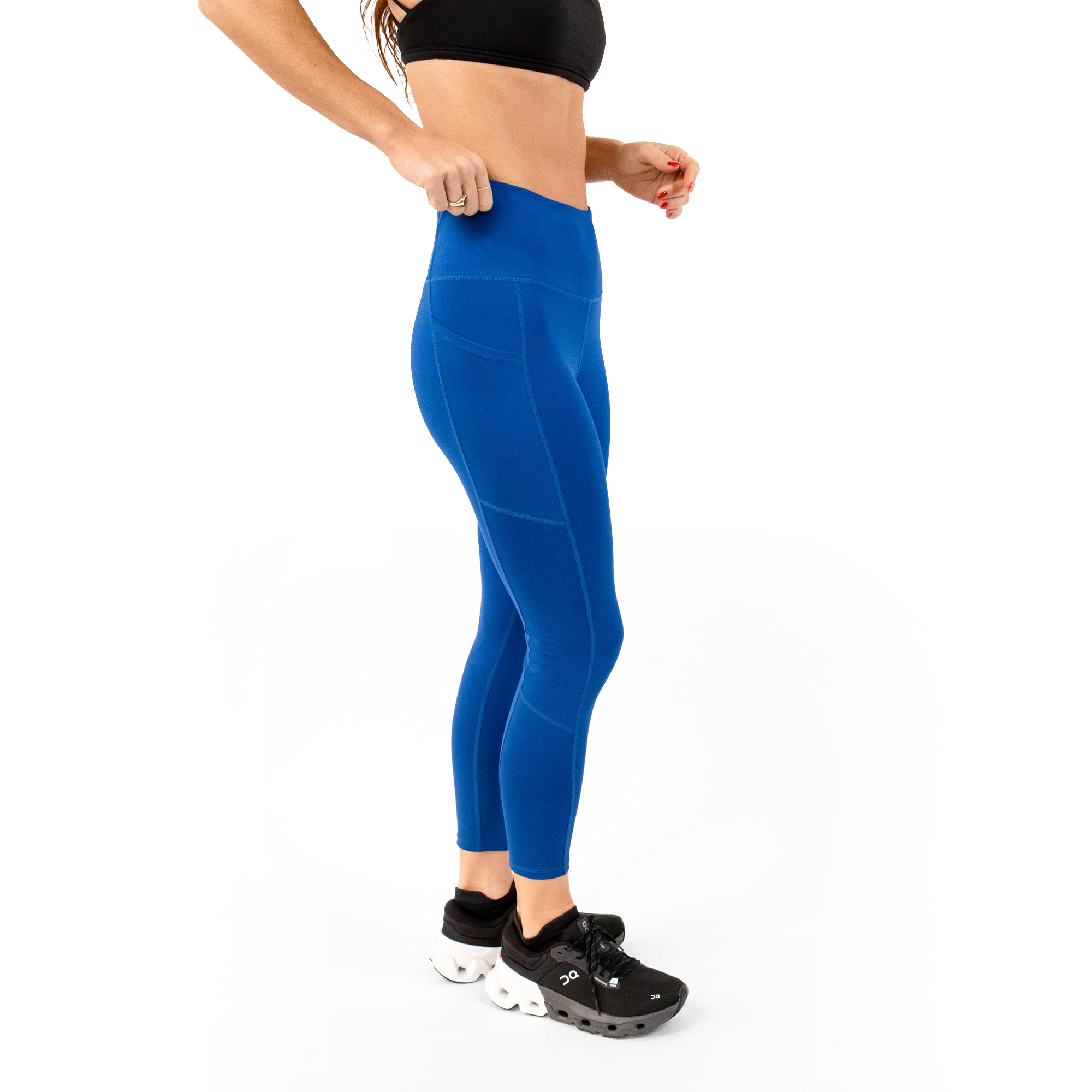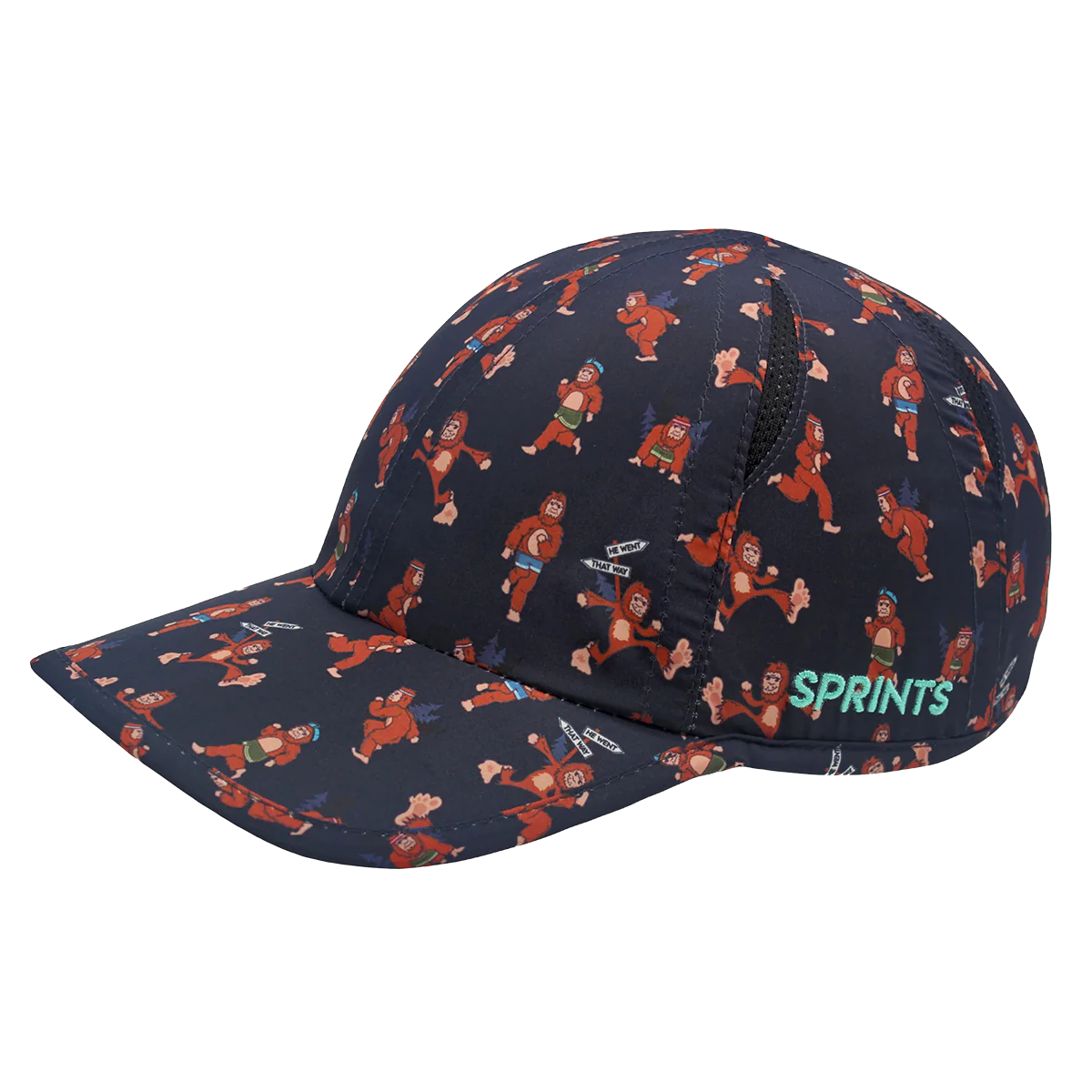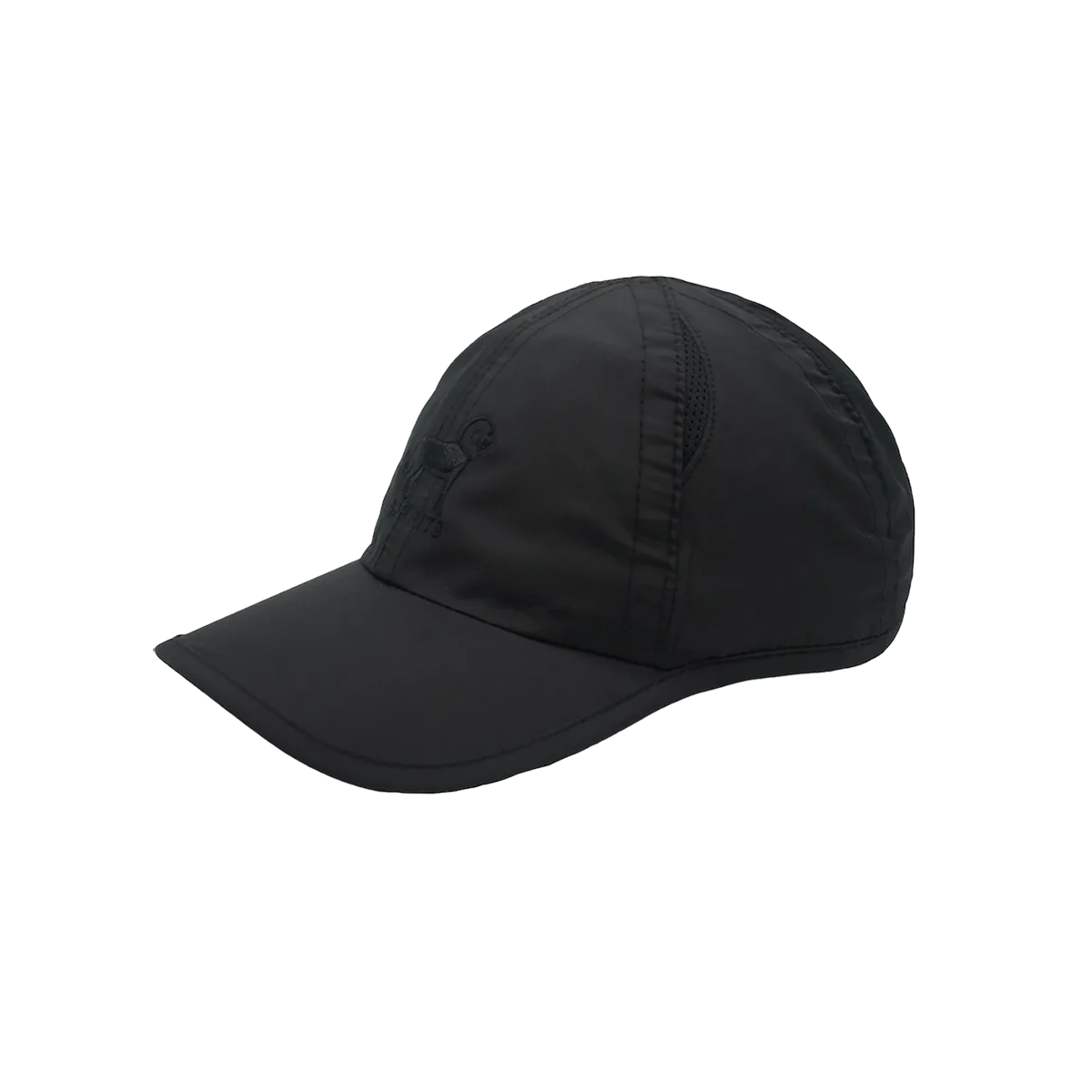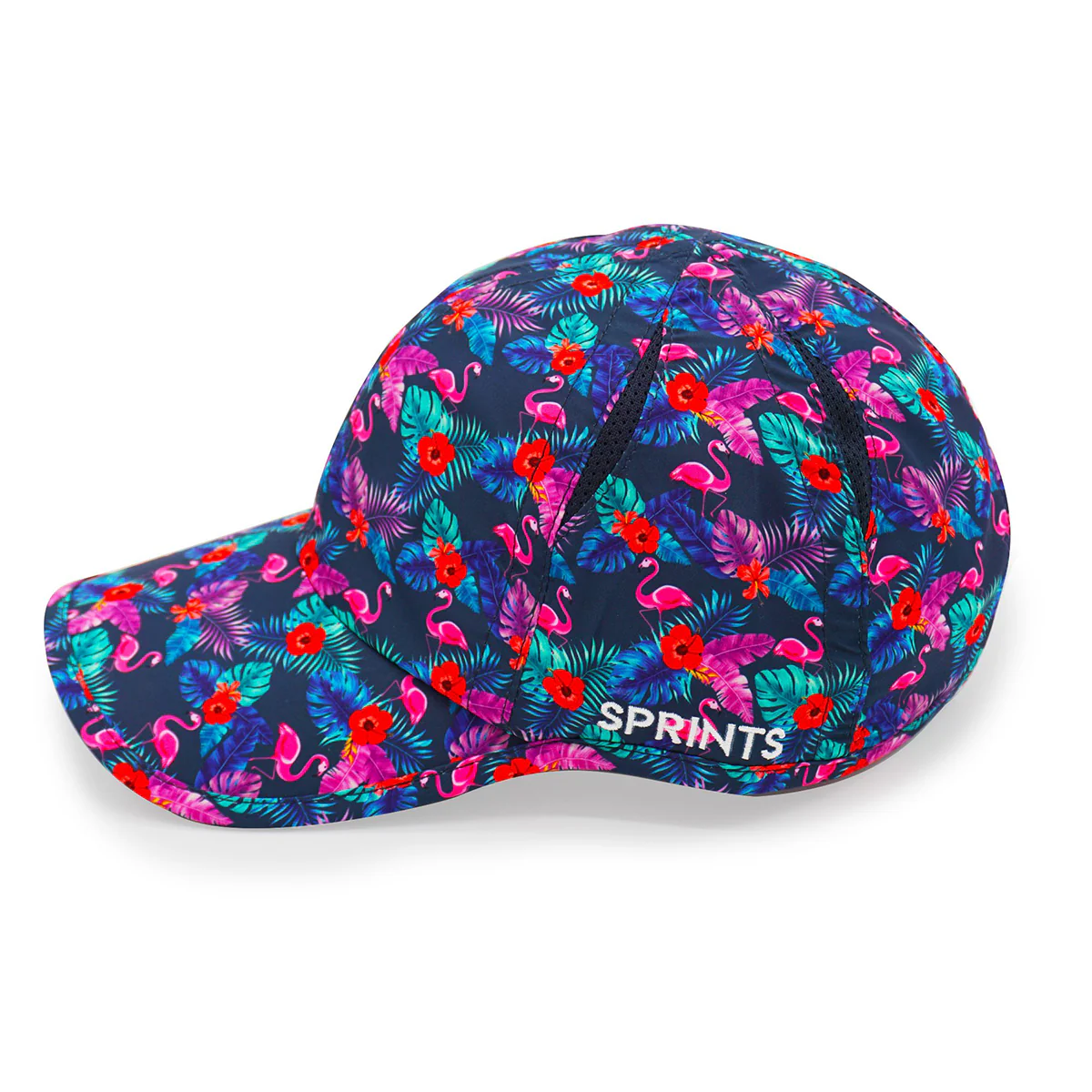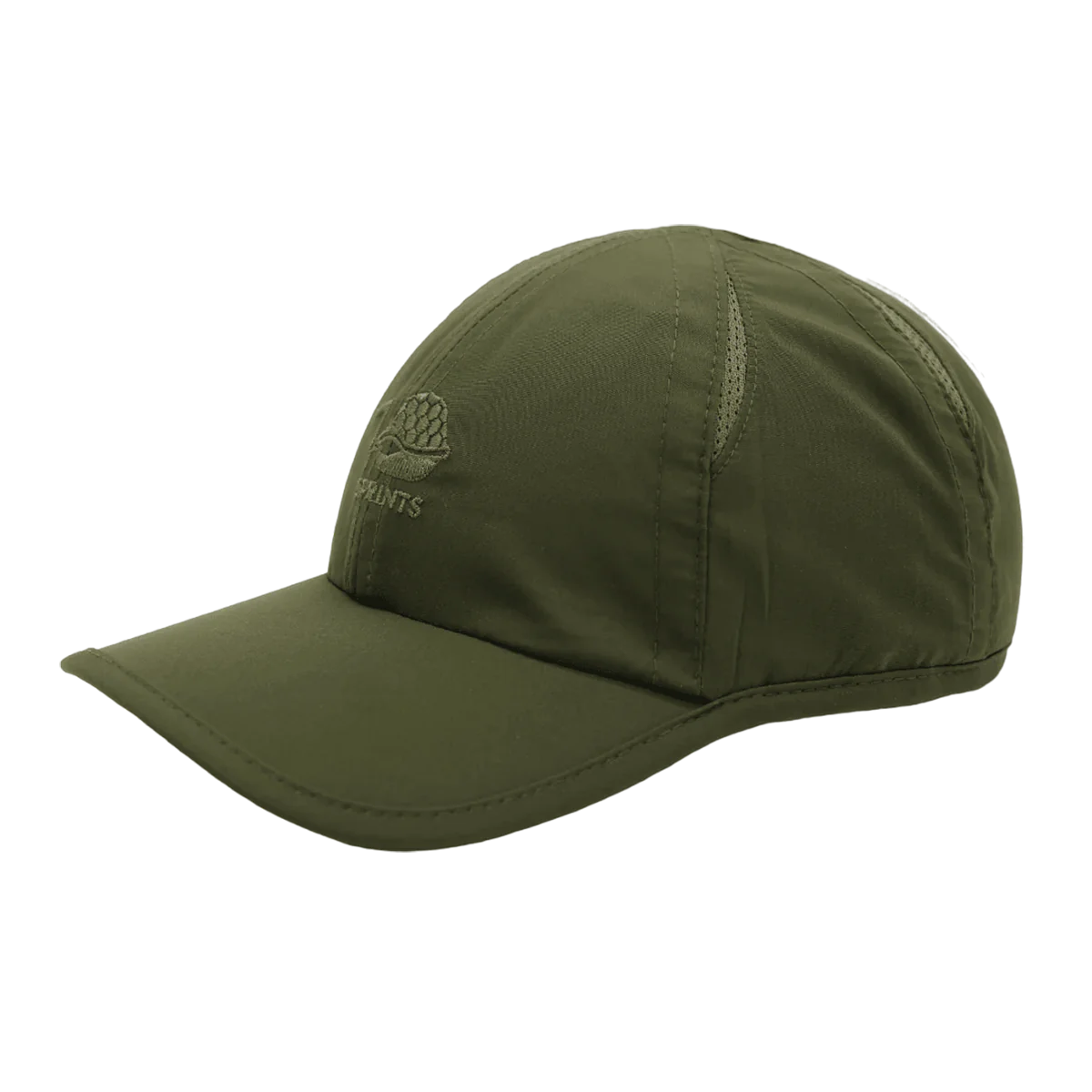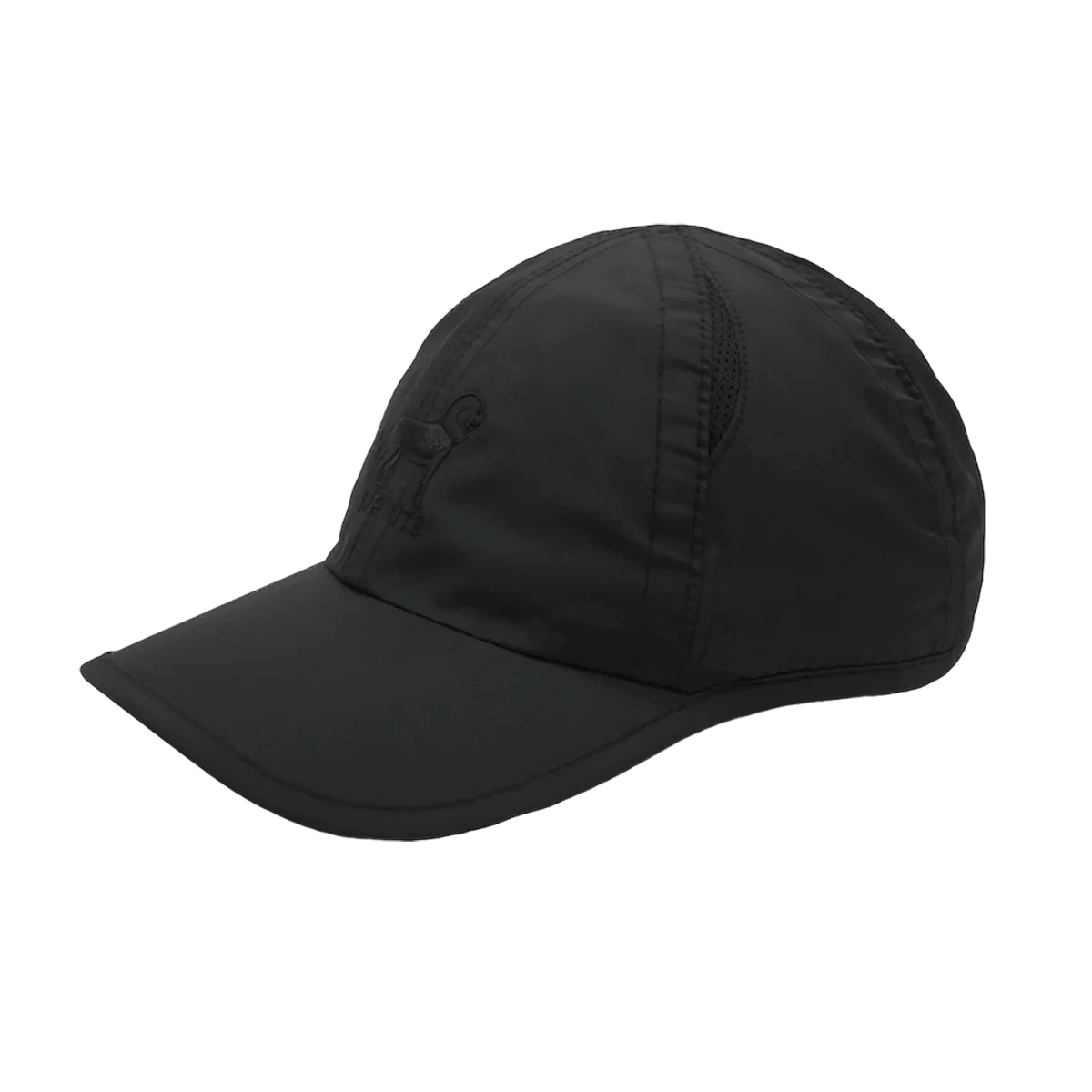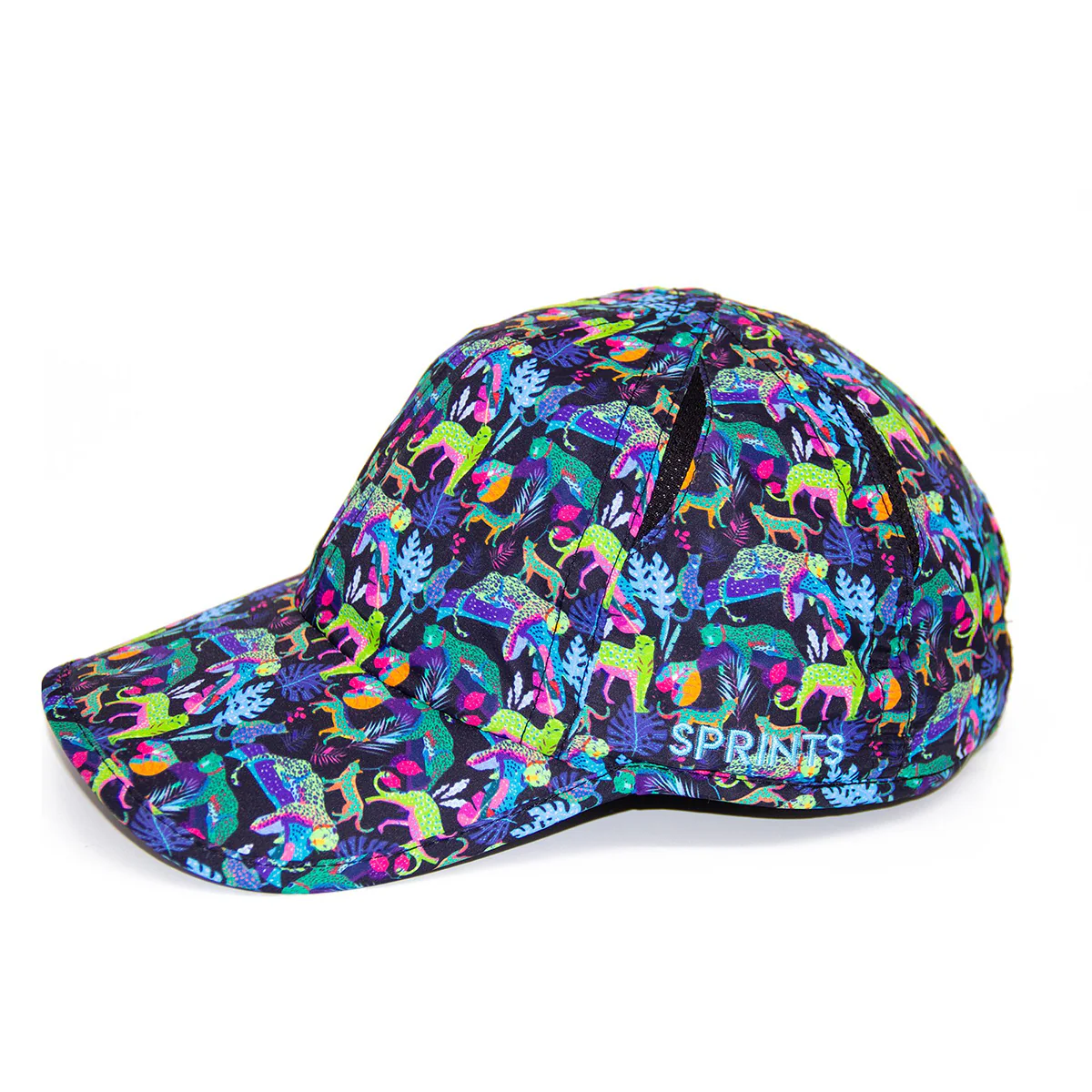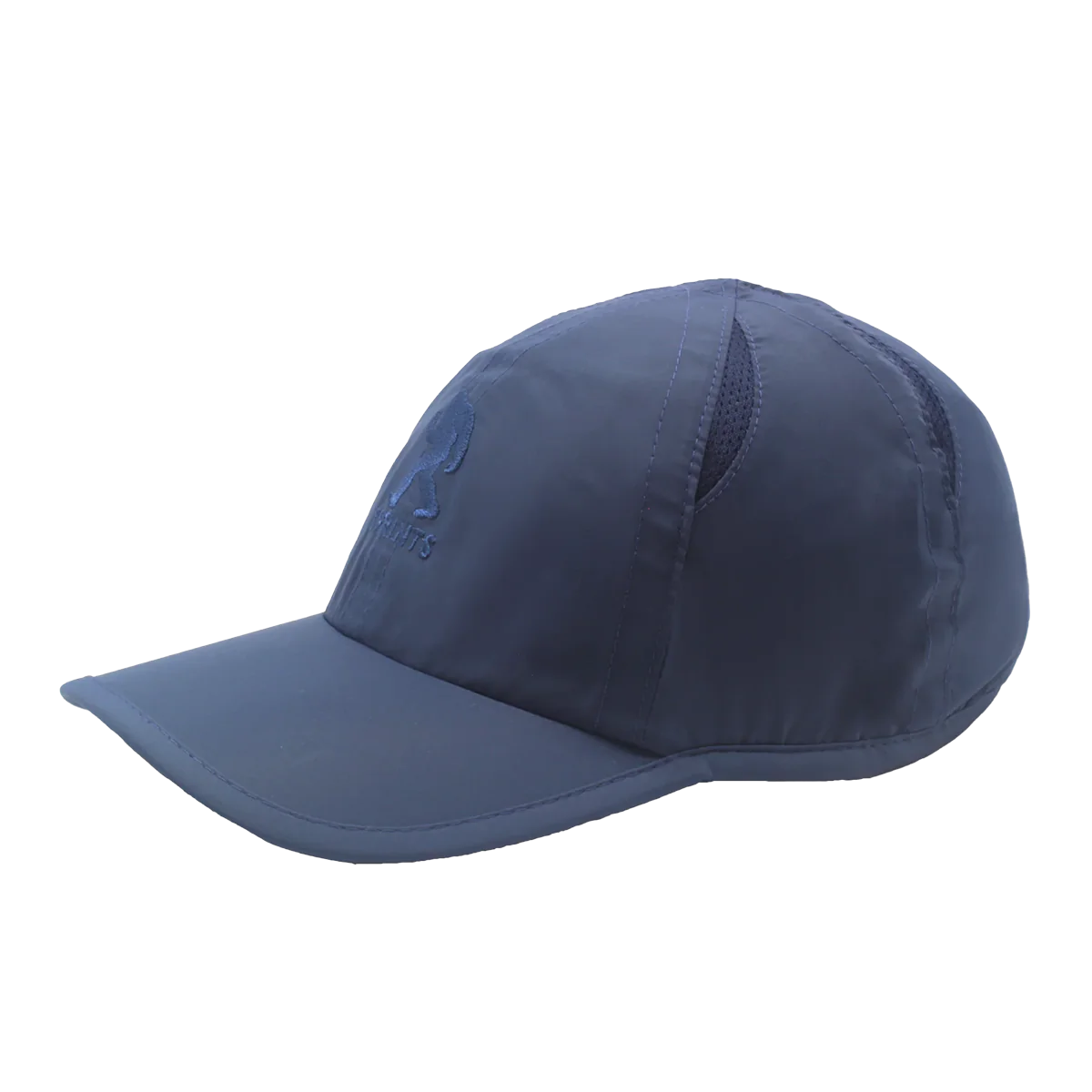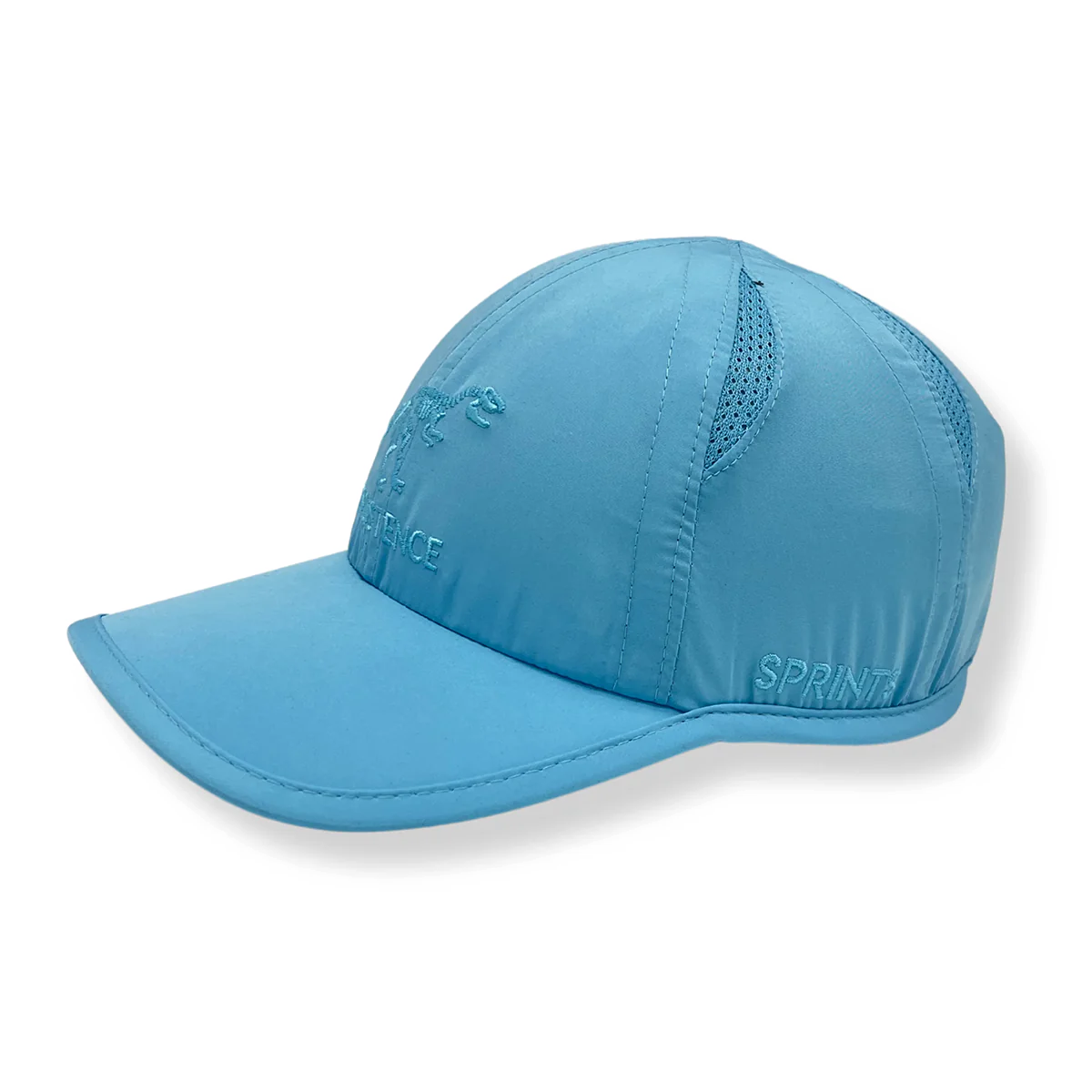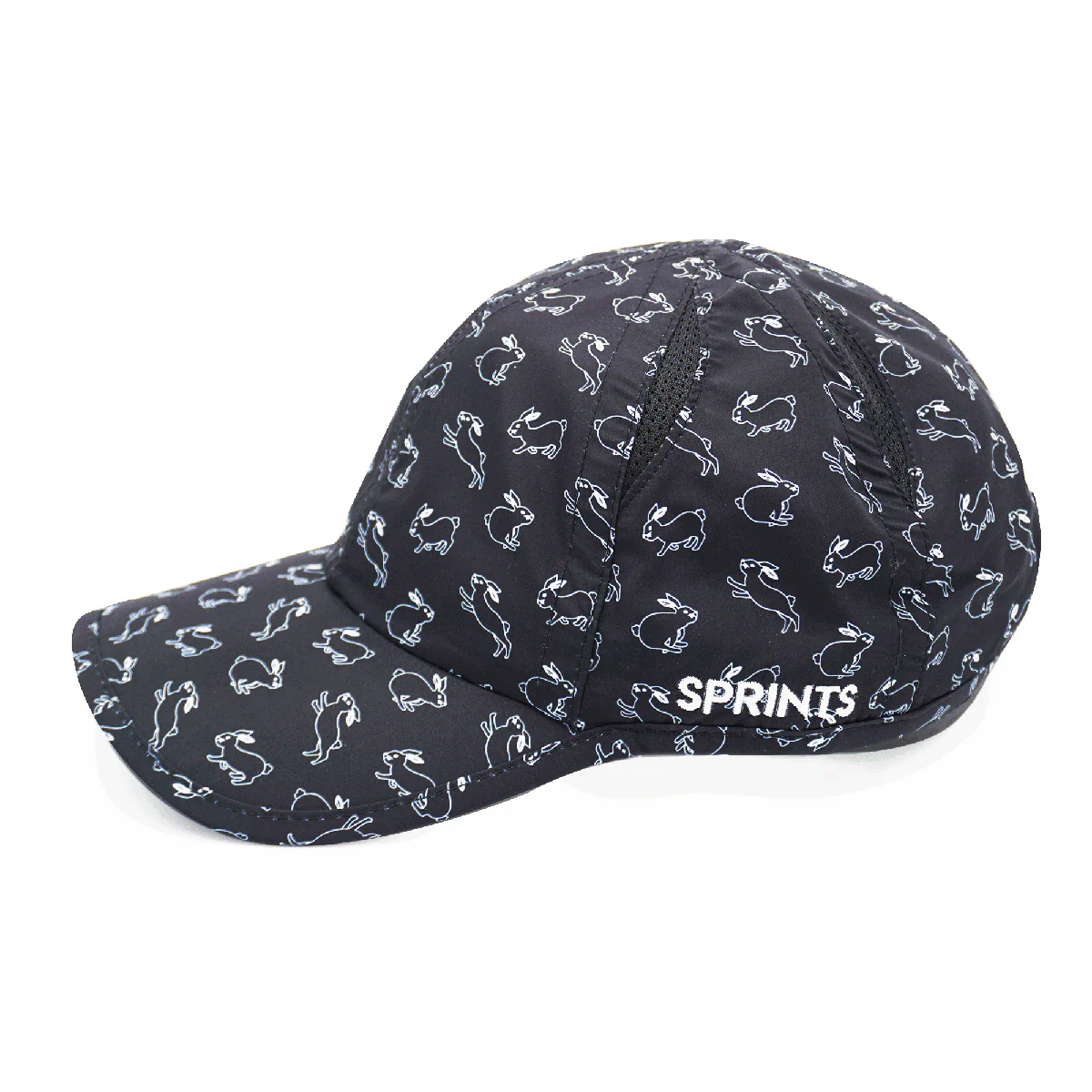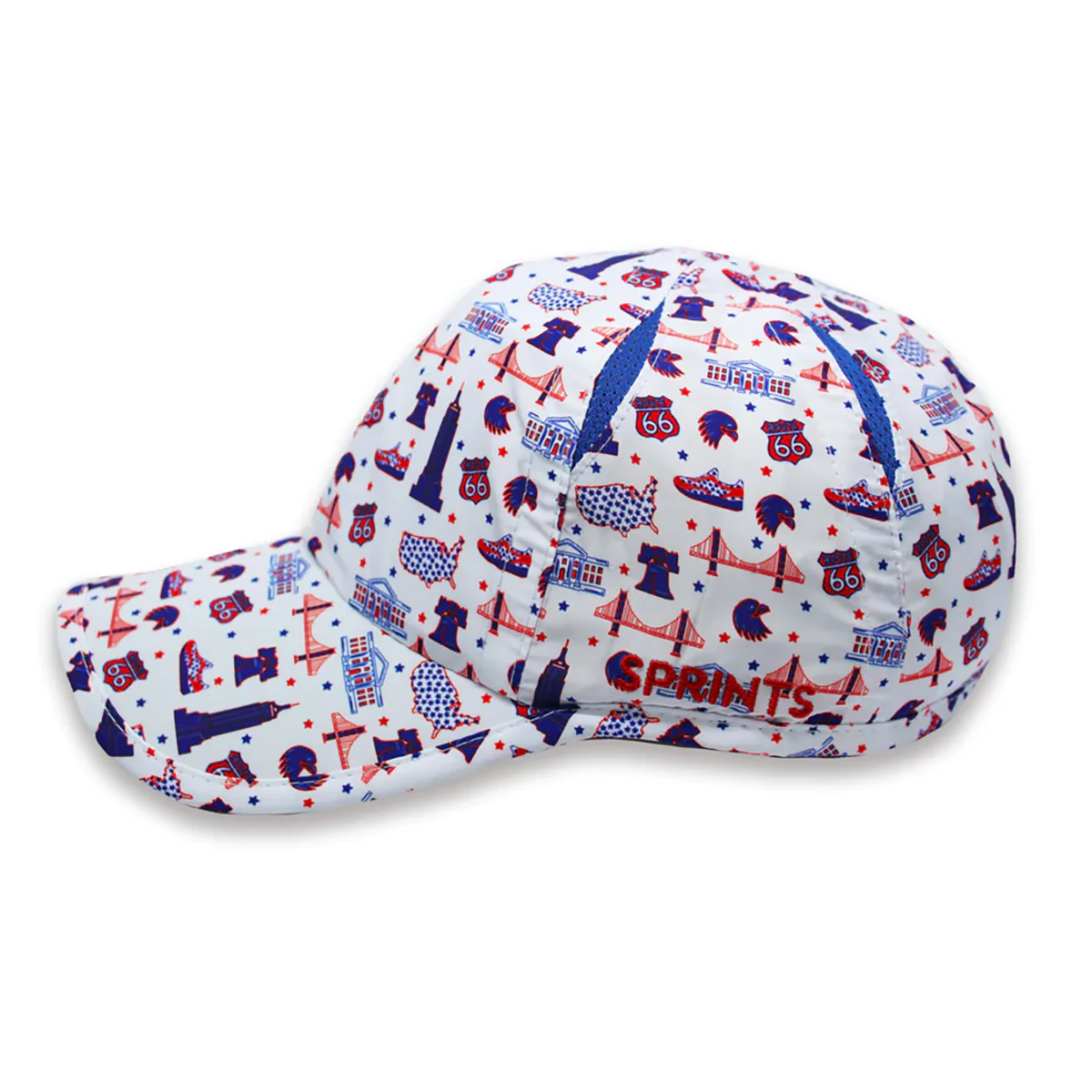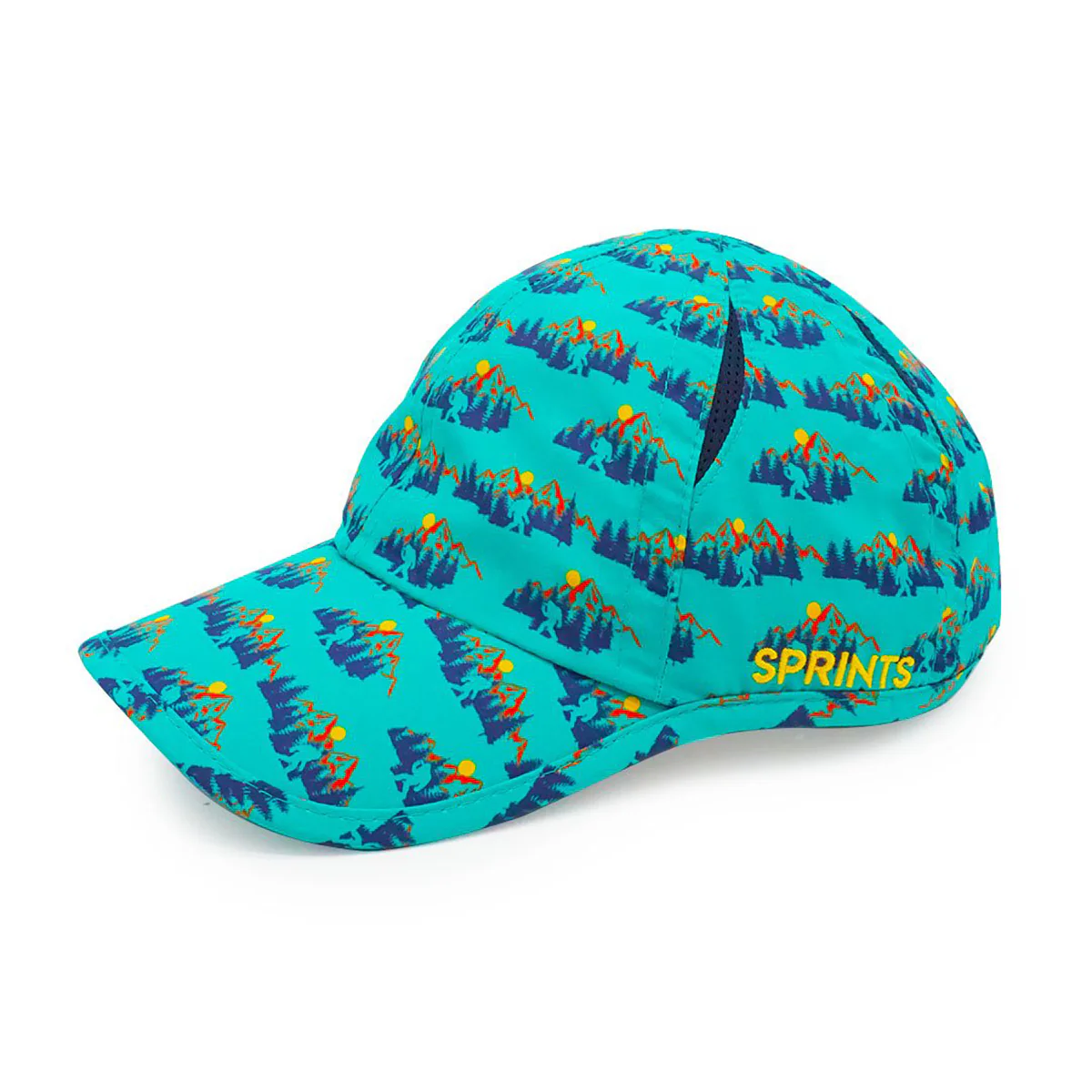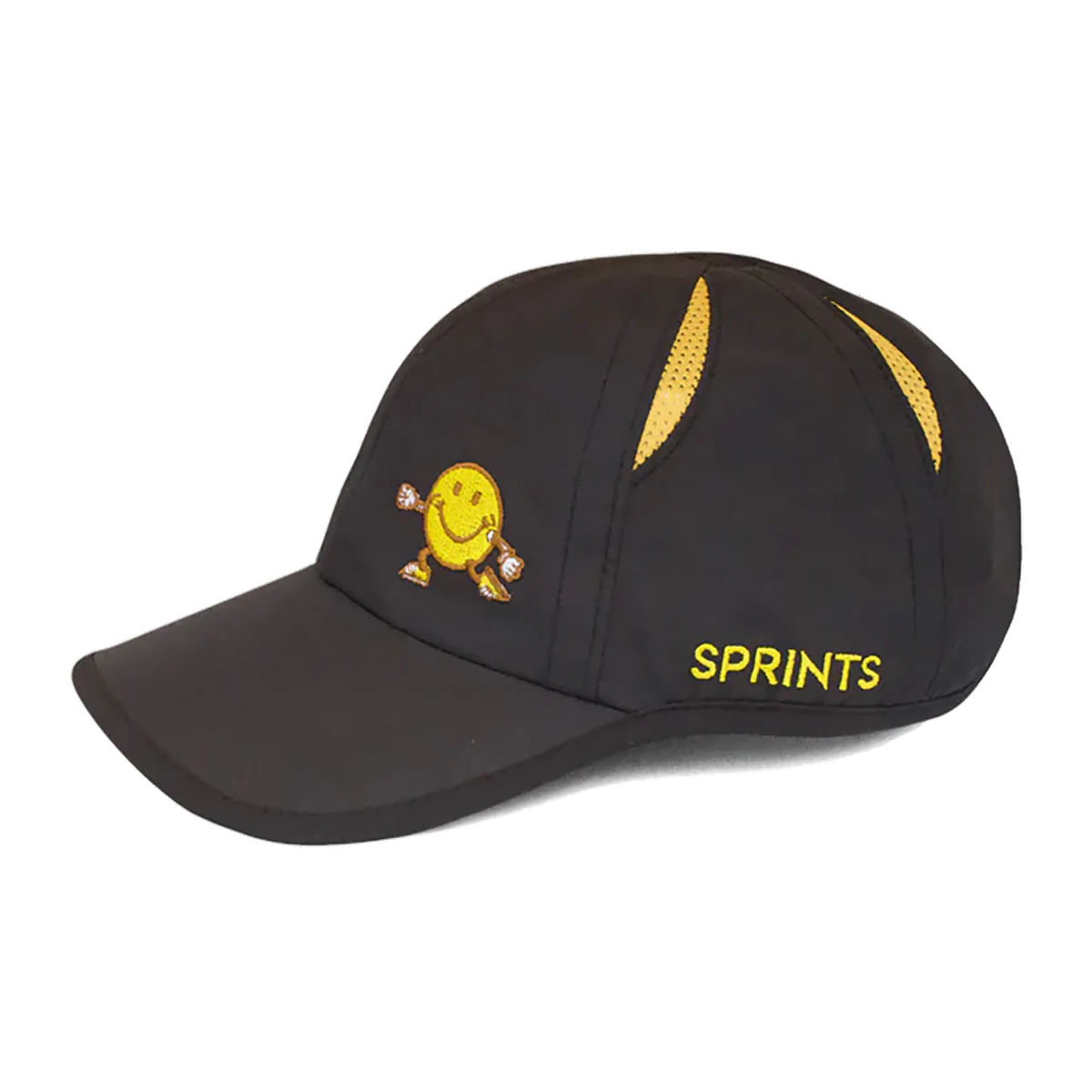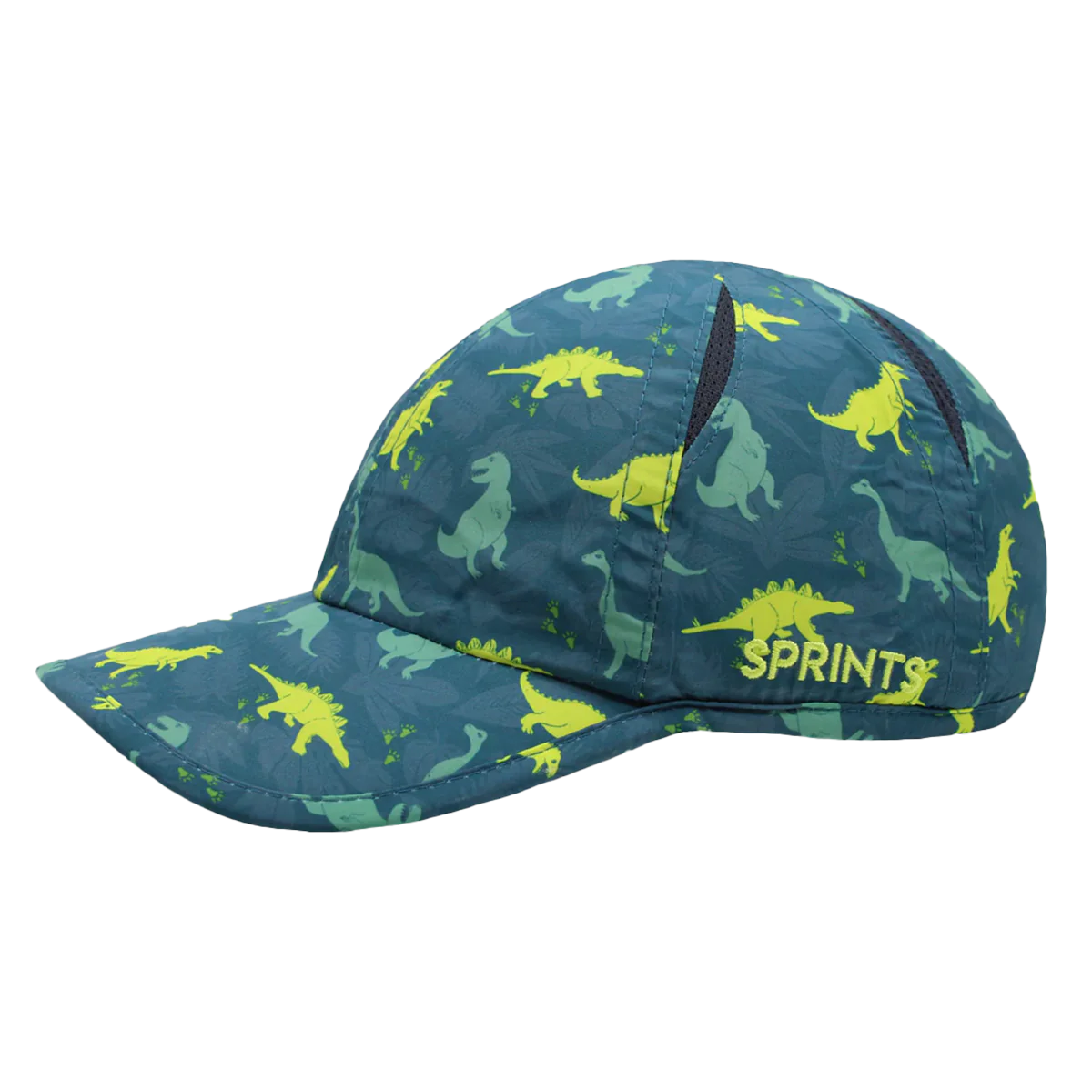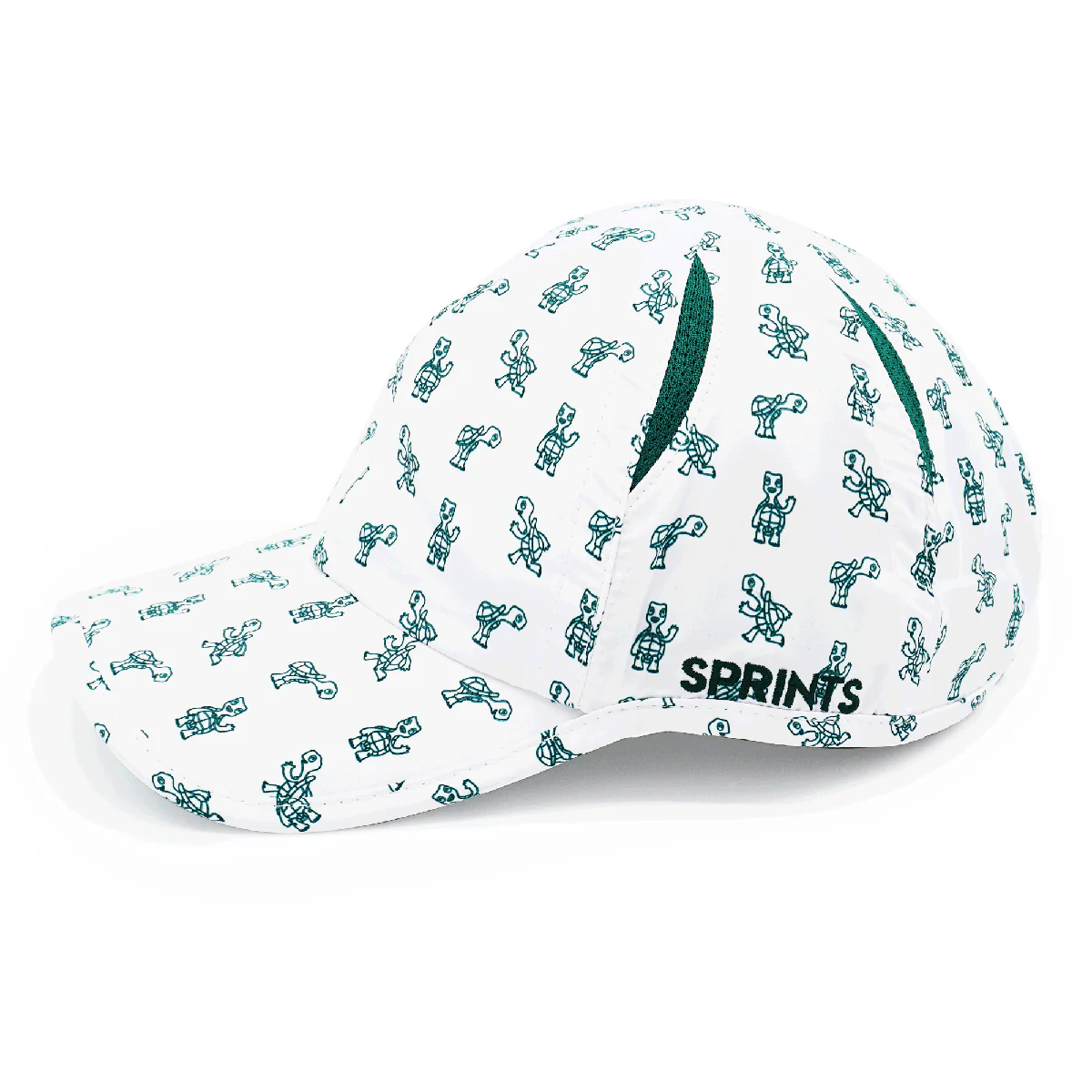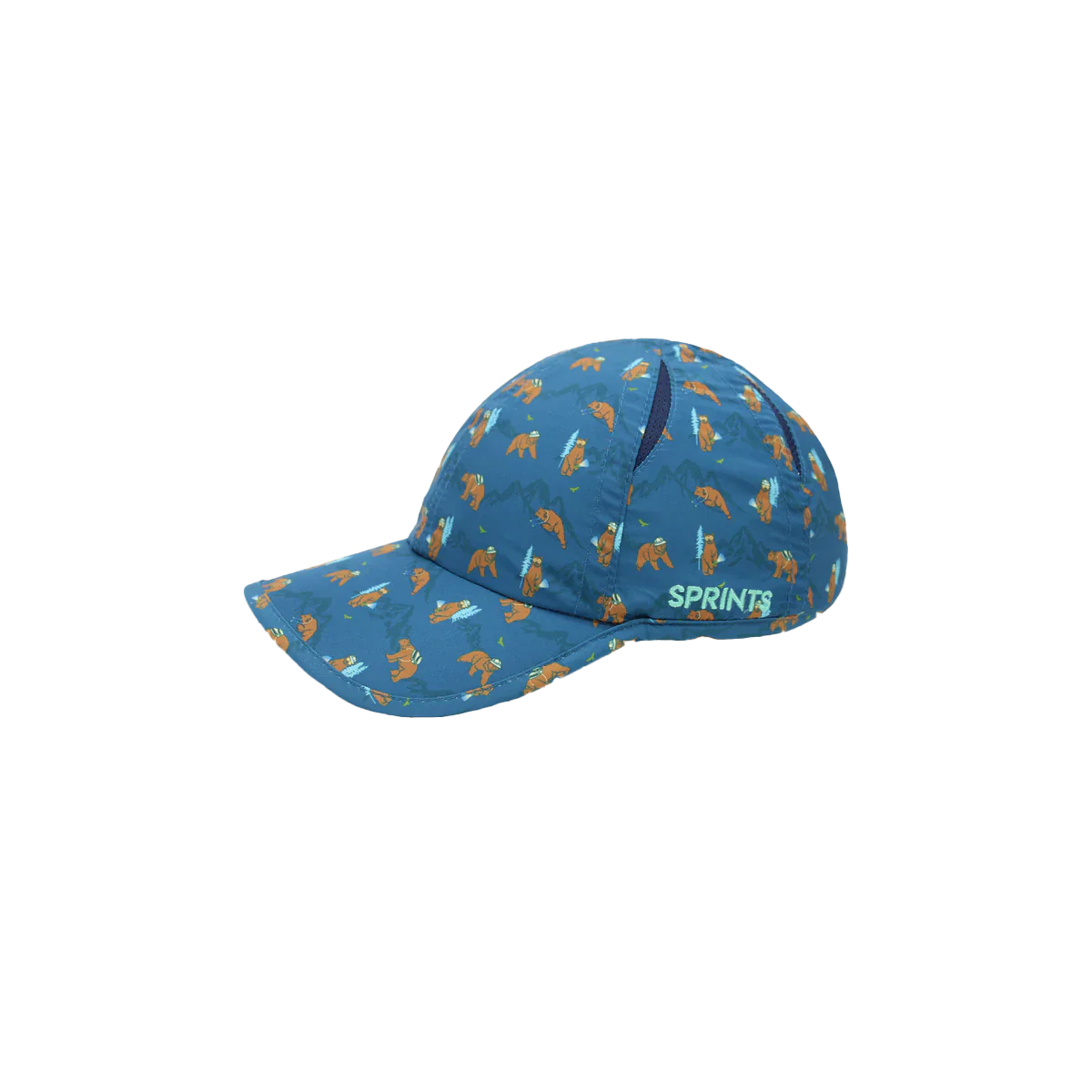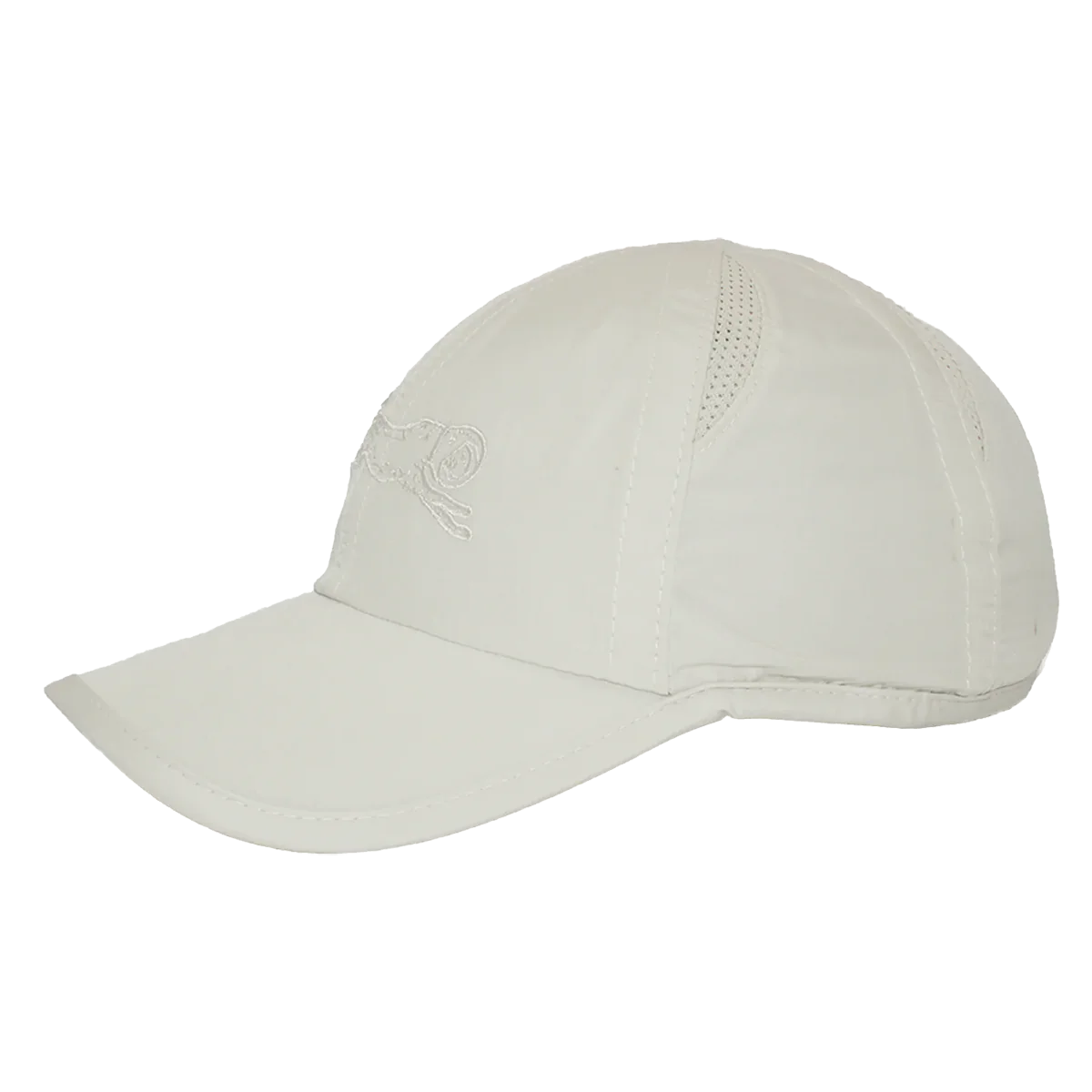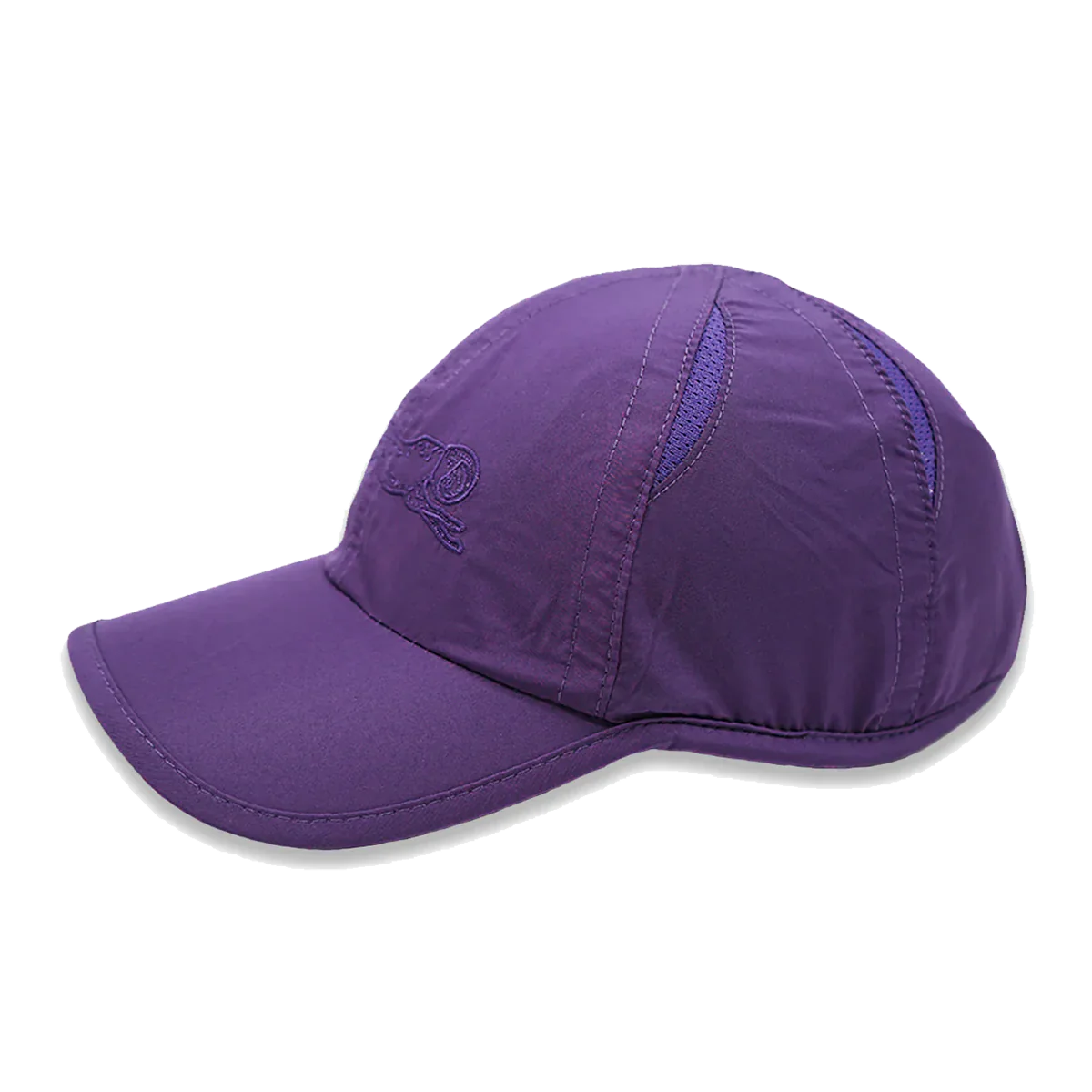Are you tired of pounding the pavement and feeling the strain of sidewalk running? It might be time to trade in your urban surroundings for a more serene running environment. Beach running offers a myriad of benefits that not only elevate your fitness routine but also provide a refreshing change of scenery. Ditch your typical running path and take a new, soothing route.
BENEFITS OF BEACH RUNNING
Envision this: you set out on your run, inhale the fresh salt air, listen to the harmonious sound of the crashing waves, and enjoy a soft, pain-free run alongside the ocean. Beach running offers runners, beginner or avid, a fresh alternative and a new challenge with ample benefits. Let’s explore the benefits of beach running:
GENTLE ON JOINTS

Many runners typically run on concrete sidewalks or asphalt, both of which can cause shin splints and stress fractures. Unlike unforgiving concrete sidewalks, the soft, sandy surface of the beach absorbs impact, reducing stress on your joints. Shifting to a beach run will reduce the impact of your run on your joints and is a particularly good option for runners prone to knee or ankle discomfort. Experience soft landings and put less pressure on your body with a relaxing beach run sprinkled into your routine.
NATURAL RESISTANCE TRAINING

The uneven terrain of the beach adds an element of resistance to your run. Training on an uneven surface like sand engages and strengthens different muscle groups, as your feet and ankles are working extra hard to stabilize your body. The added resistance of a beach run leads your body to work harder during the exercise and, thus, burn more calories. This unstable surface enhances your strength, challenges your core, and increases your calorie burn. A beach run is effectively a full-body exercise due to the built-in resistance component.
MINDFUL RUNNING EXPERIENCE

Are you struggling to hold yourself accountable to running regularly? Changing your running route can revitalize your outlook on running. Beach running is not only good for you physically, but it’s also great for you mentally. You may calm your mind with the serene sound of the crashing waves and the expansive, peaceful view of the ocean. Immersing yourself in nature on your run is a grounding experience, promoting a mindful and stress-relieving workout that goes beyond physical benefits.
HOW TO APPROACH BEACH RUNNING
Getting the most out of your beach run involves a thoughtful approach to the unique conditions of the shoreline. Here are some tips curated by our Fit Experts to ensure a safe and effective beach running experience:
CHOOSE THE RIGHT FOOTWEAR

Choosing the appropriate footwear is essential to a successful beach run. Although some may elect to run barefoot on the beach, it’s best practice to wear running shoes to avoid injury and unsanitary conditions. Opt for lightweight running shoes with good traction. Shoes designed for trails or beach running provide the necessary support for uneven surfaces while keeping your feet comfortable. Here are some of our recommendations:
HOKA KAWANA

Reminiscent of the waves its named after, the Hoka Kawana is designed to offer an equilibrium of softness and agility. Experience a balanced stride on your beach run with the Hoka Kawana.
BROOKS ADRENALINE GTS 23

The Adrenaline GTS 23 provides intuitive support thanks to GuideRails® technology to guide your stride on the cushiony sand.
NIKE AIR ZOOM PEGASUS 40

The Pegasus 40 has neutral support to give you all around balance. This shoe is good for long or short runs, providing a smooth transition from heel to toe, perfect for your beach run.
MIND THE TIDE

Be aware of the tide schedule, especially if you’re running close to the water. Running on wet sand can be more challenging, so plan your route accordingly to avoid unexpectedly soggy conditions. Also be sure to vary your running terrain by alternating between wet and dry sand. Dry sand offers more resistance, providing an extra workout for your muscles, while wet sand provides a firmer surface.
APPLY SUN PROTECTION AND STAY HYDRATED

If you’re running during sunny hours, protect your skin with sunscreen, sunglasses, and a hat. The beach can amplify the sun’s effects, and staying sun-safe is crucial for your overall health. With that being said, it is also extremely important to stay hydrated. Running on the beach, especially in warmer weather, can lead to increased dehydration. Bring water with you and stay adequately hydrated to support your performance and well-being.
LISTEN TO YOUR BODY

As with any form of exercise, pay attention to how your body responds. Beach running is an extremely challenging exercise due to the increased resistance that the sand offers. The uneven surface of the beach requires adjustments to your running posture as well. Keep your strides shorter and pay attention to your footing to maintain stability and reduce the risk of tripping. If you experience pain or discomfort, consider adjusting your pace or choose a different section of the beach with a more suitable surface.
TAKE ON THE BEACH!

While sidewalk running may bring its share of aches and pains, beach running introduces a refreshing alternative that promotes physical and mental well-being. So, lace up your running shoes, head to the shore, and let the beach become your new favorite running course. Your body and mind will thank you for it.
Visit your local Fit2Run to discover running shoes to enhance your run and take on the beach in style and comfort!













